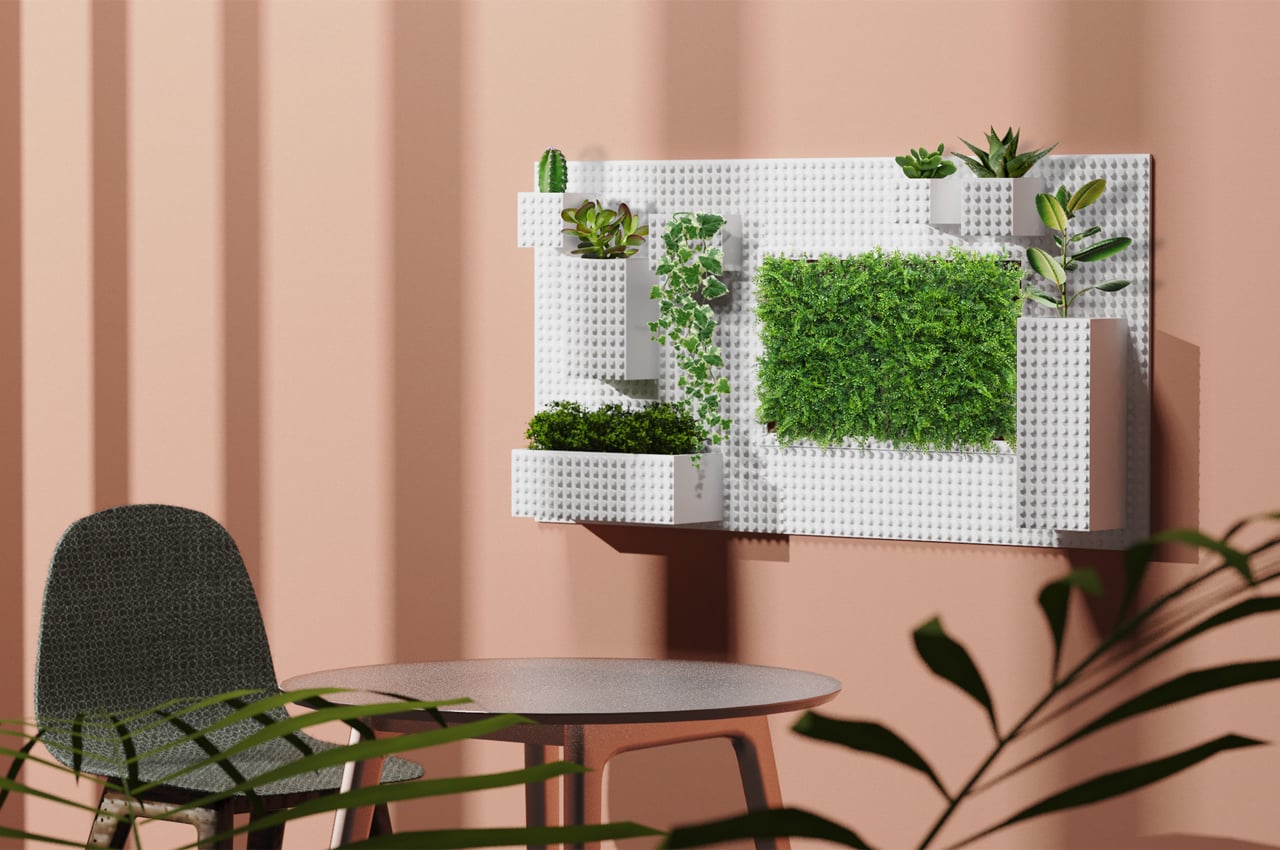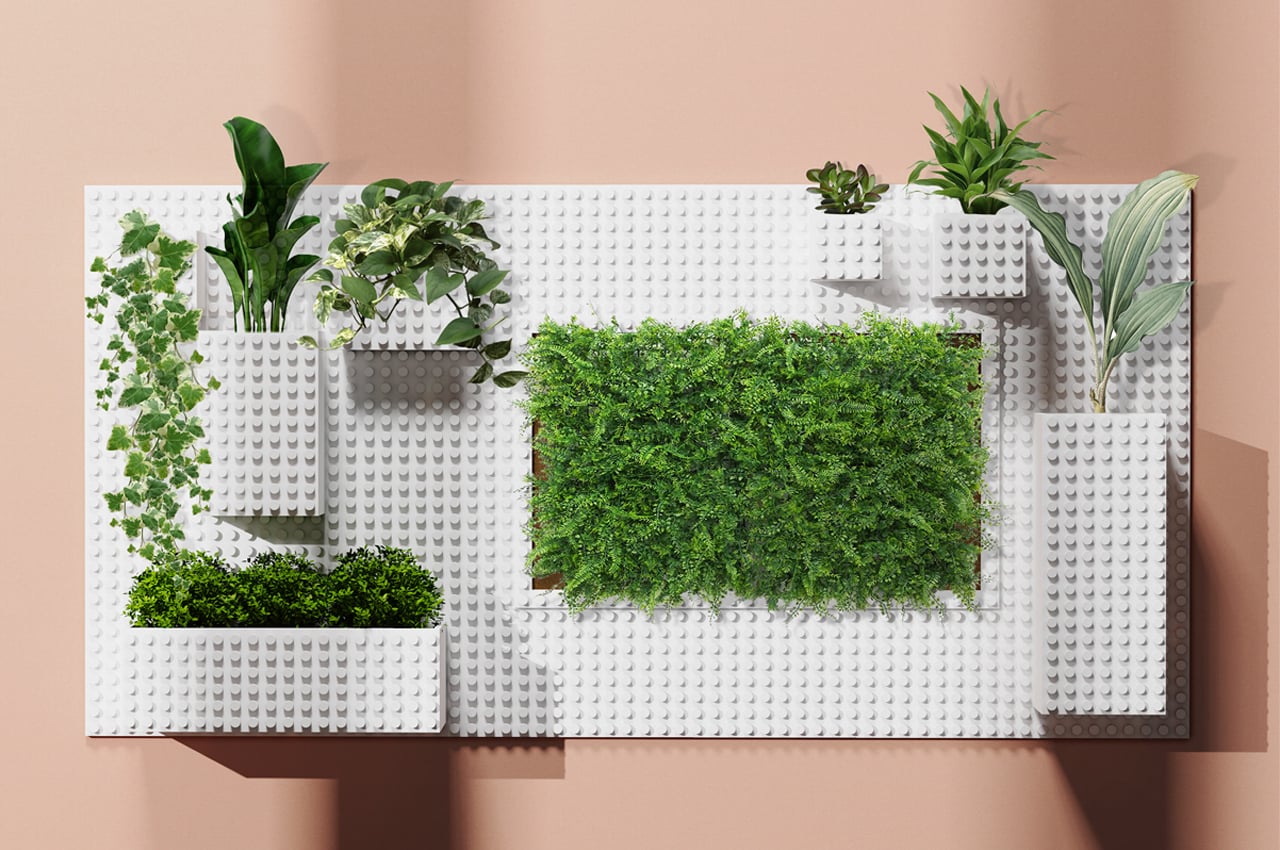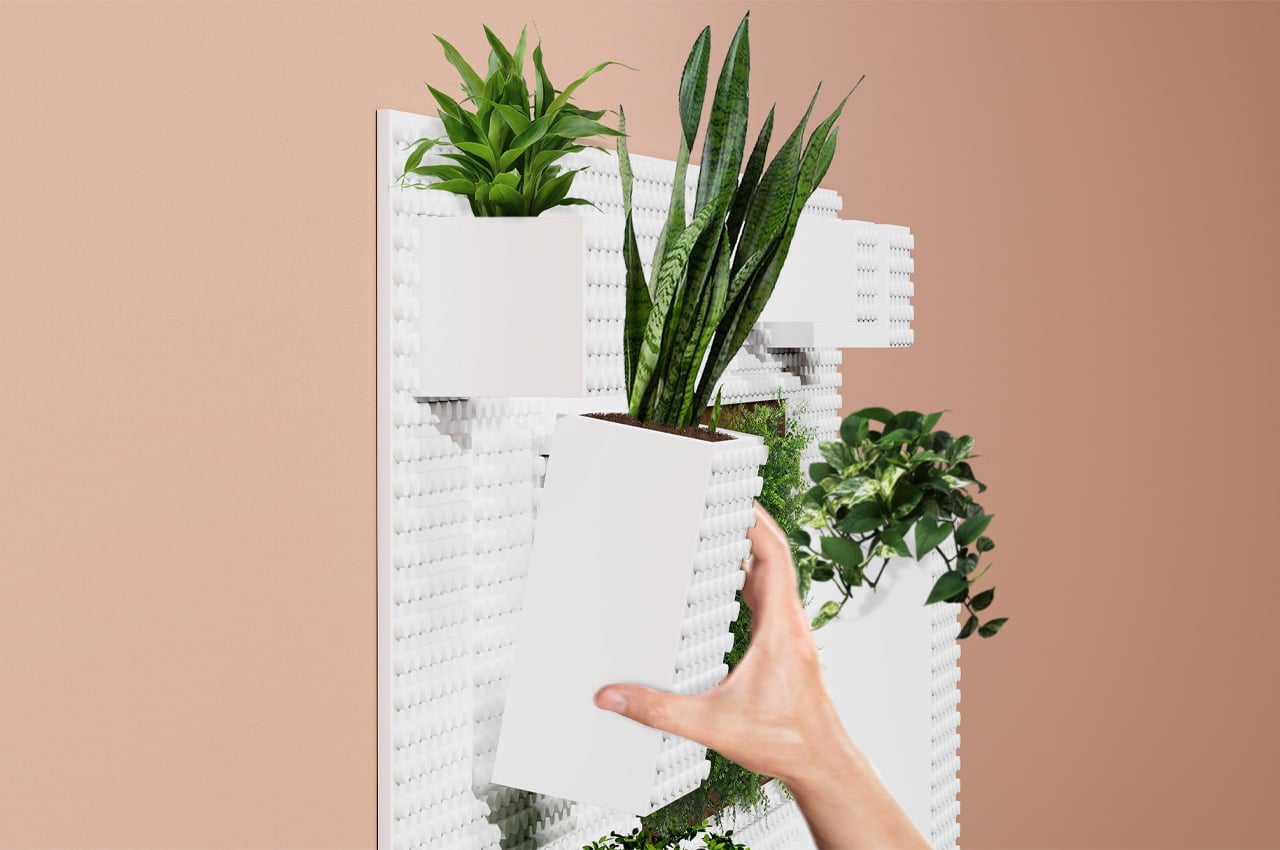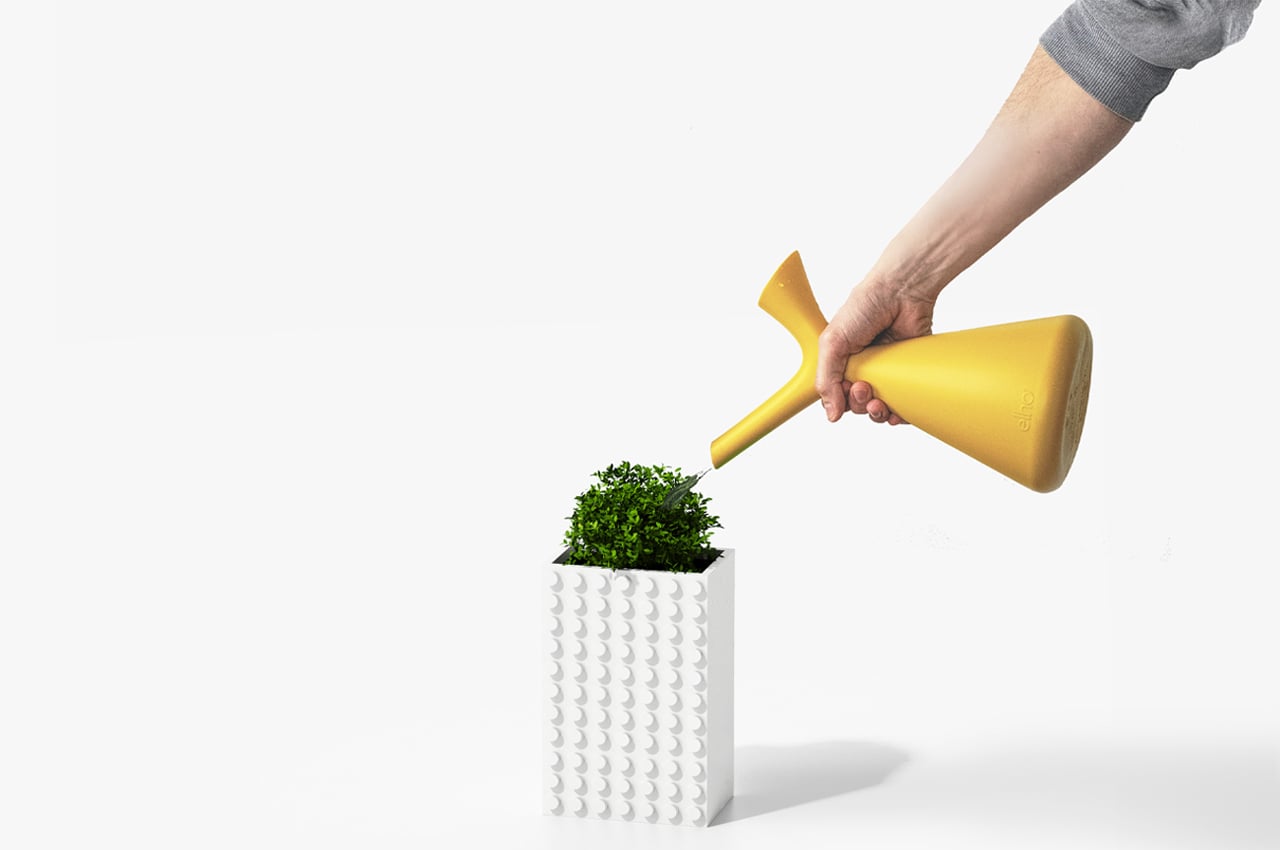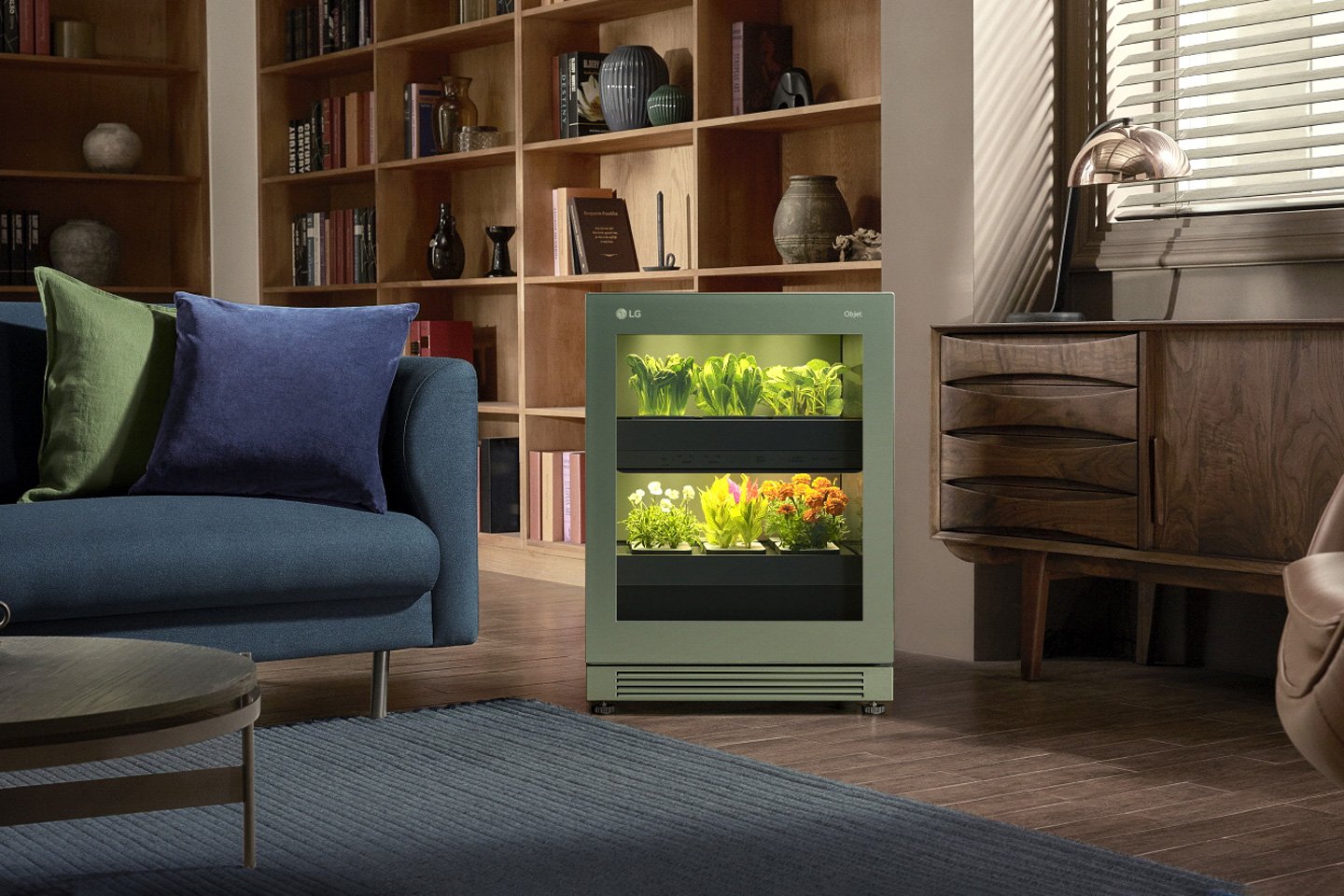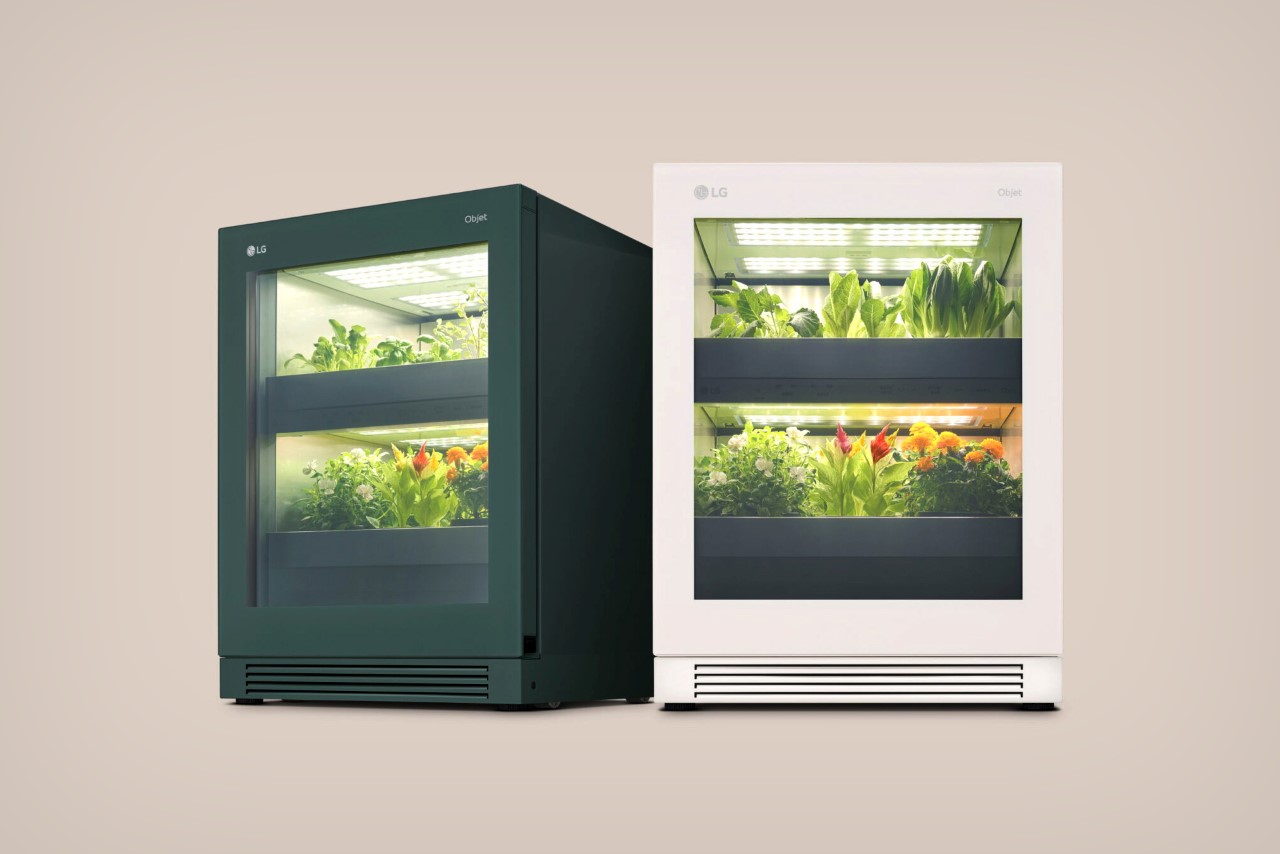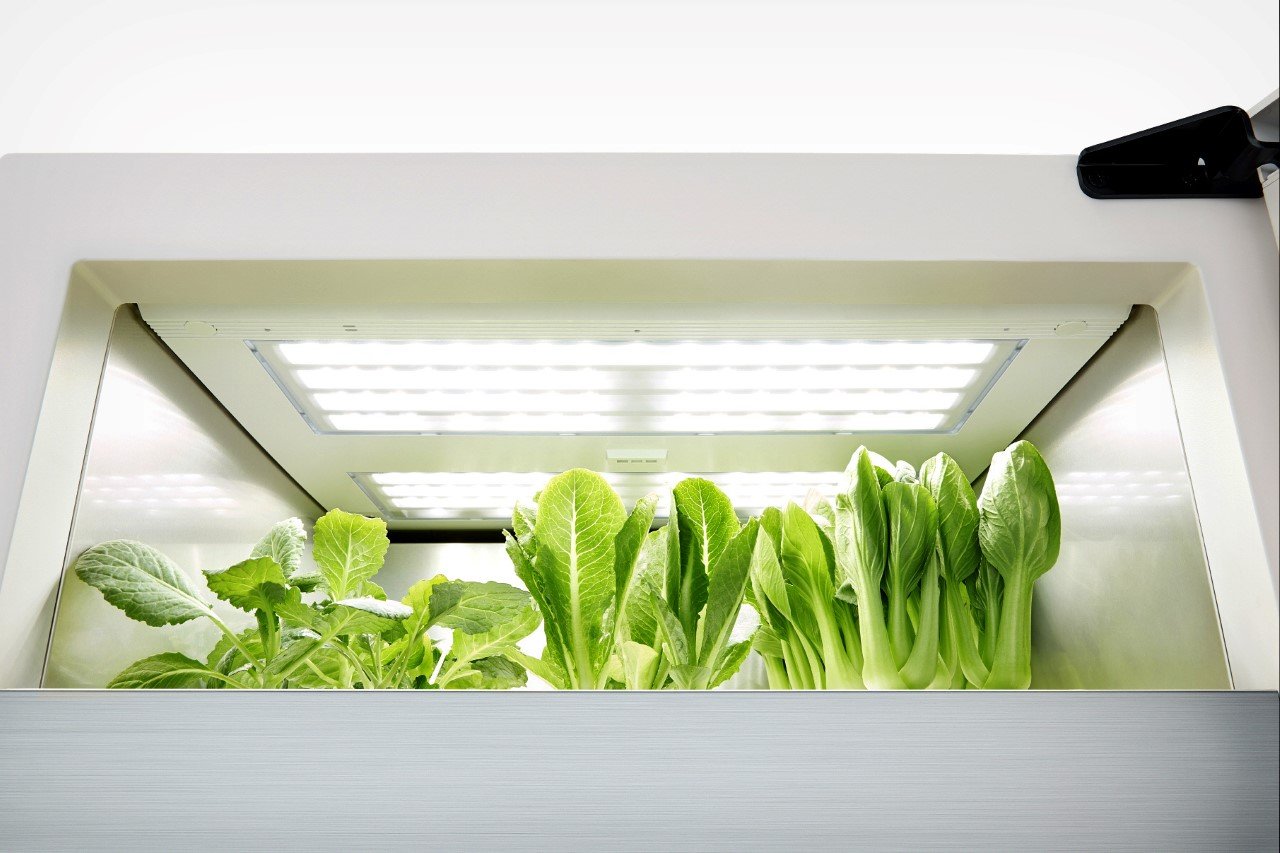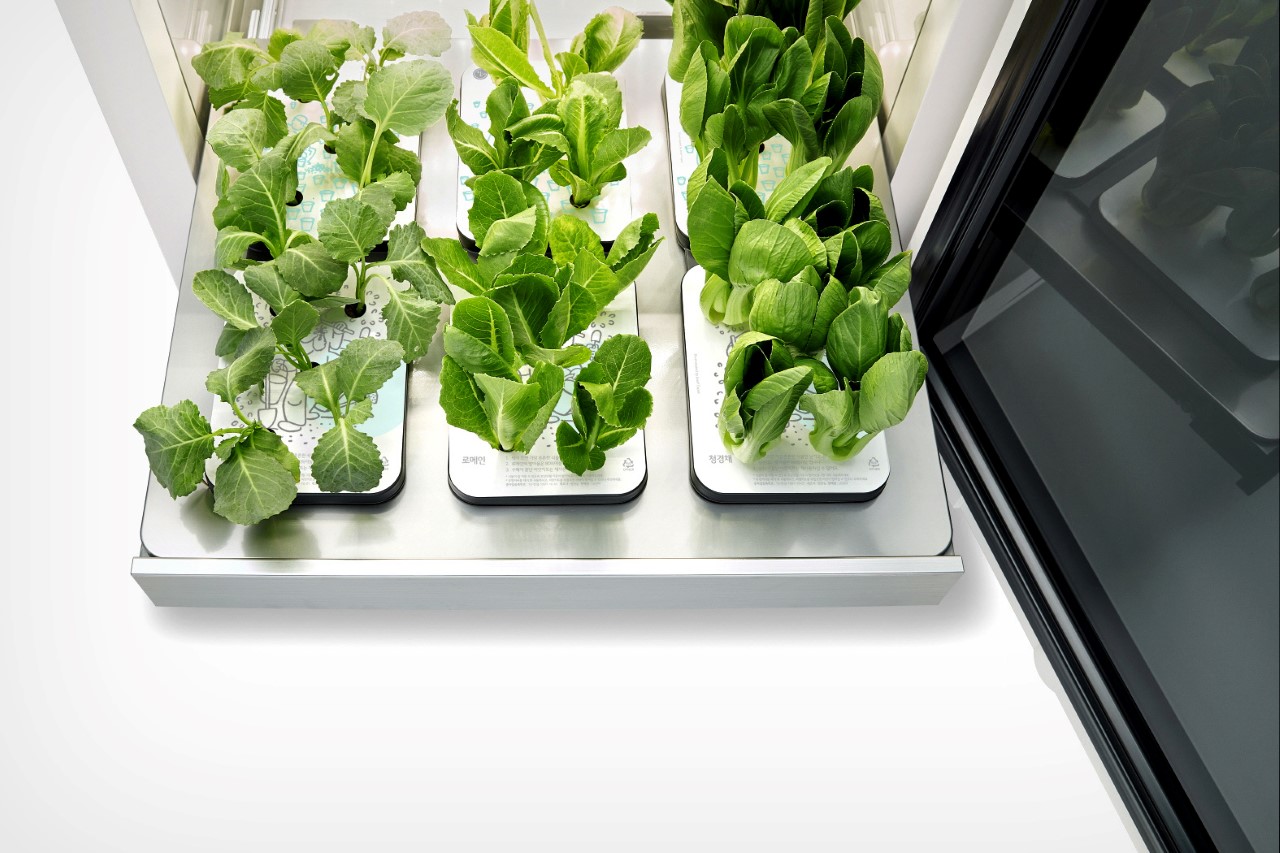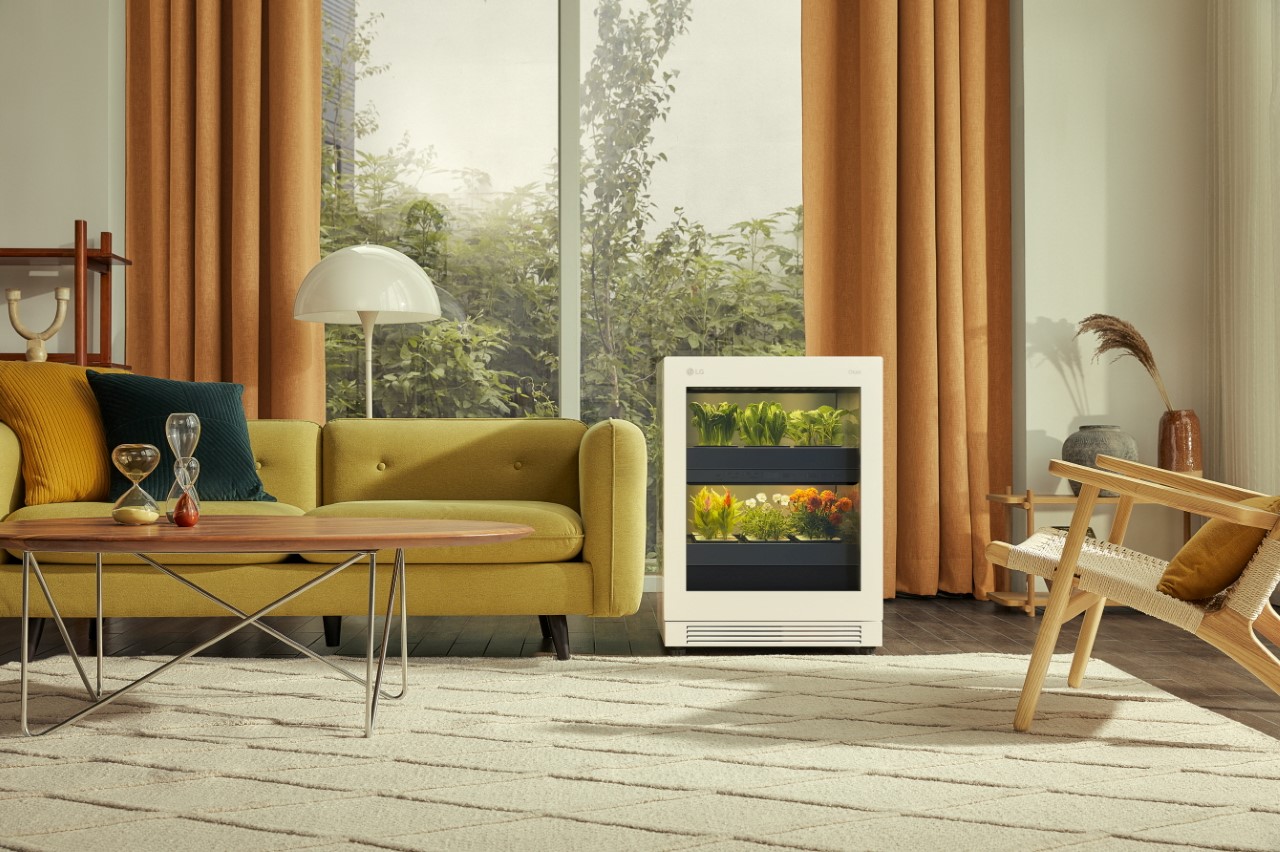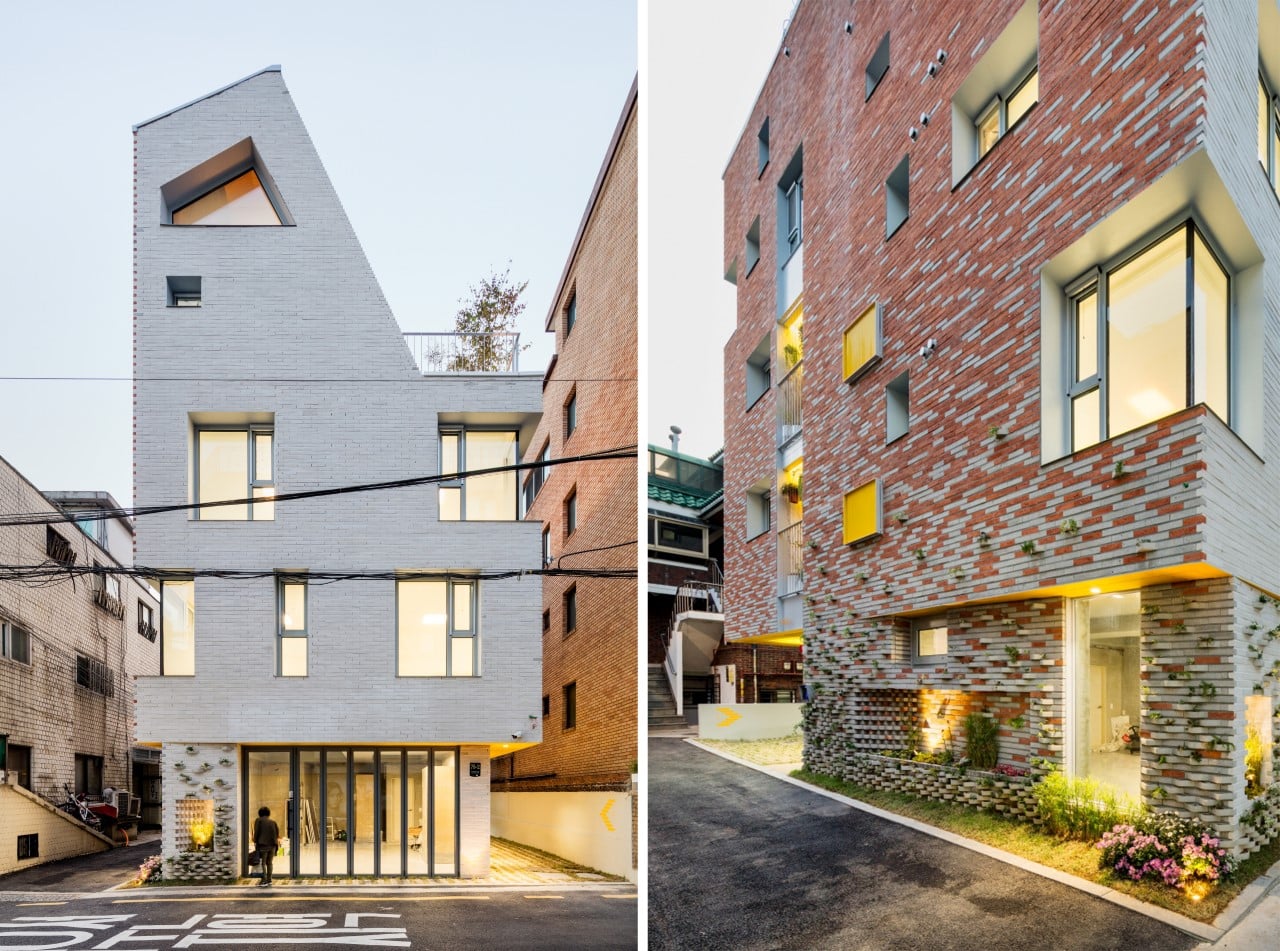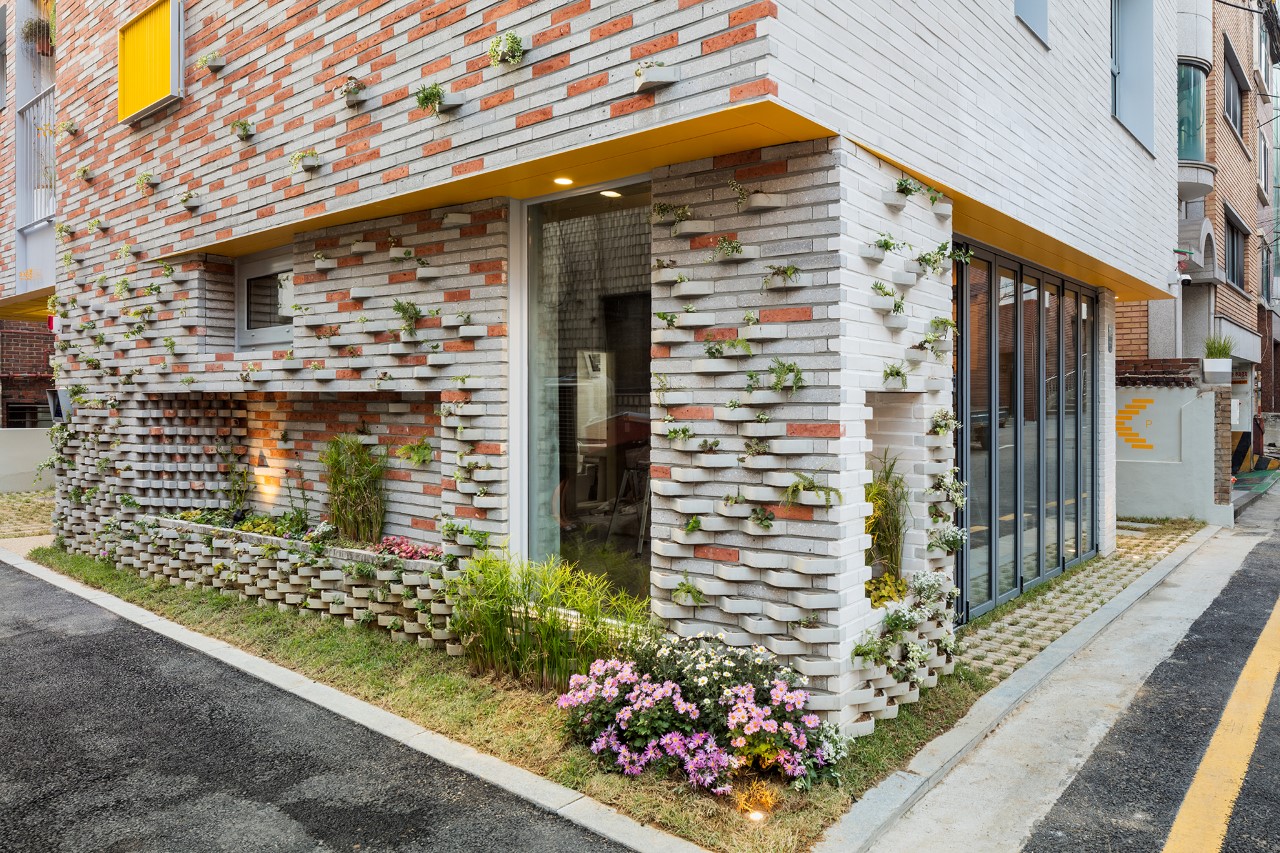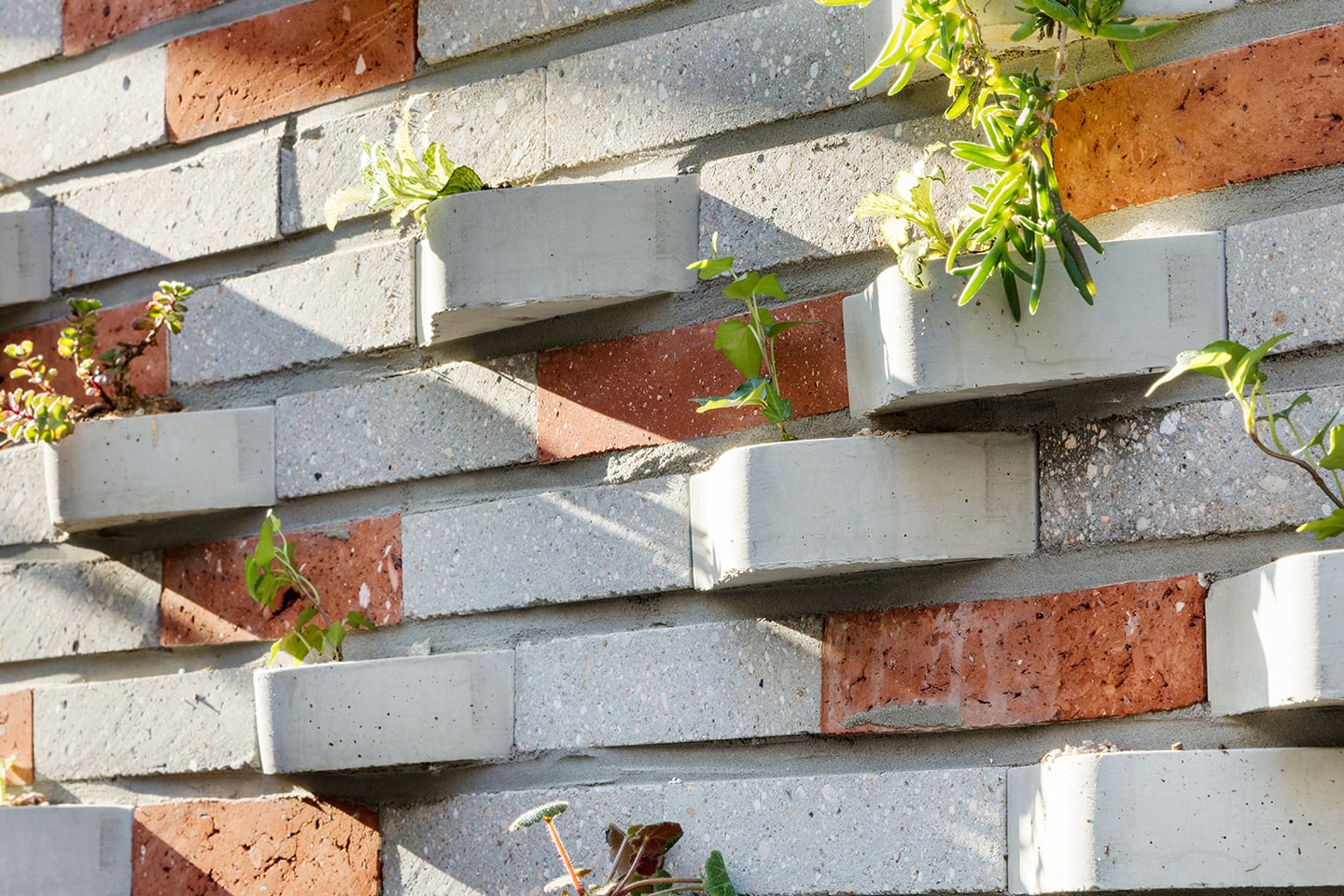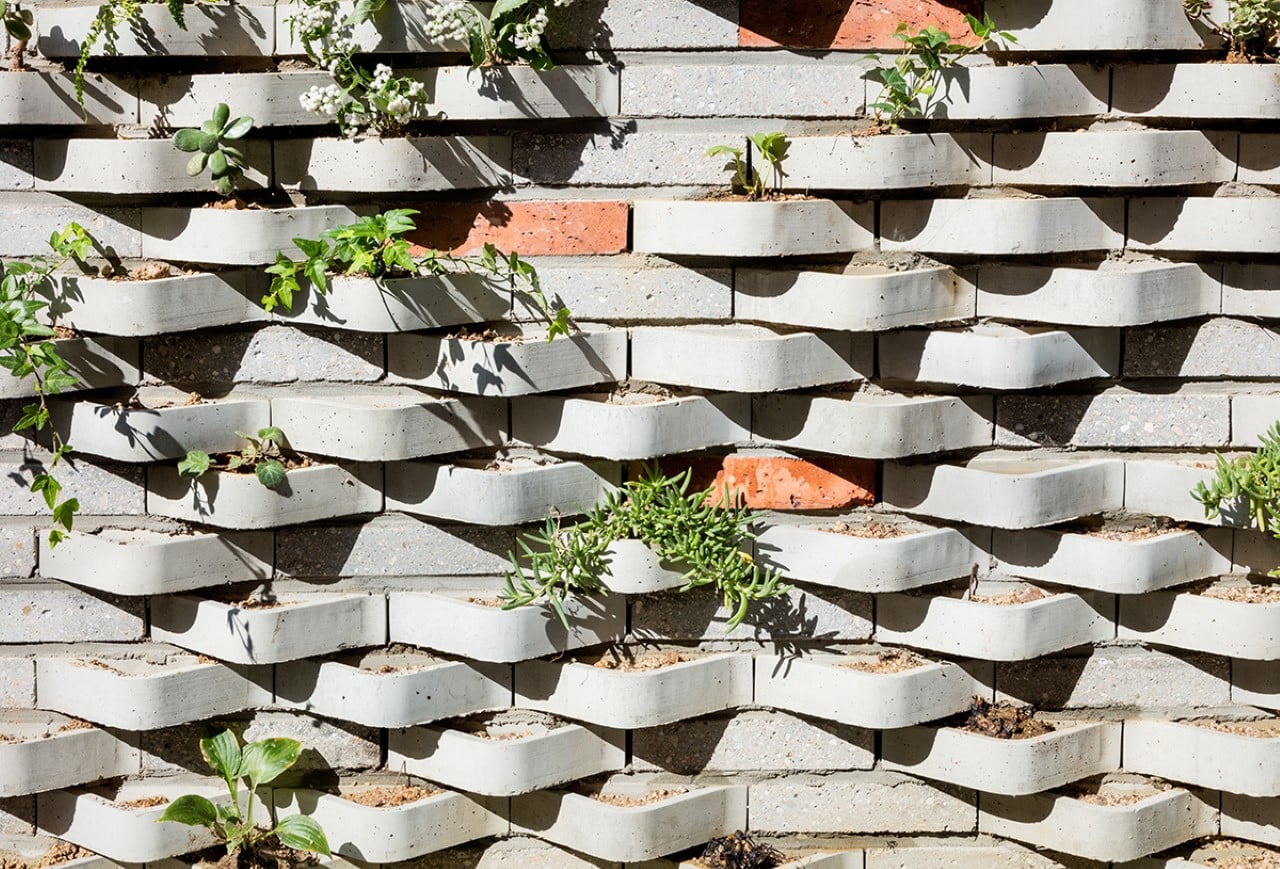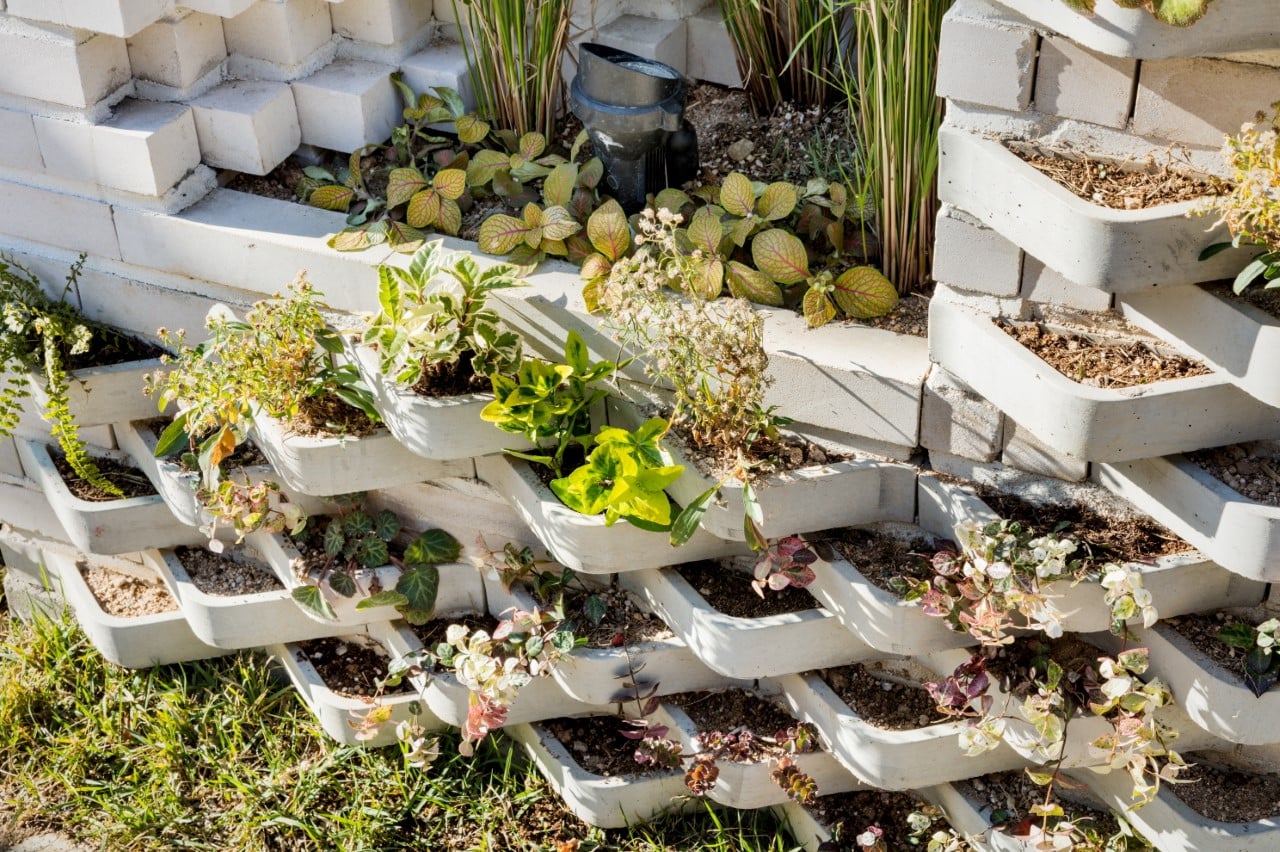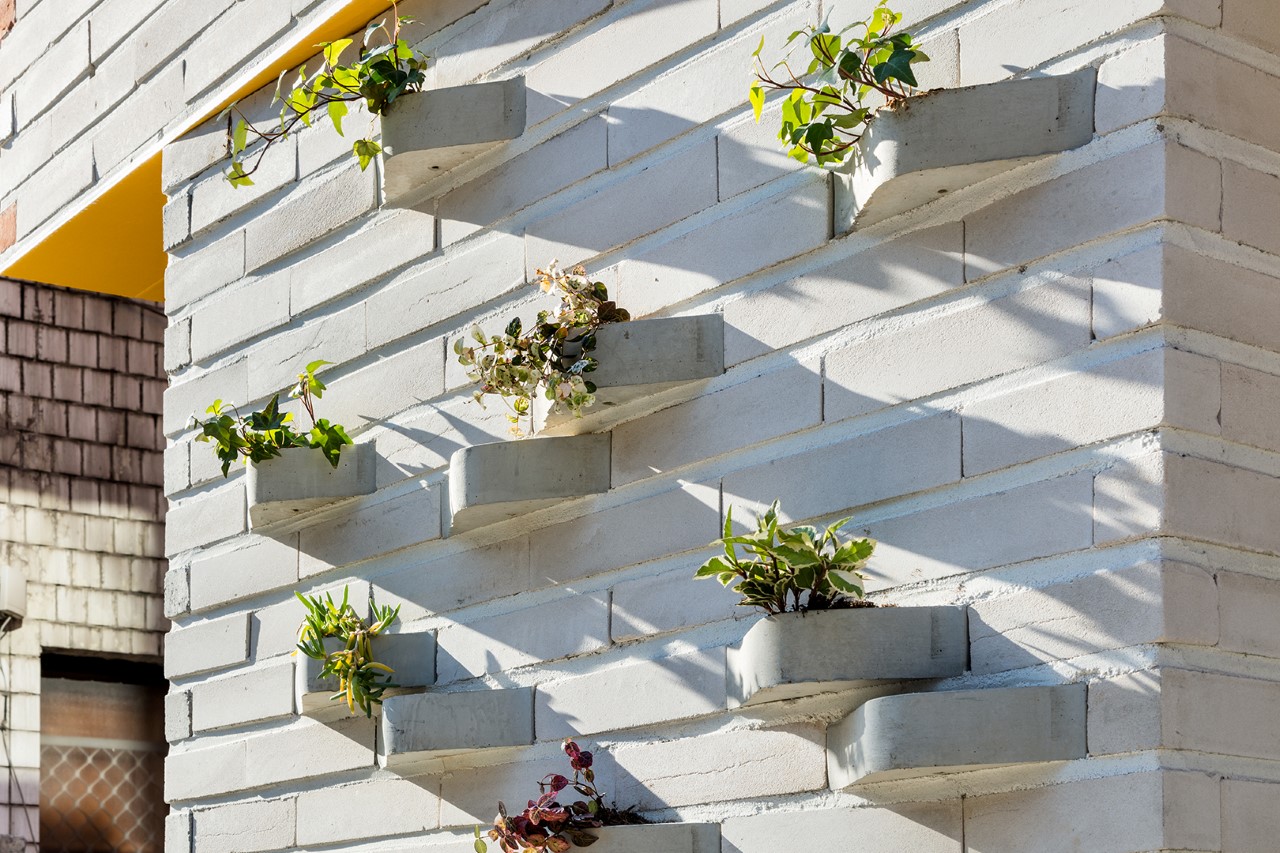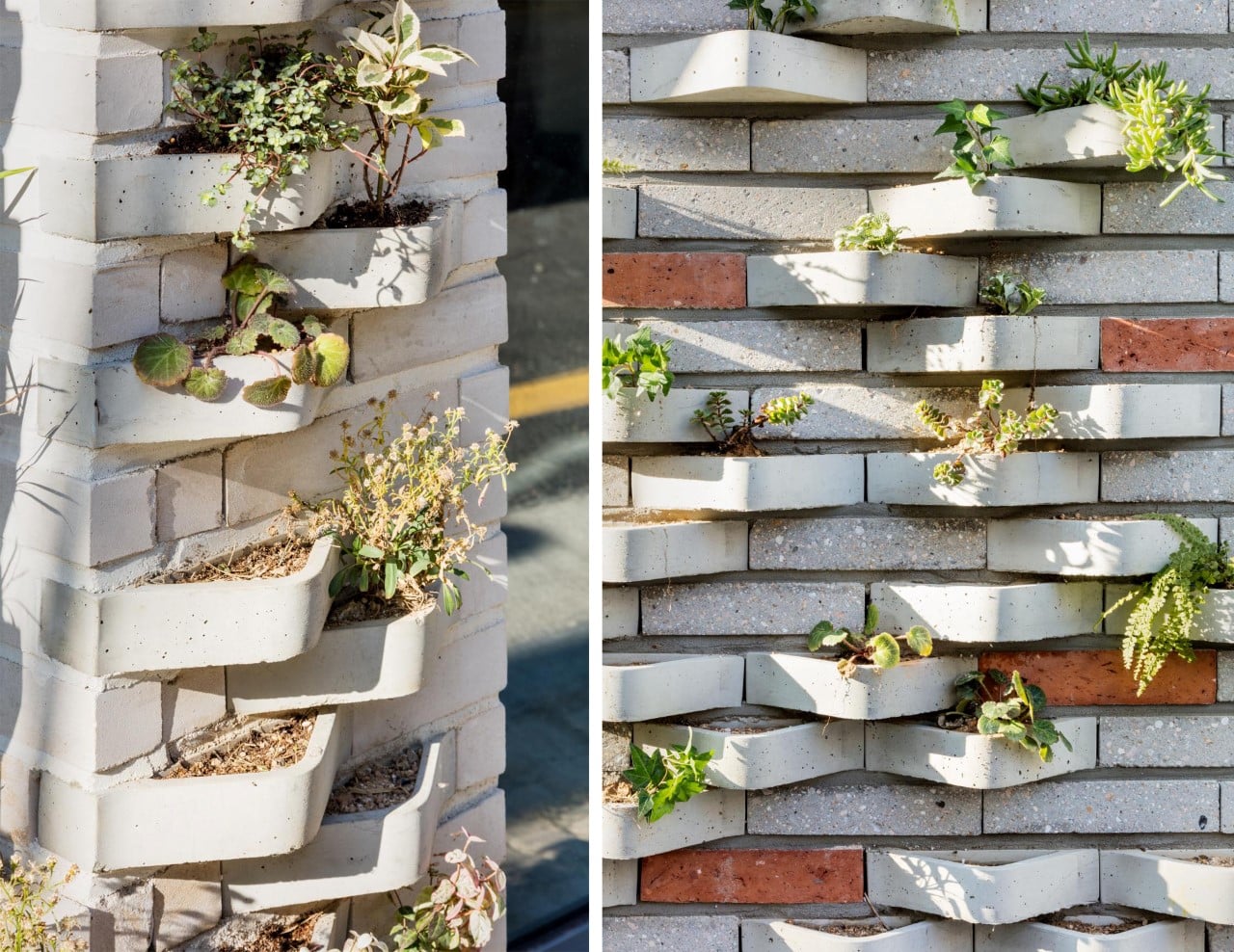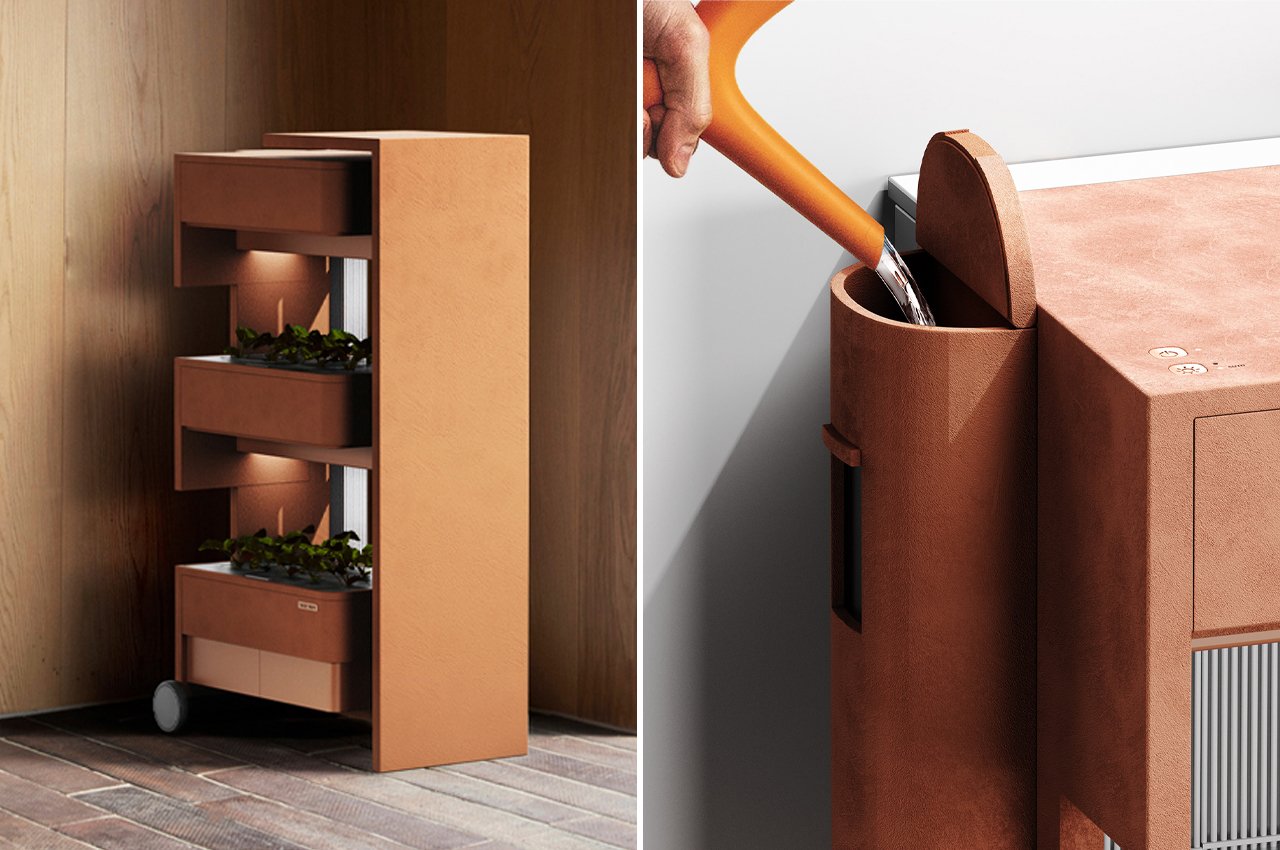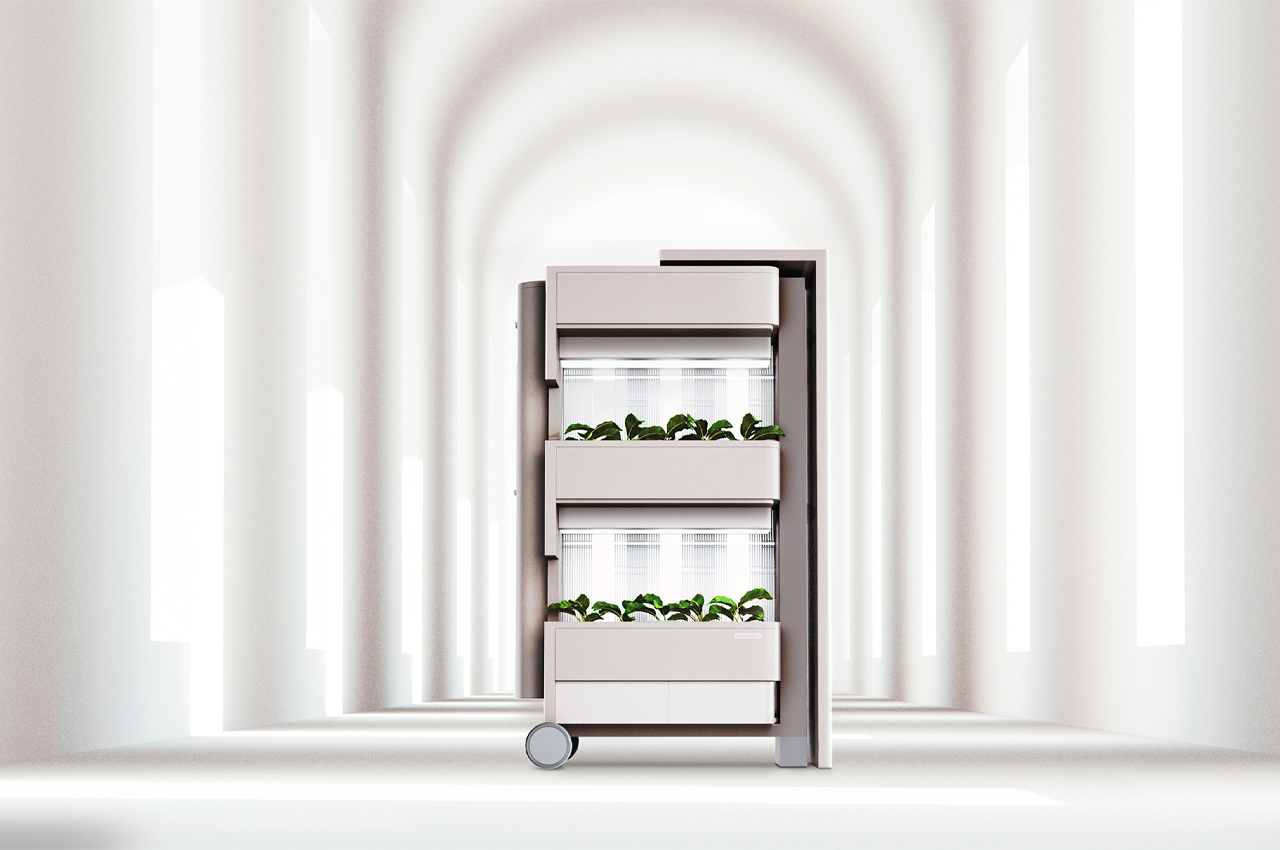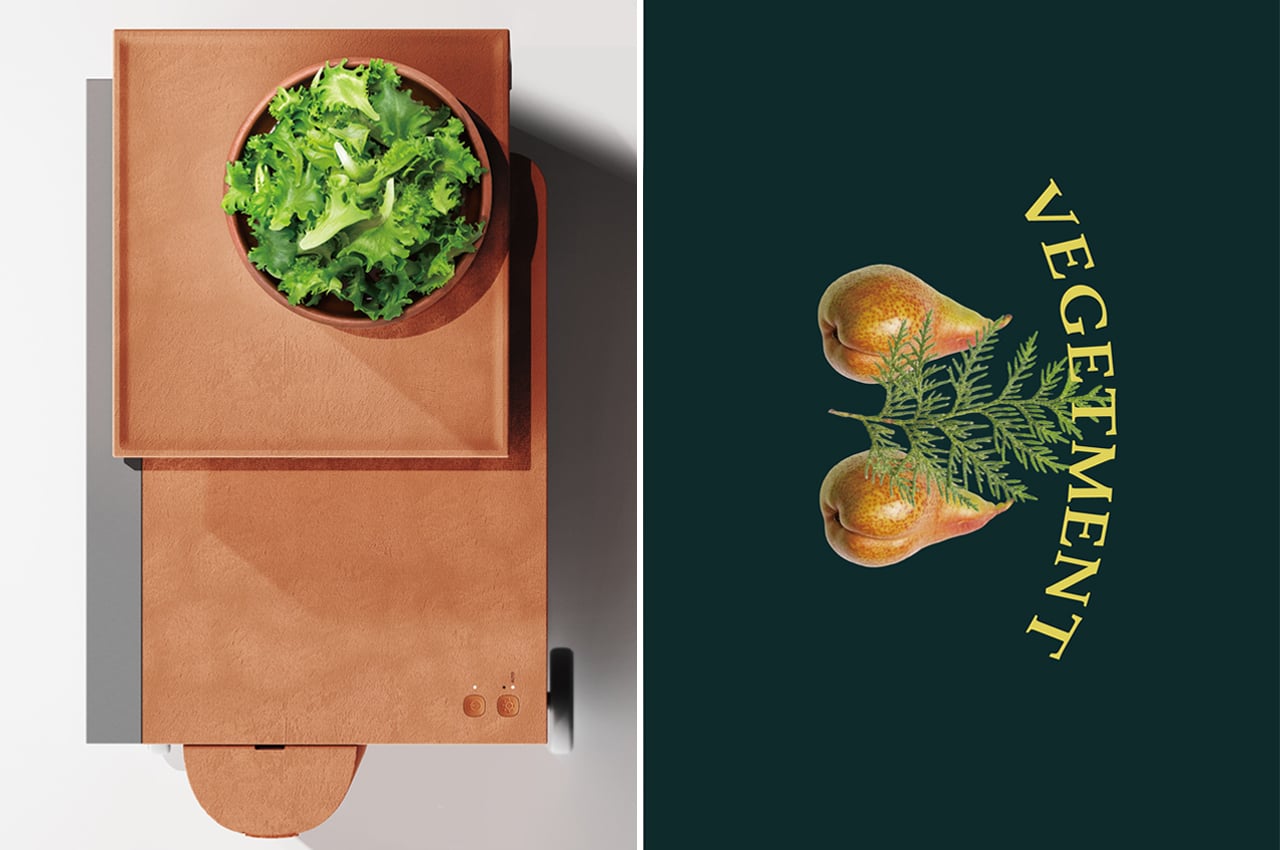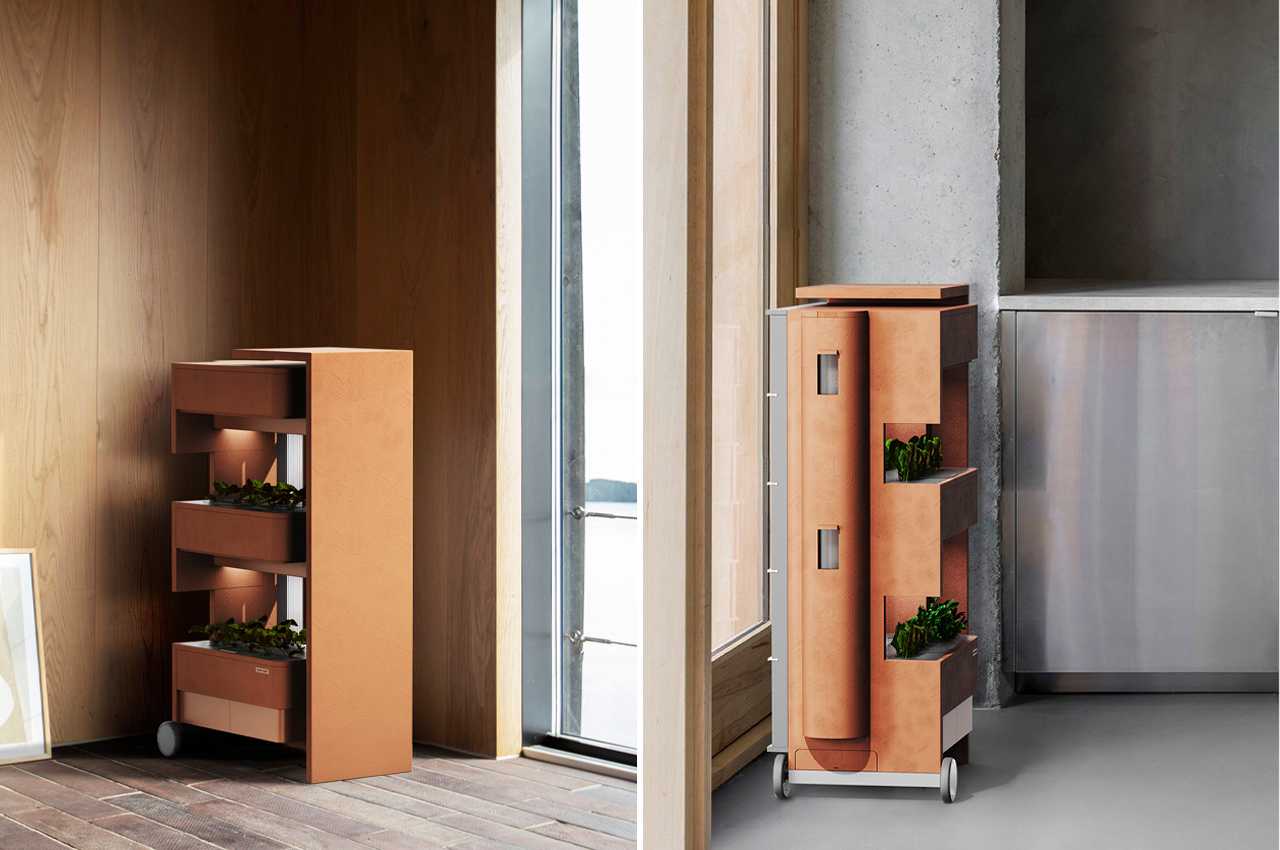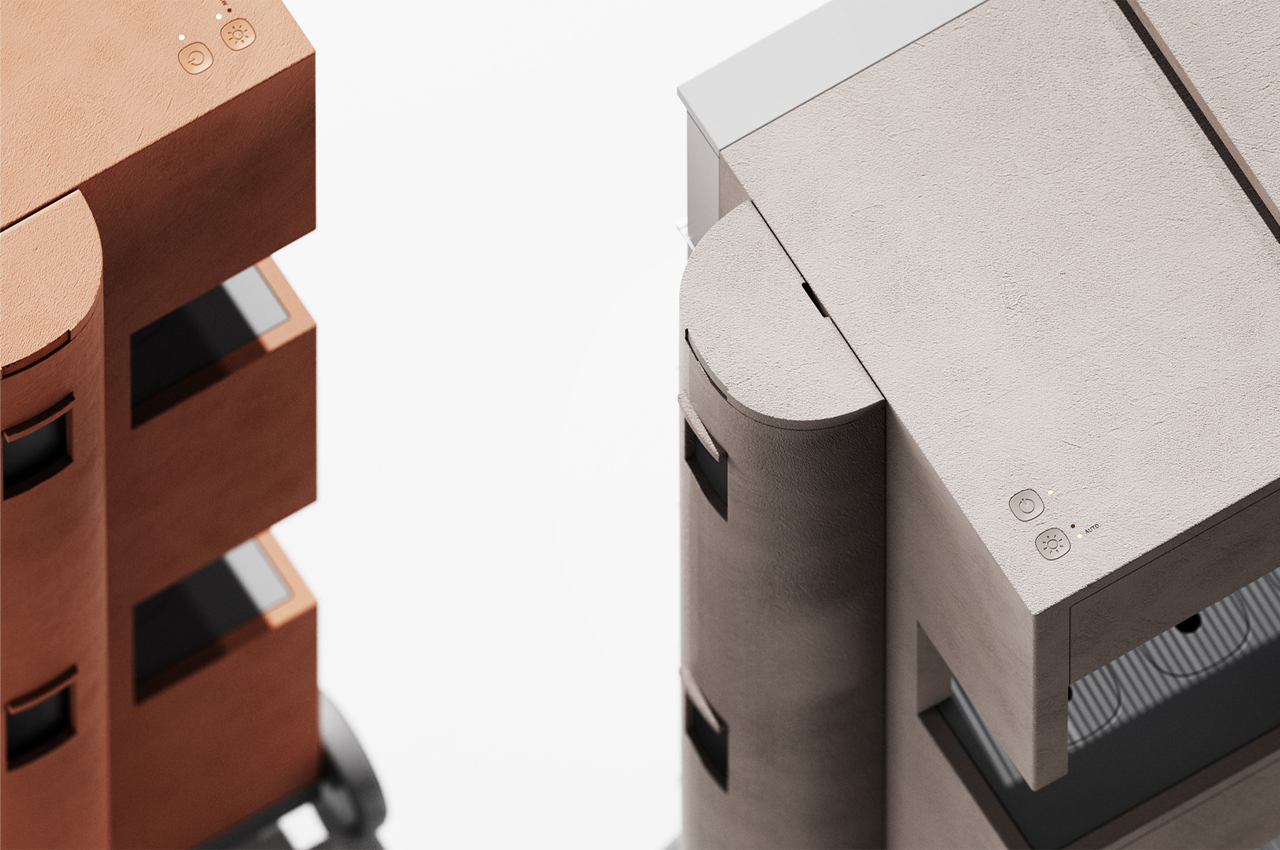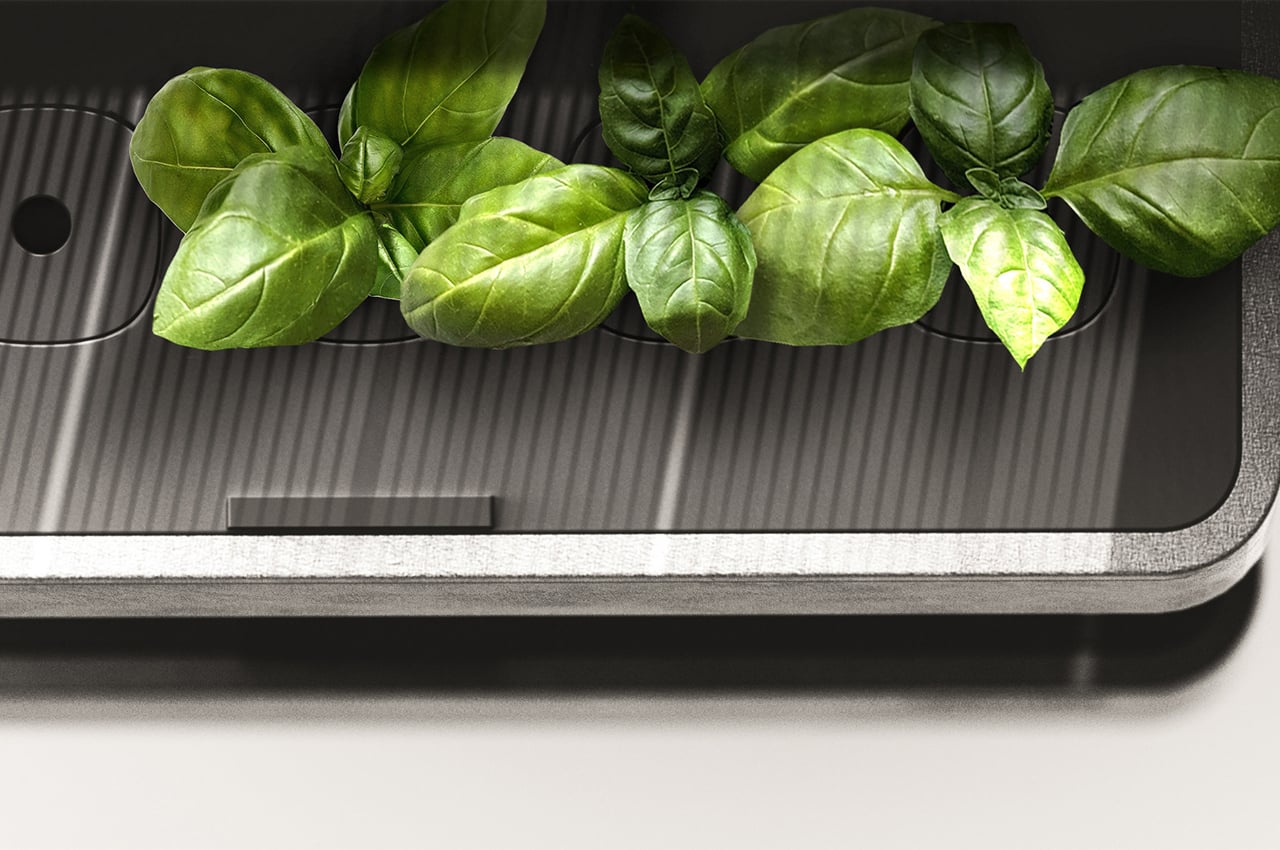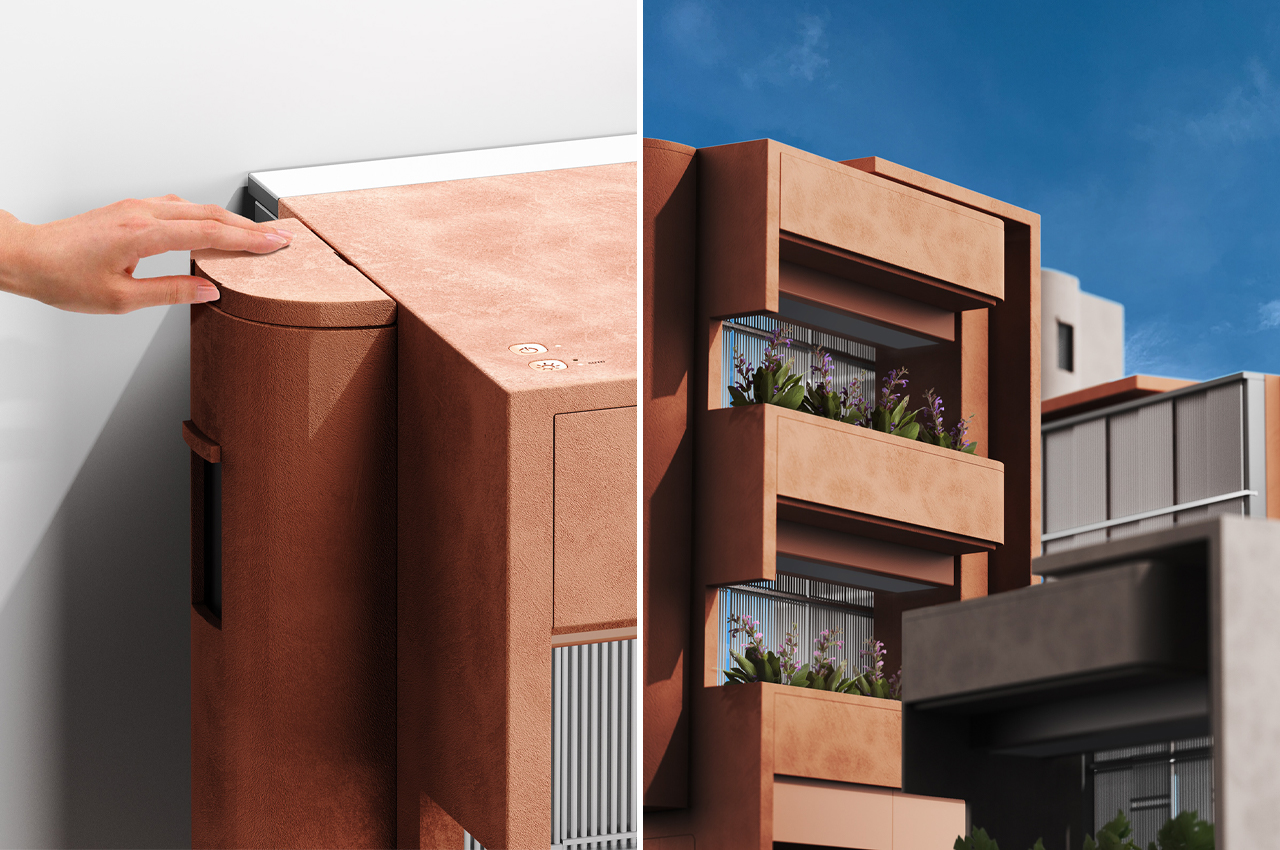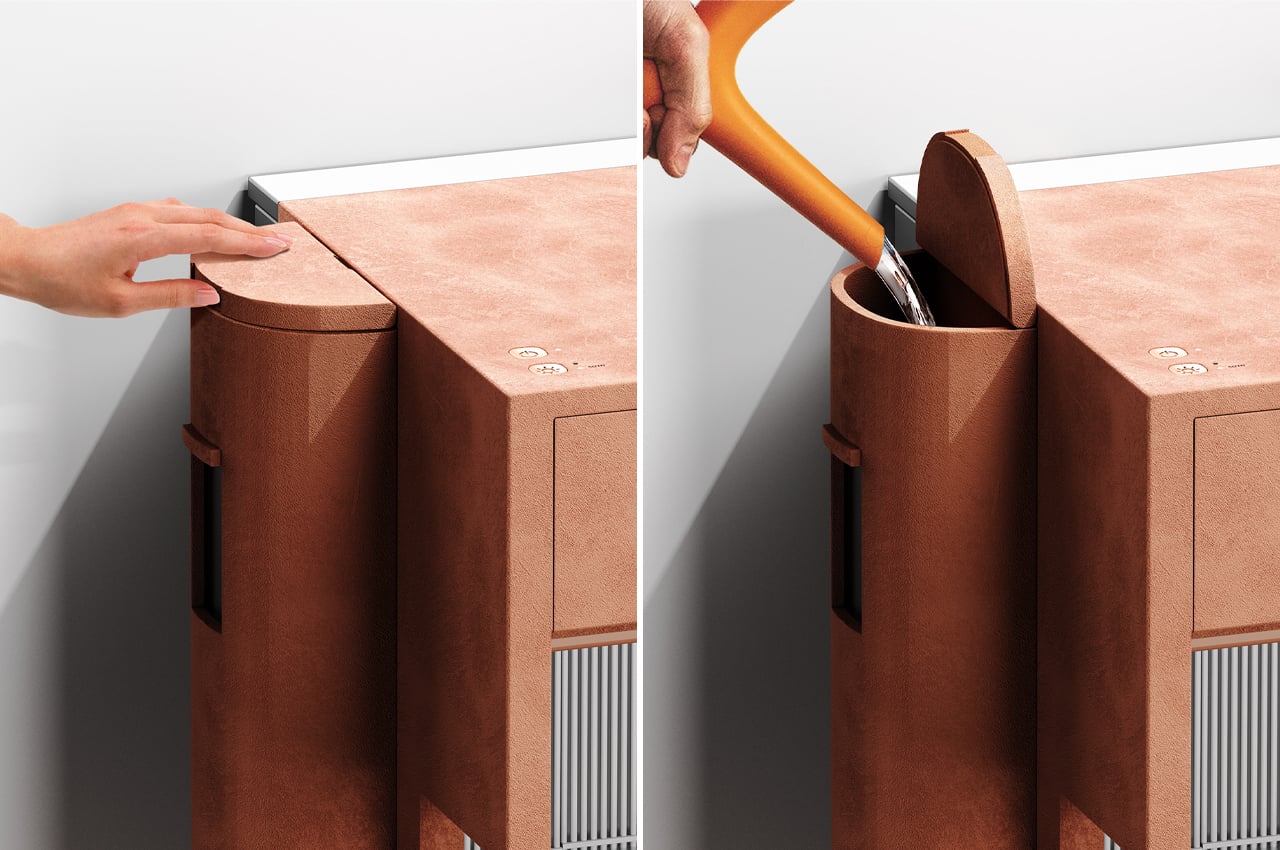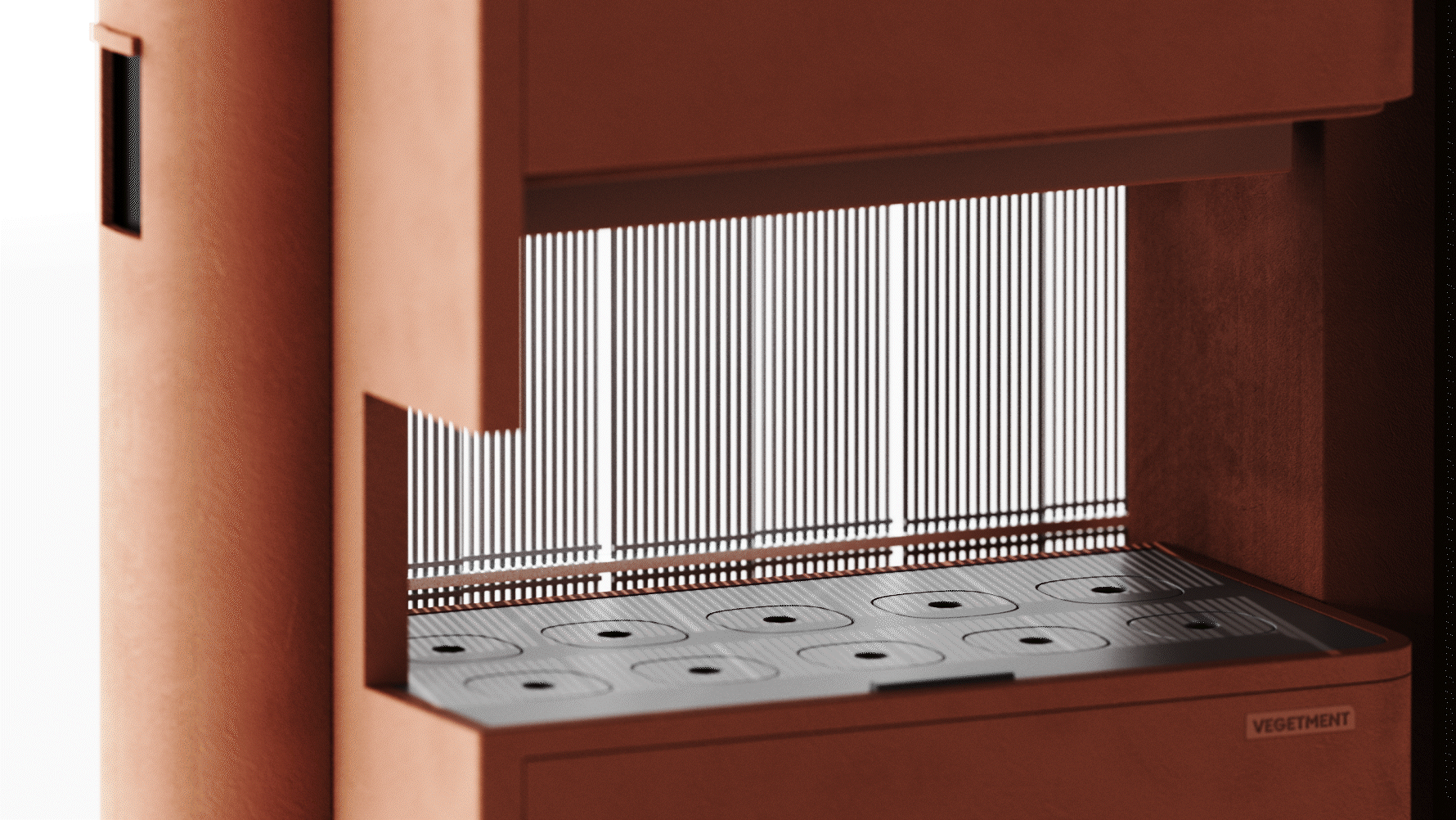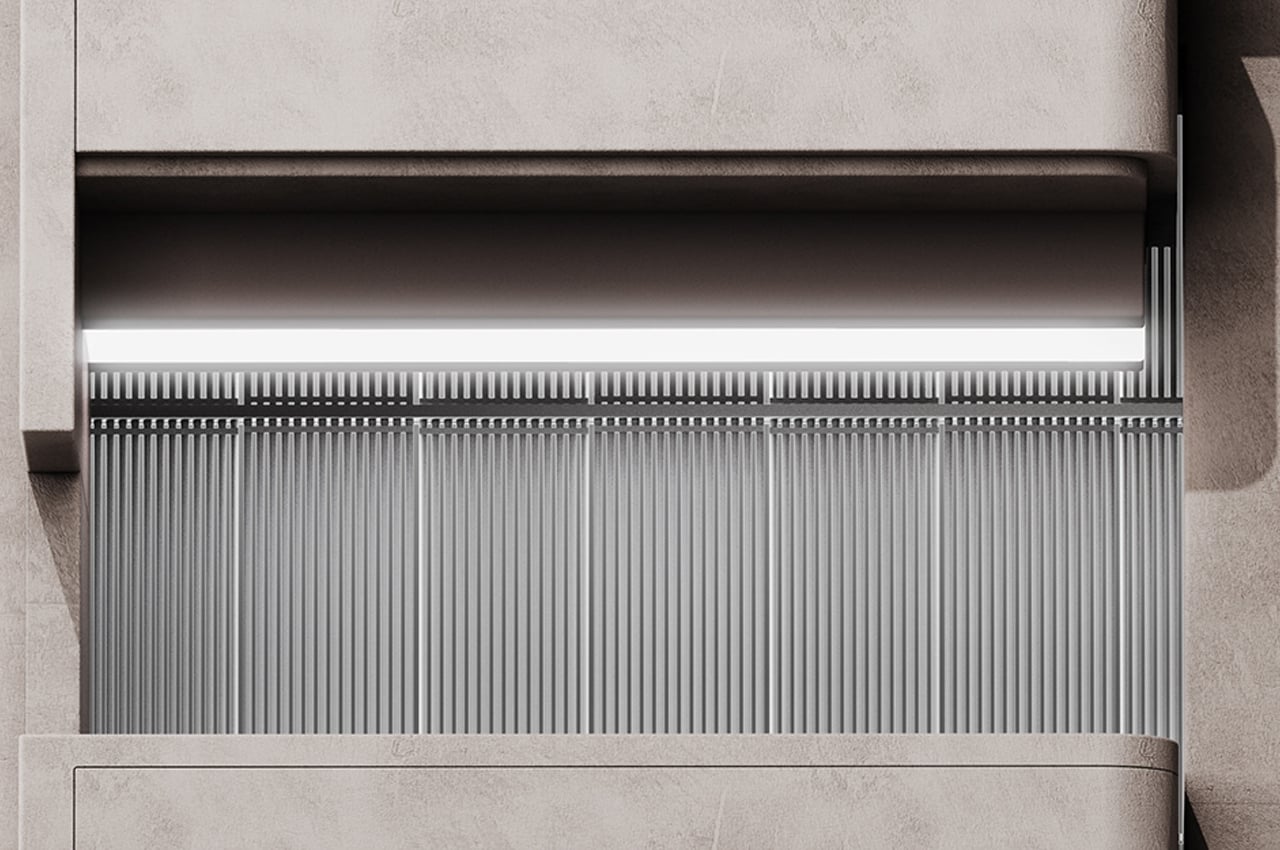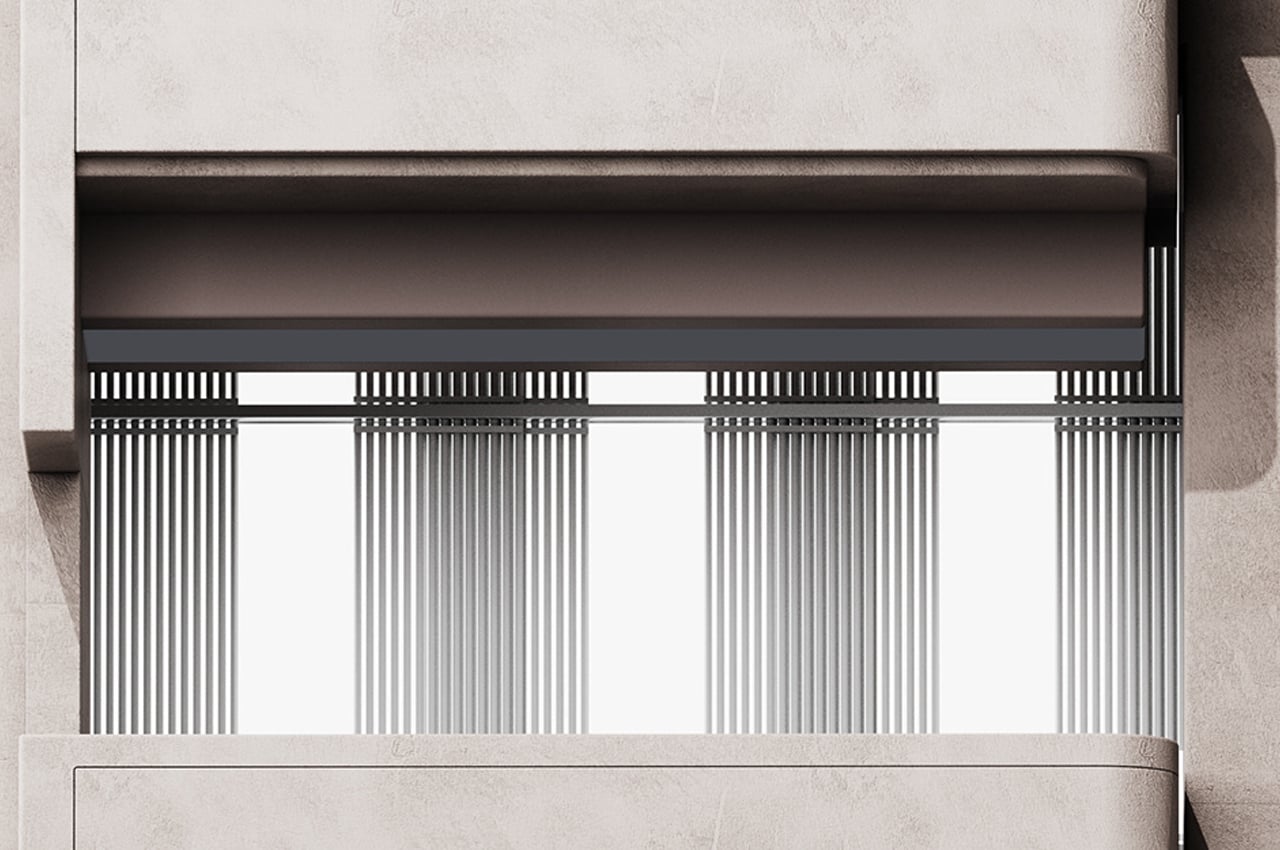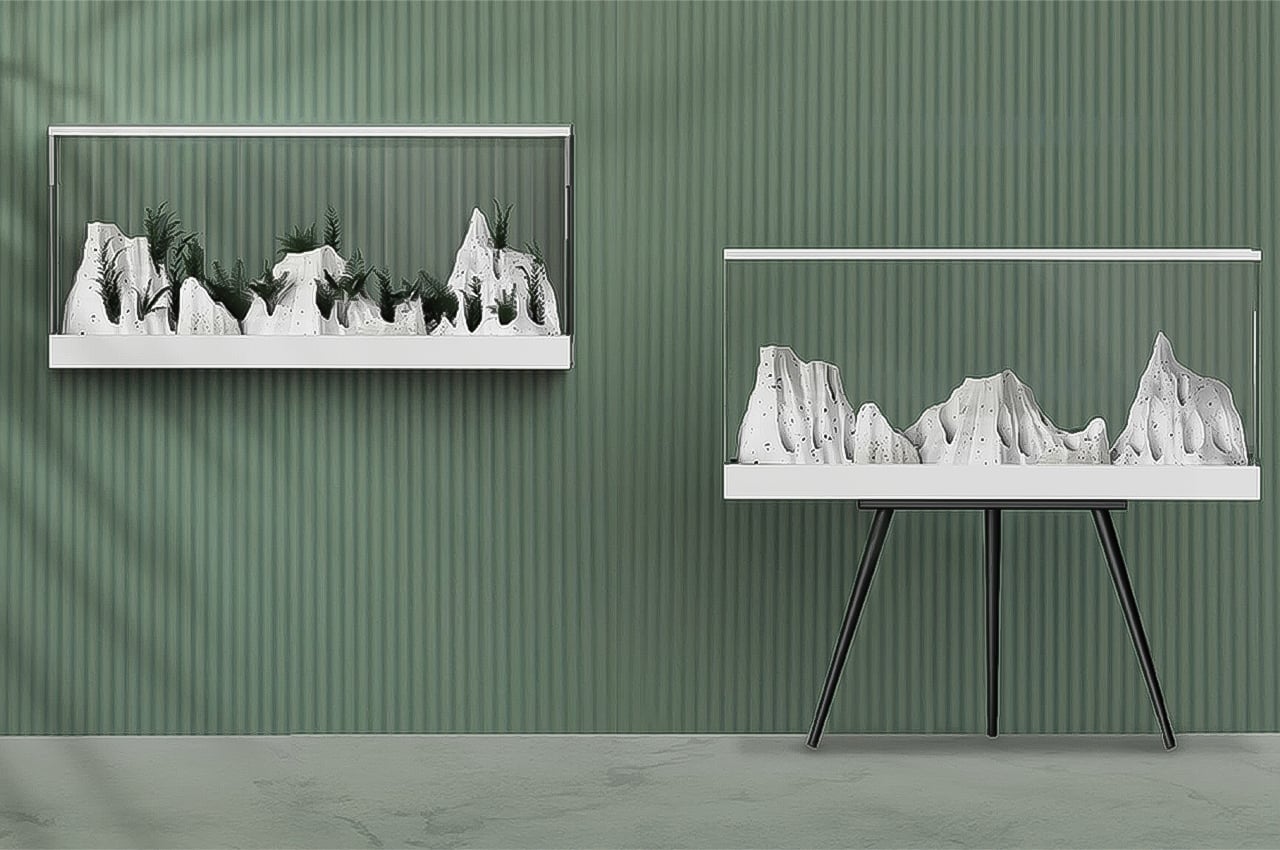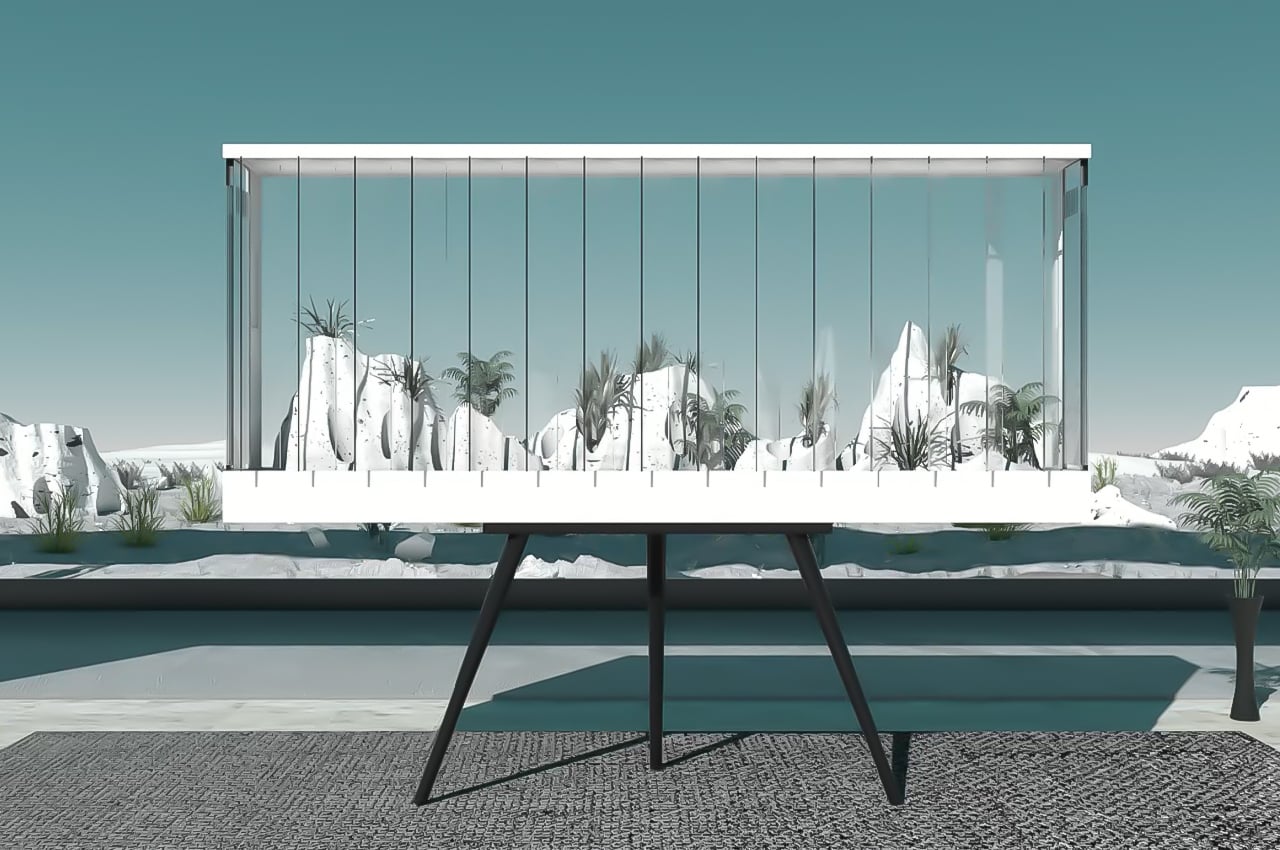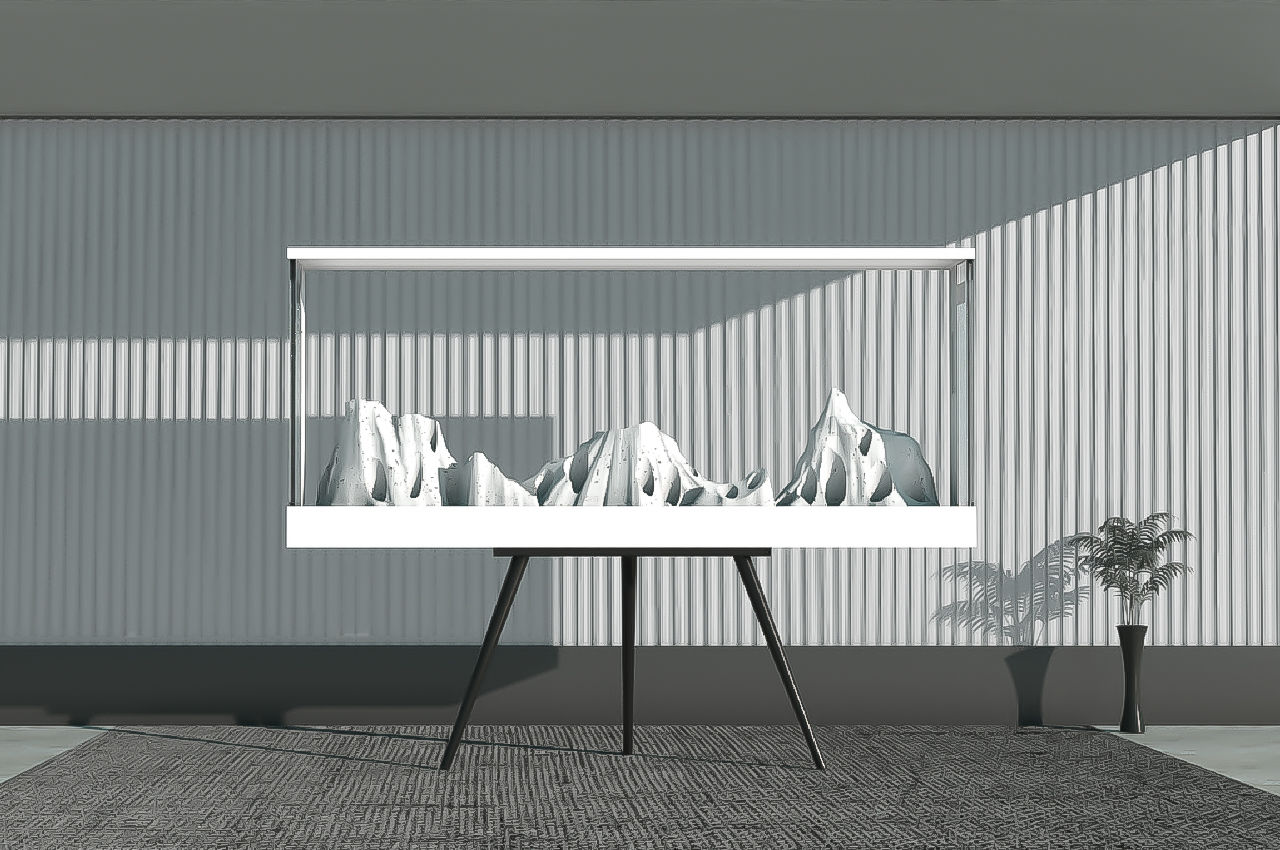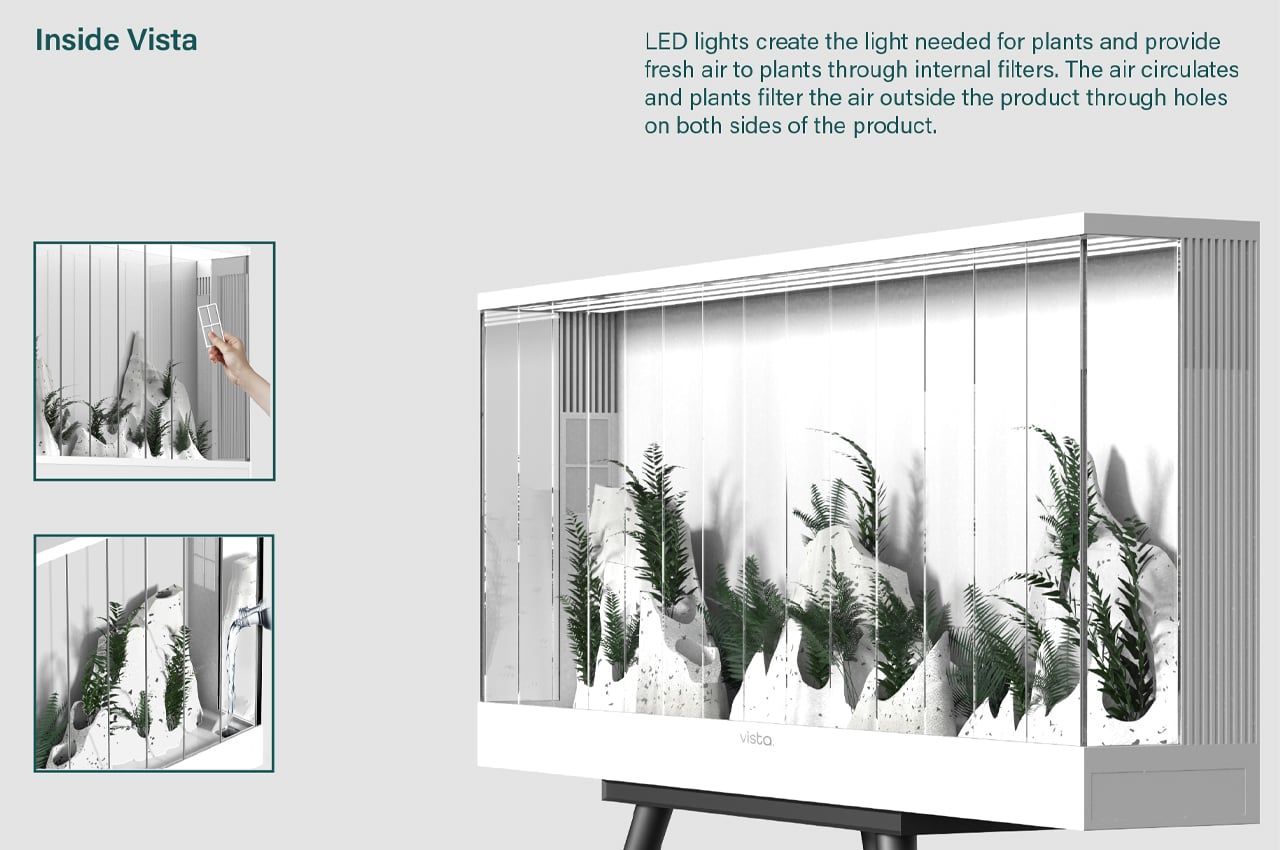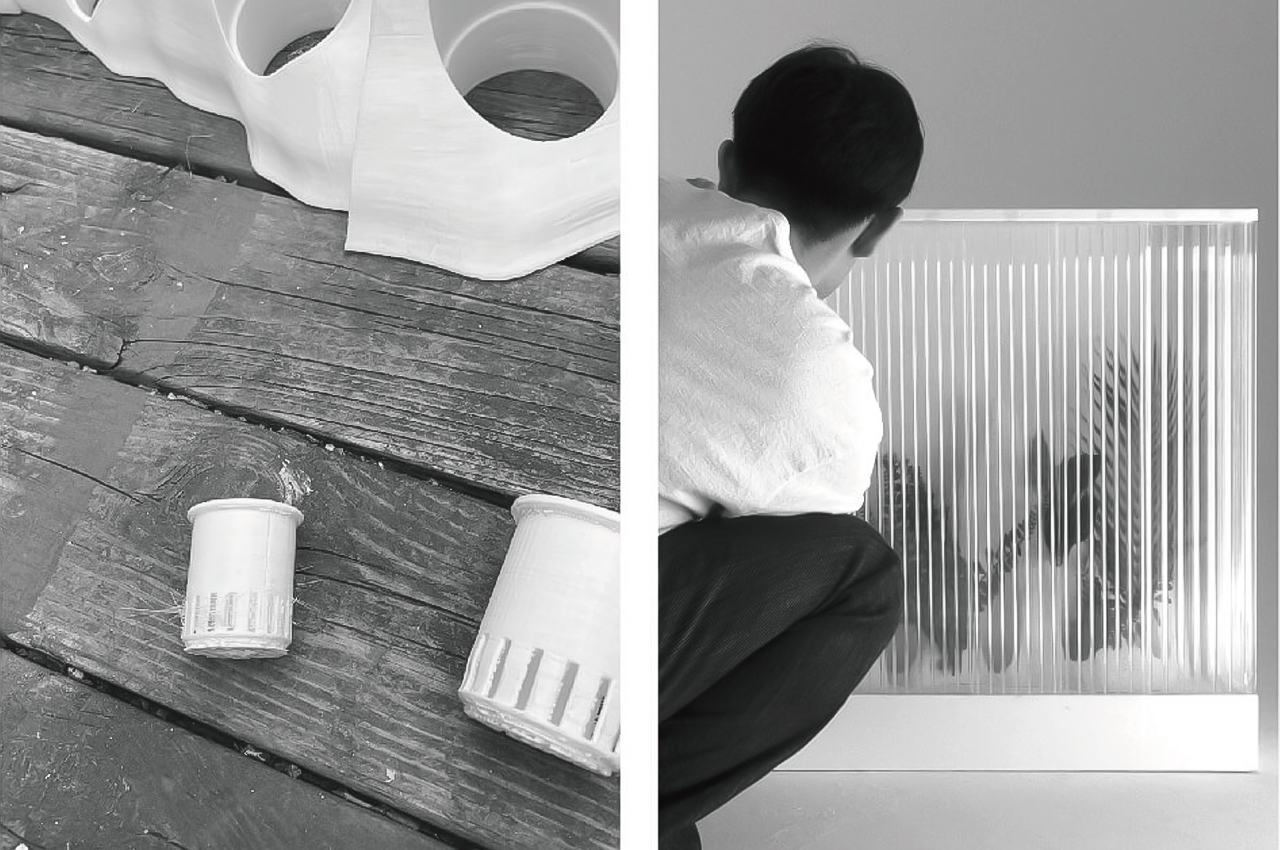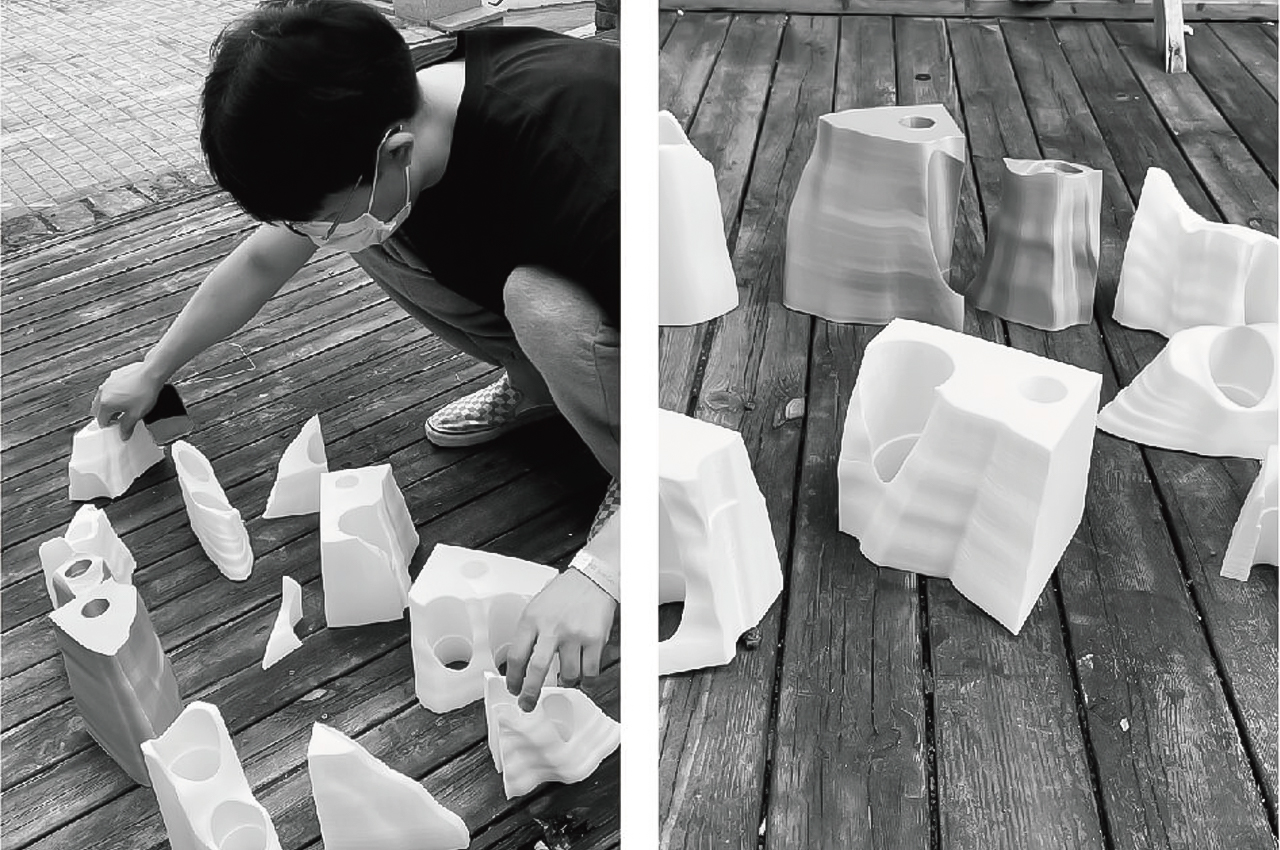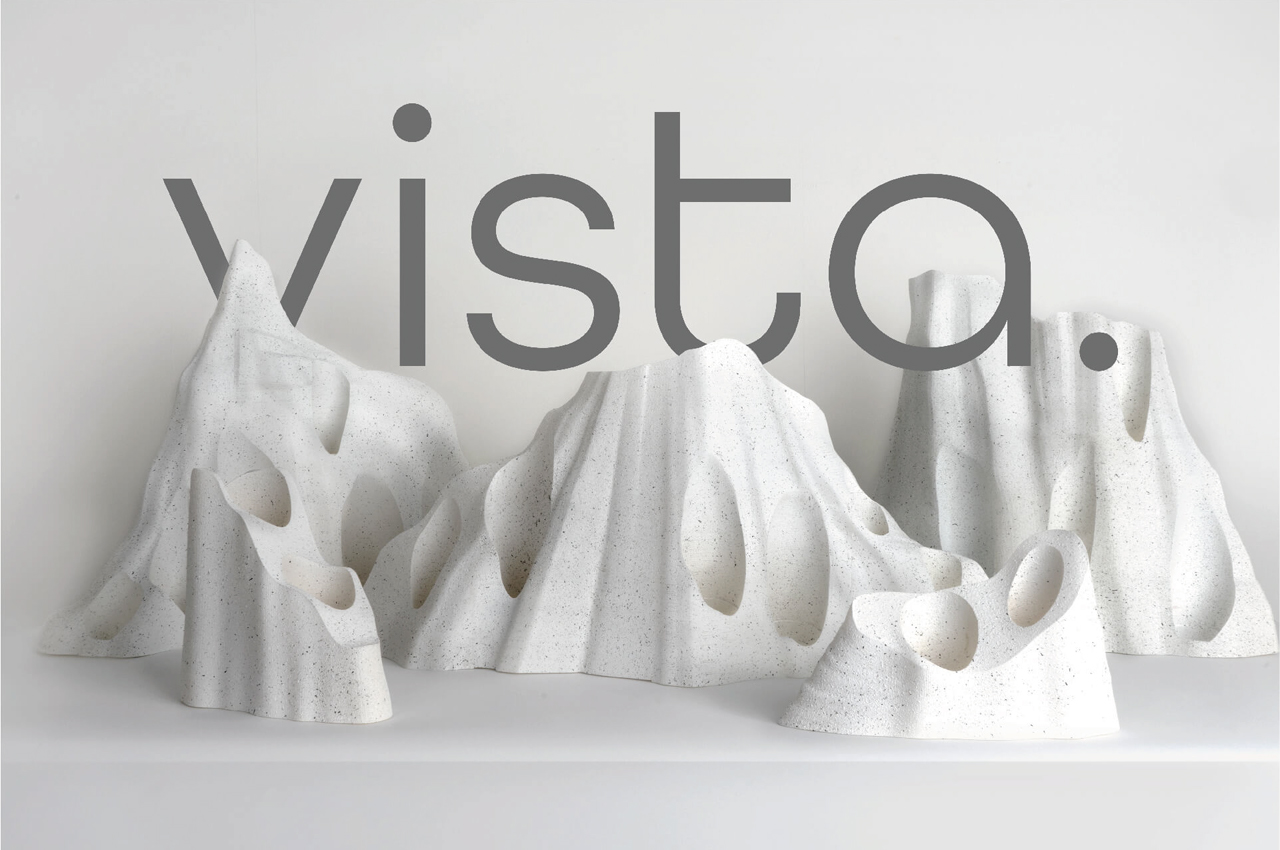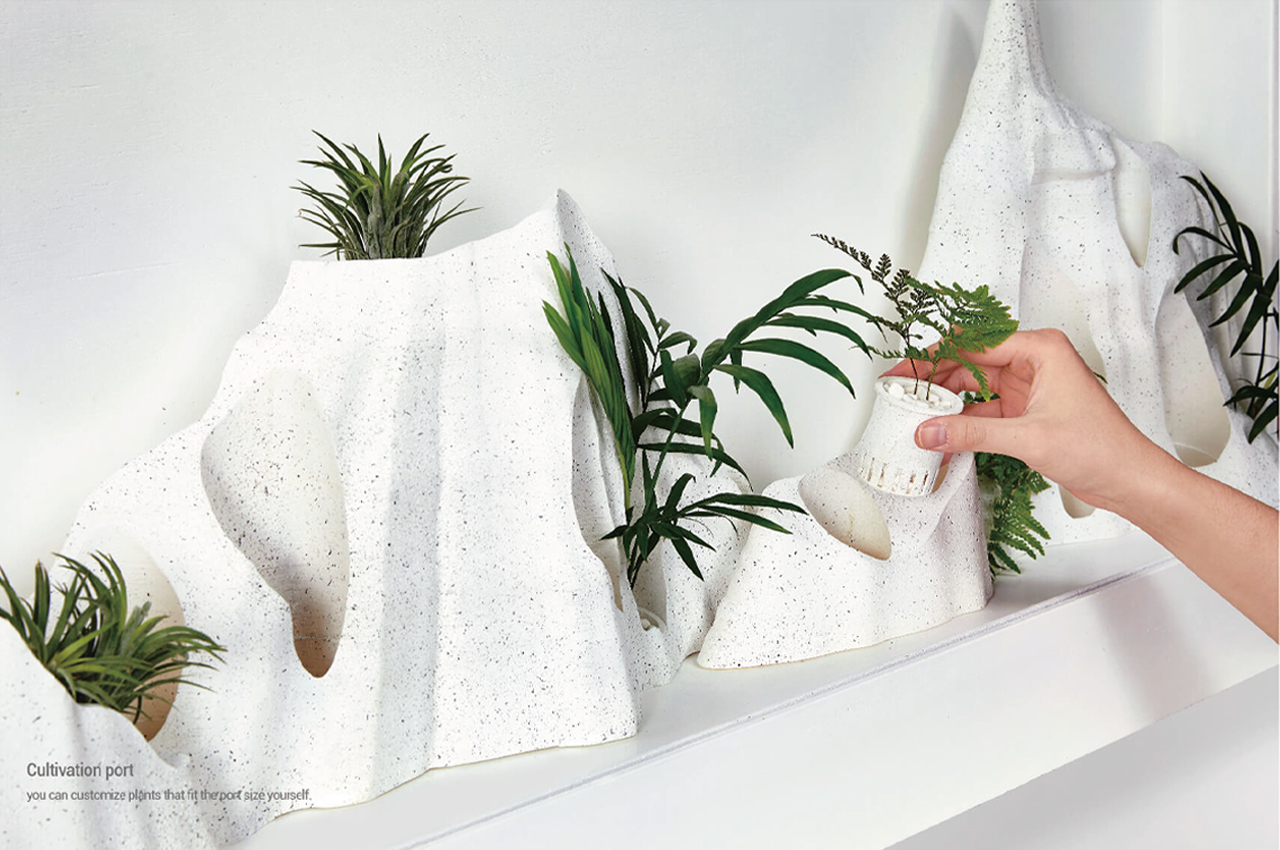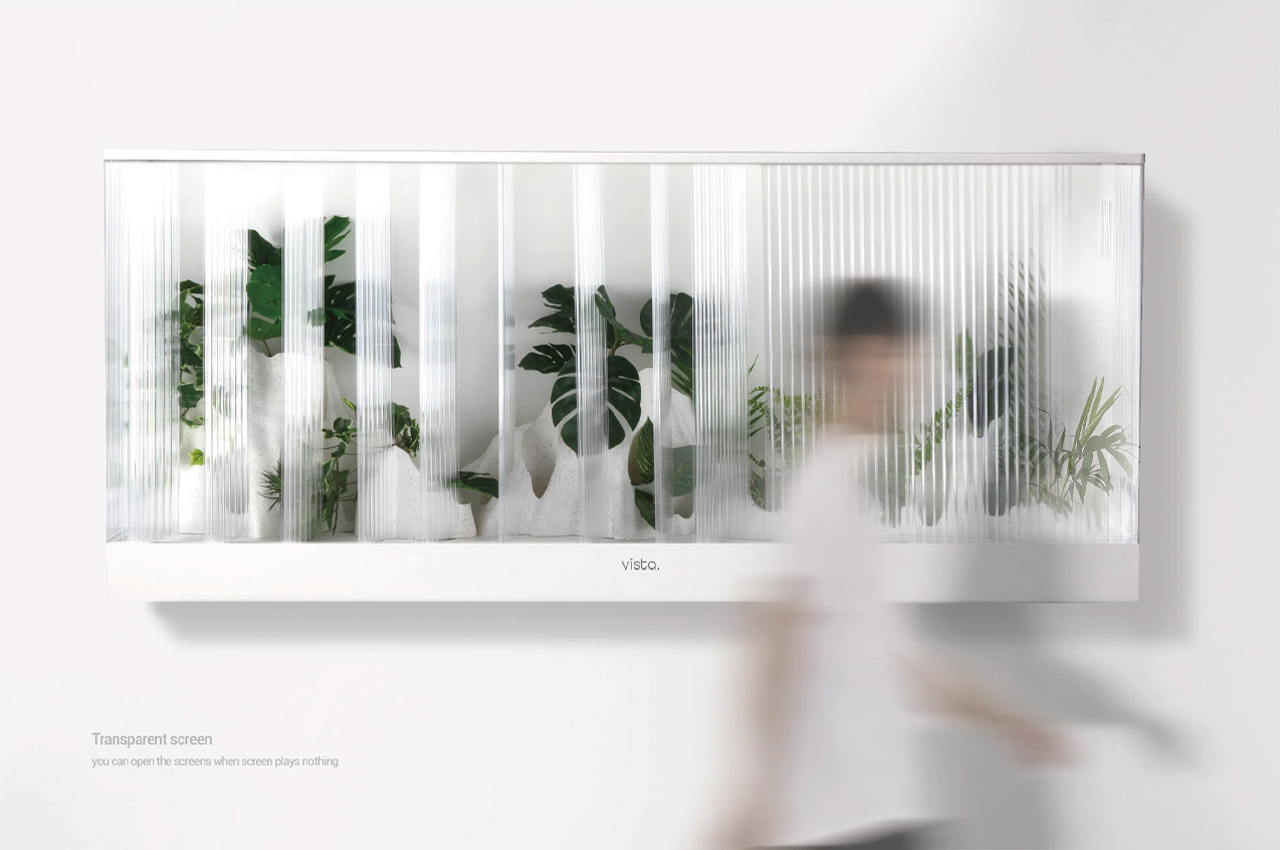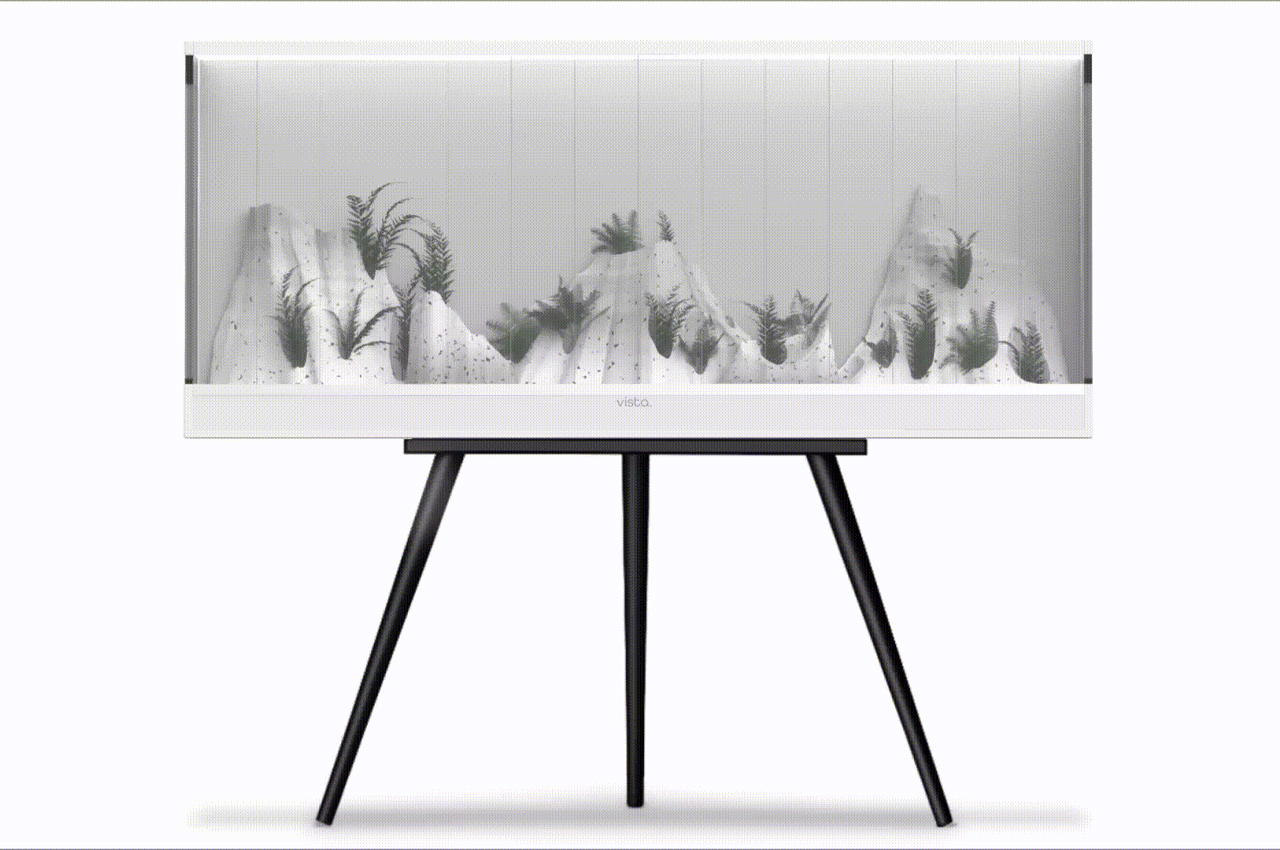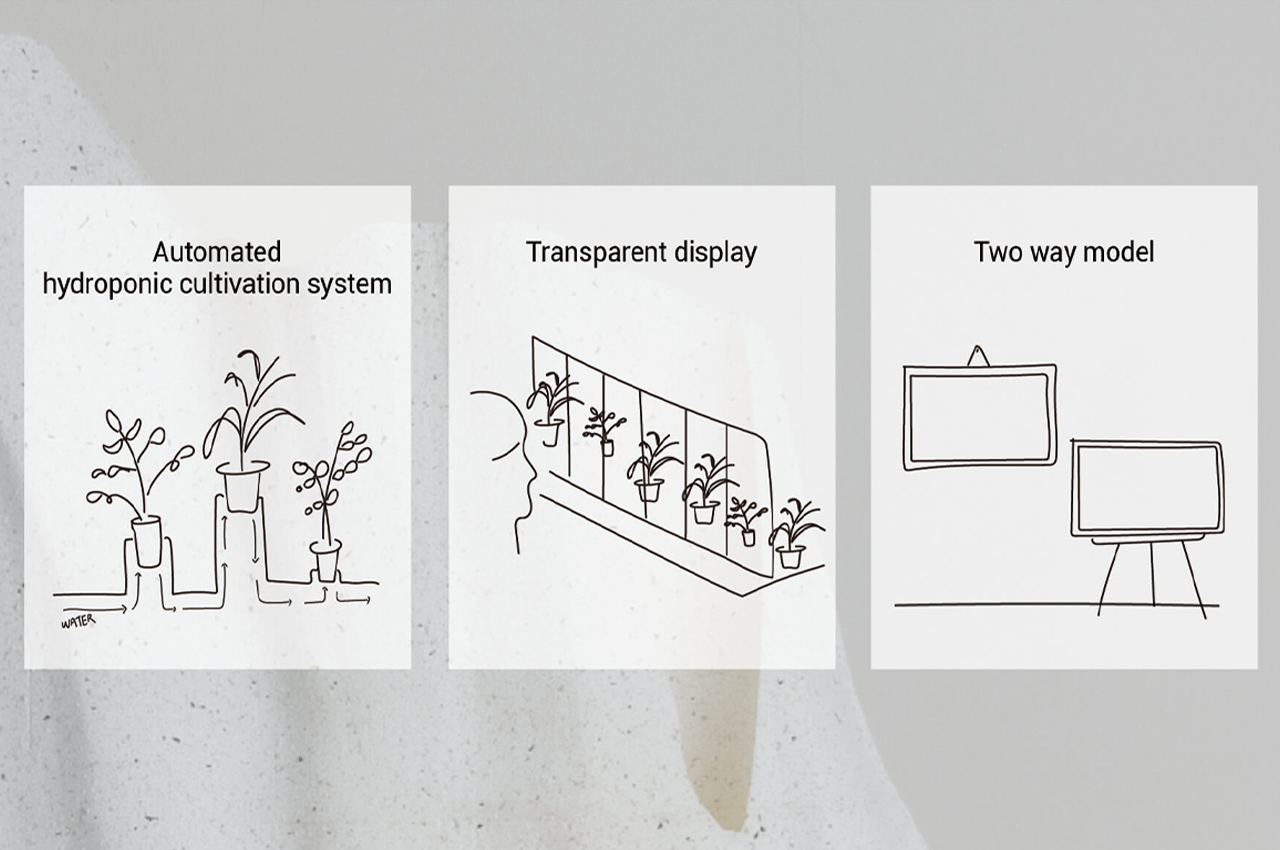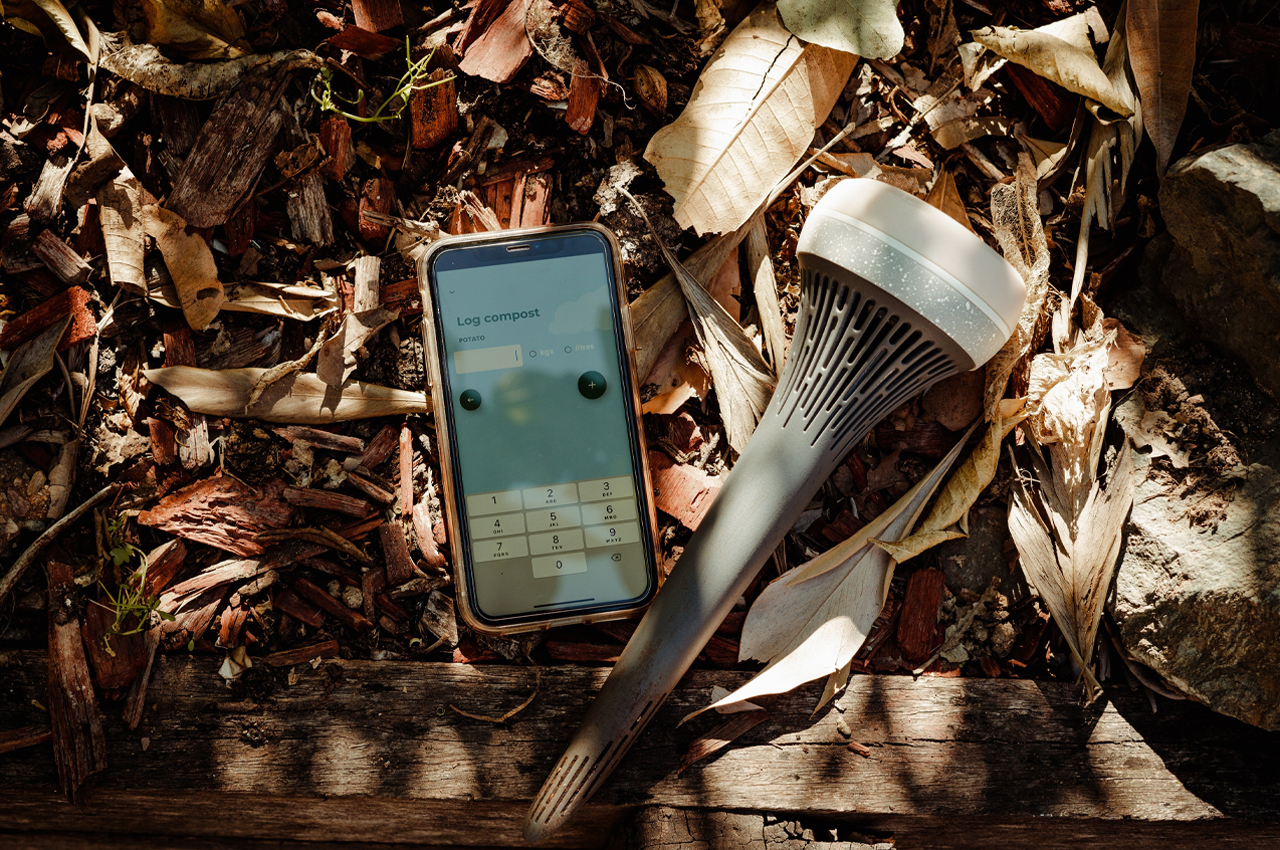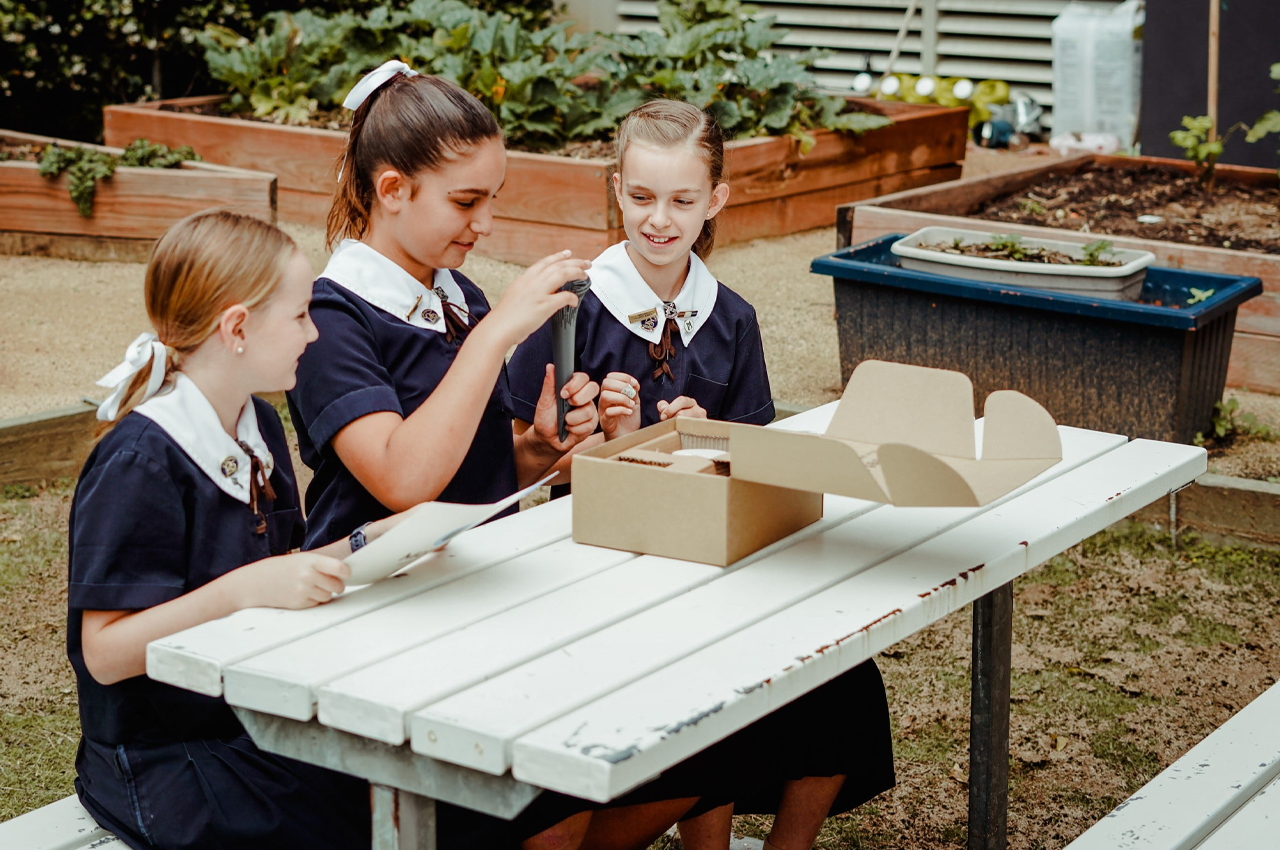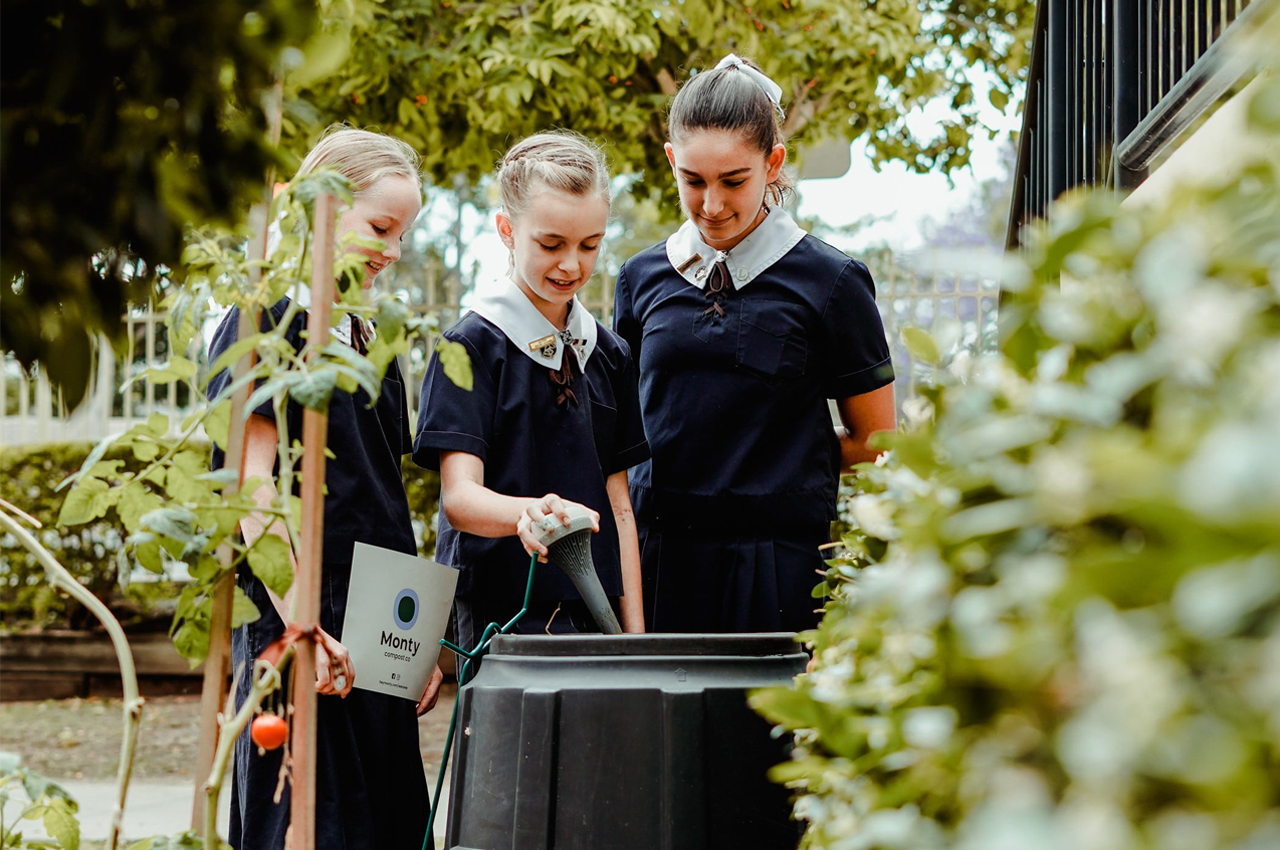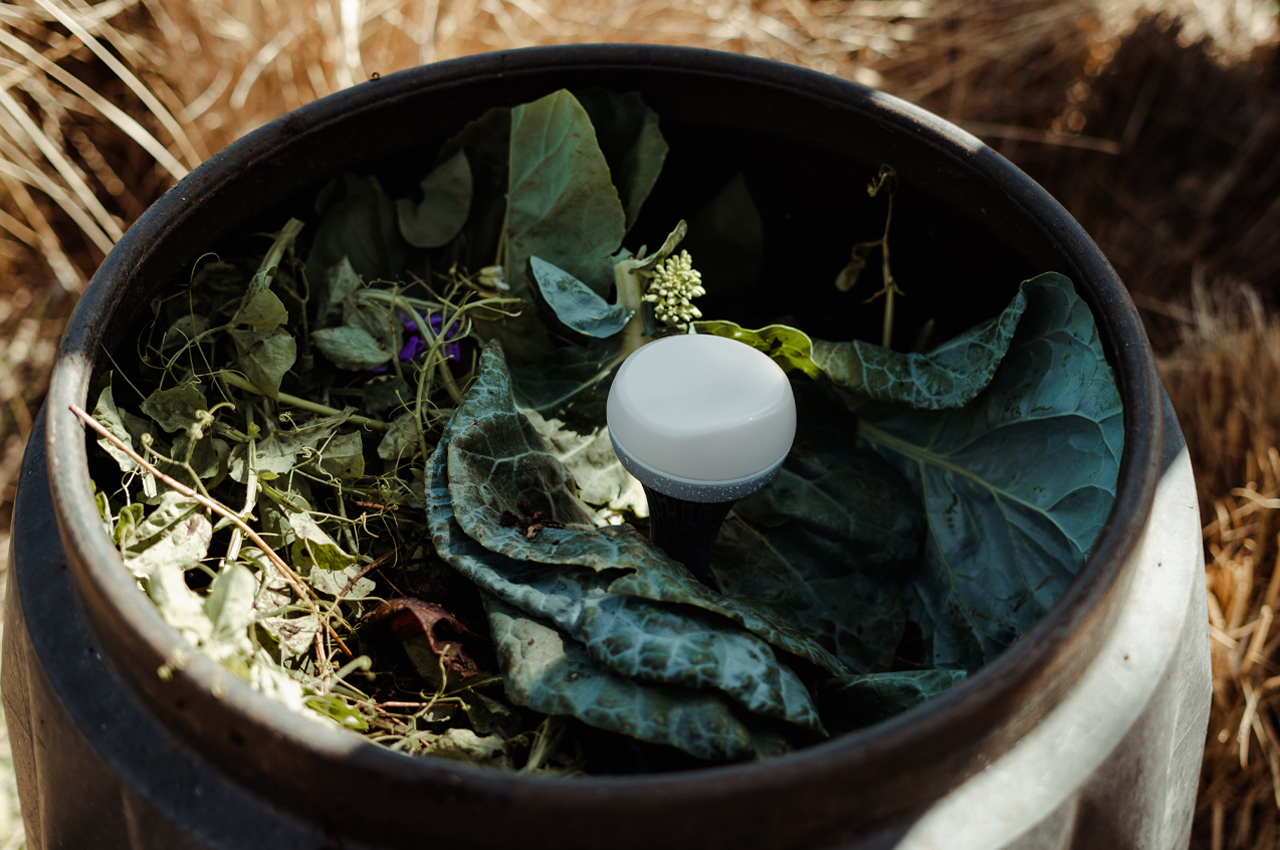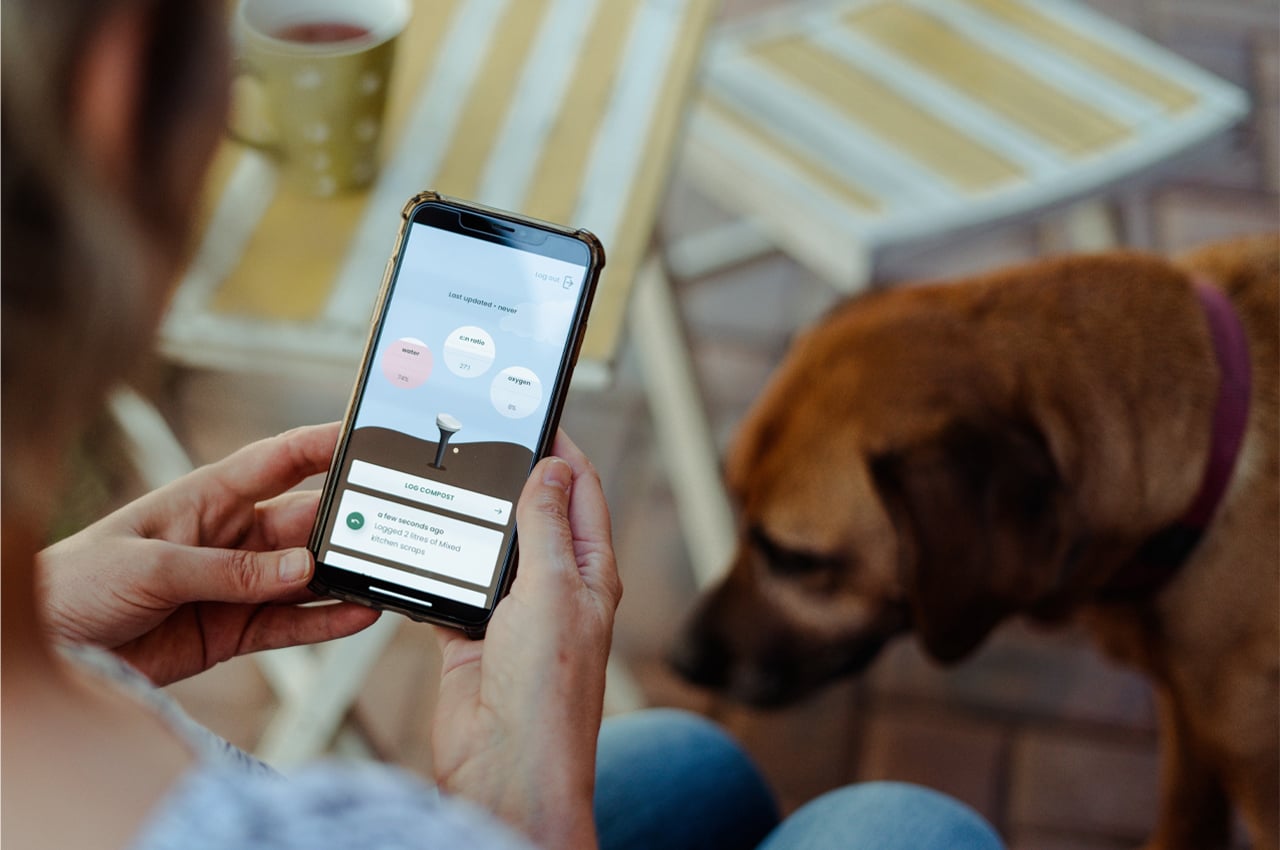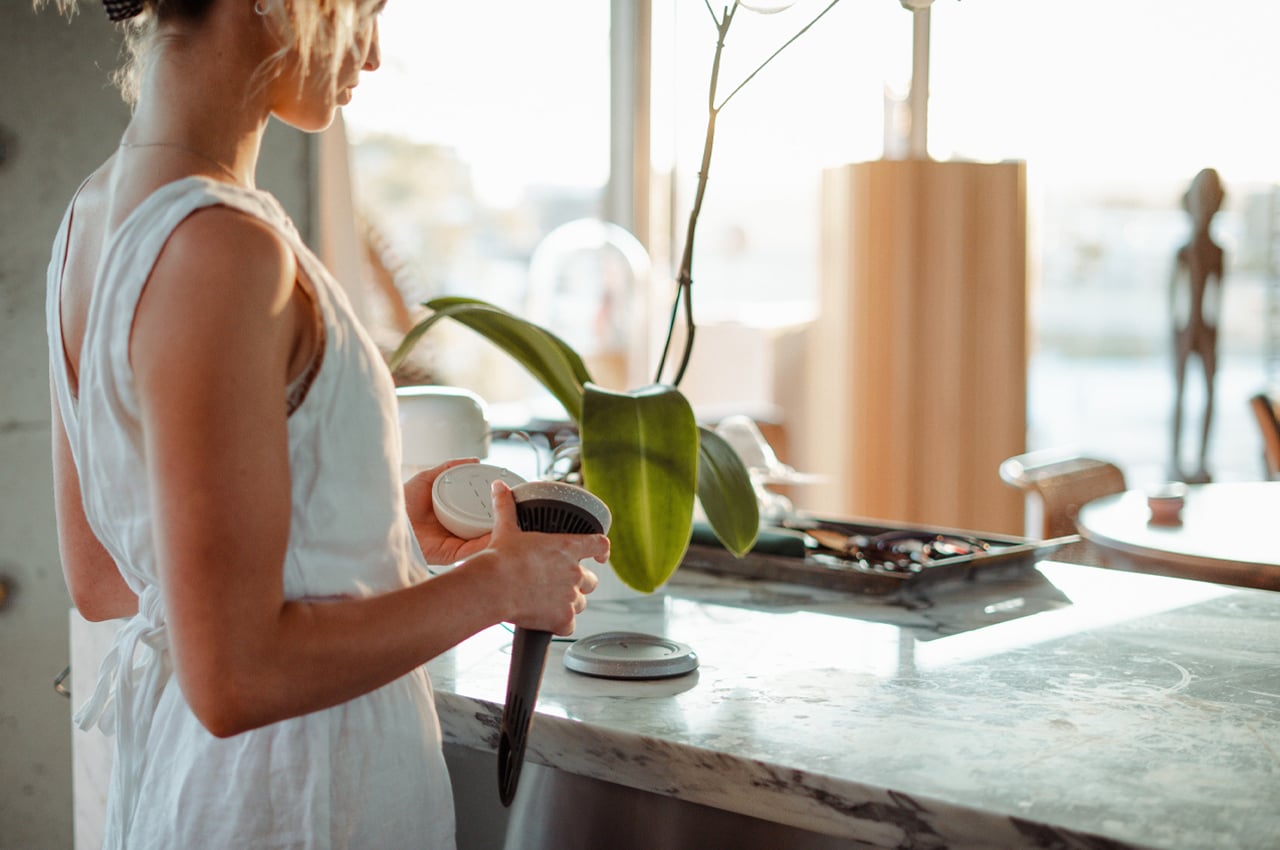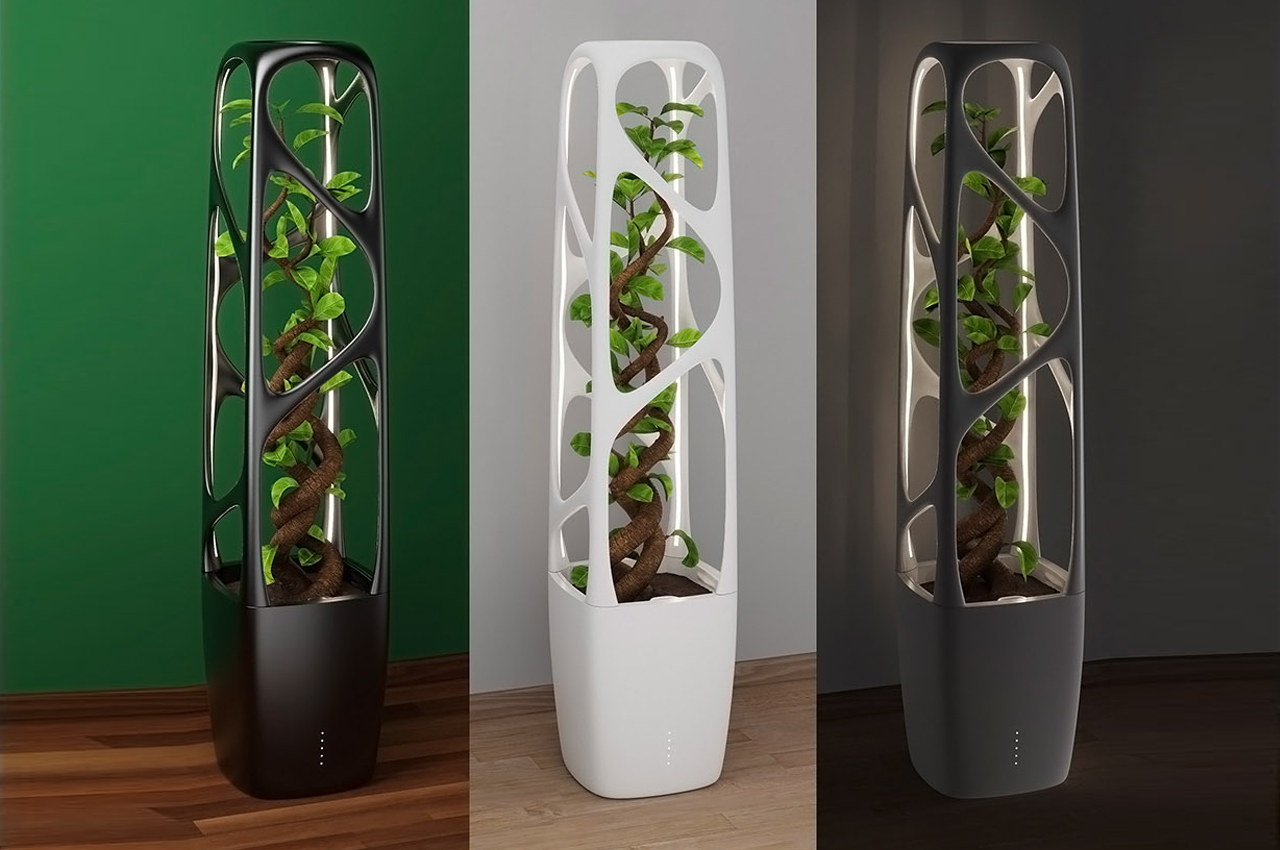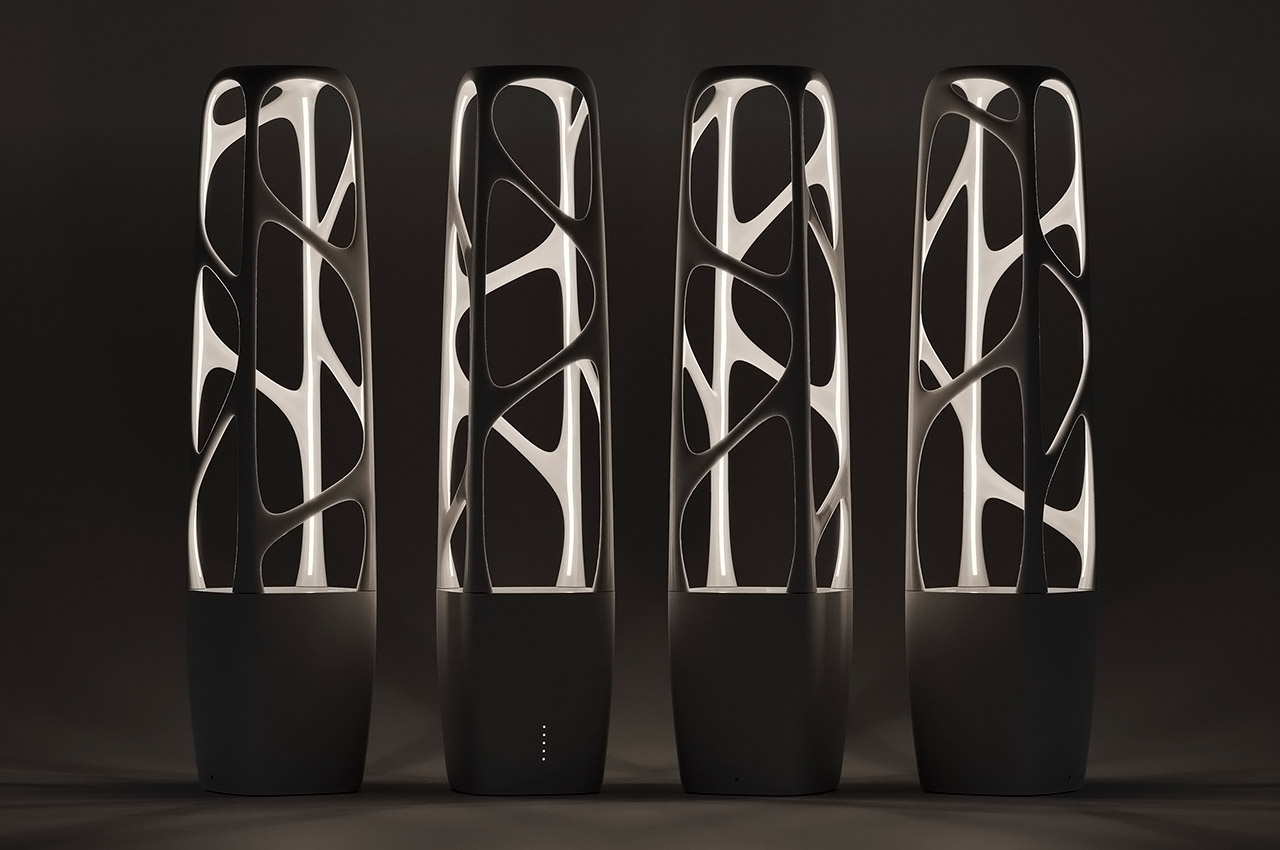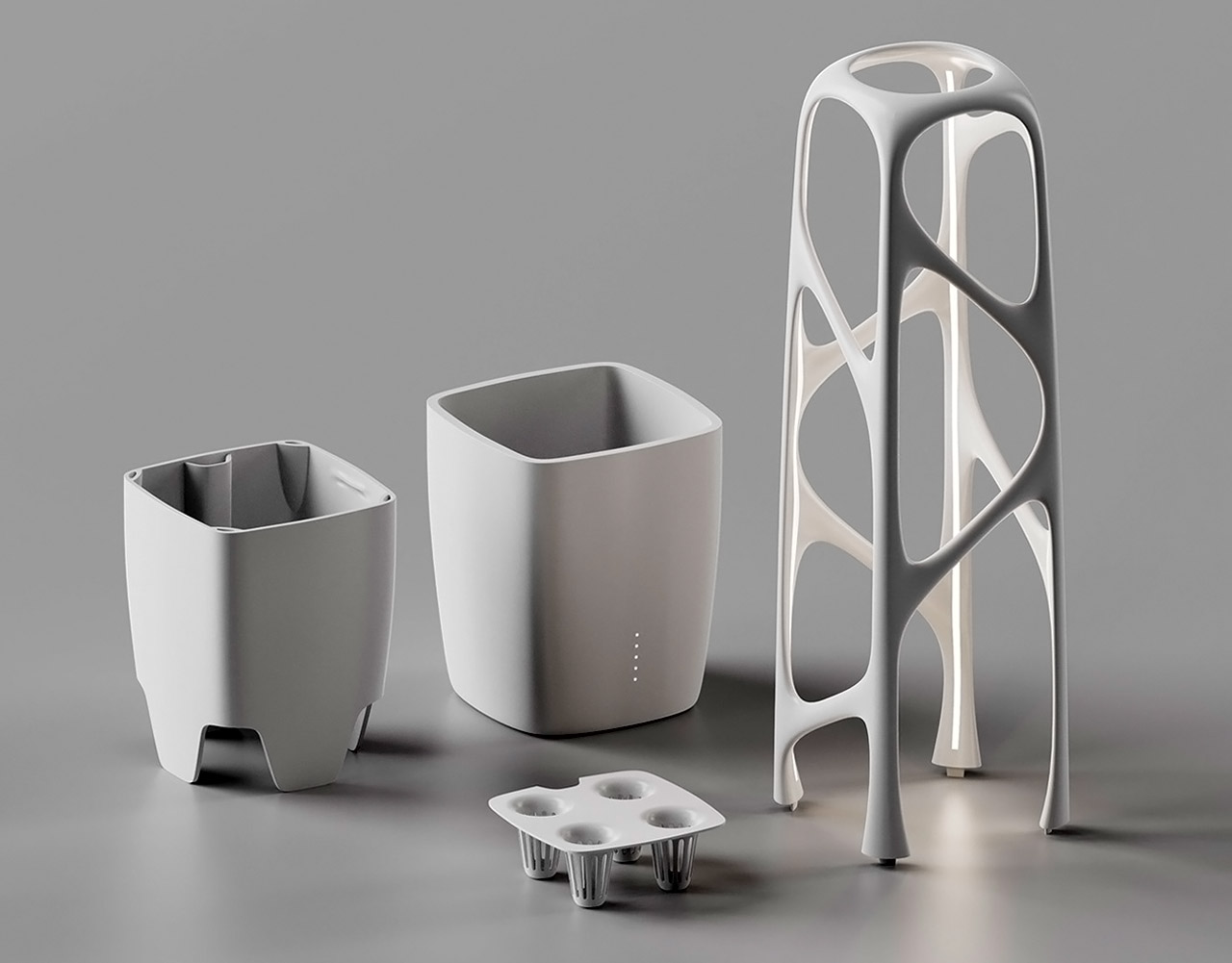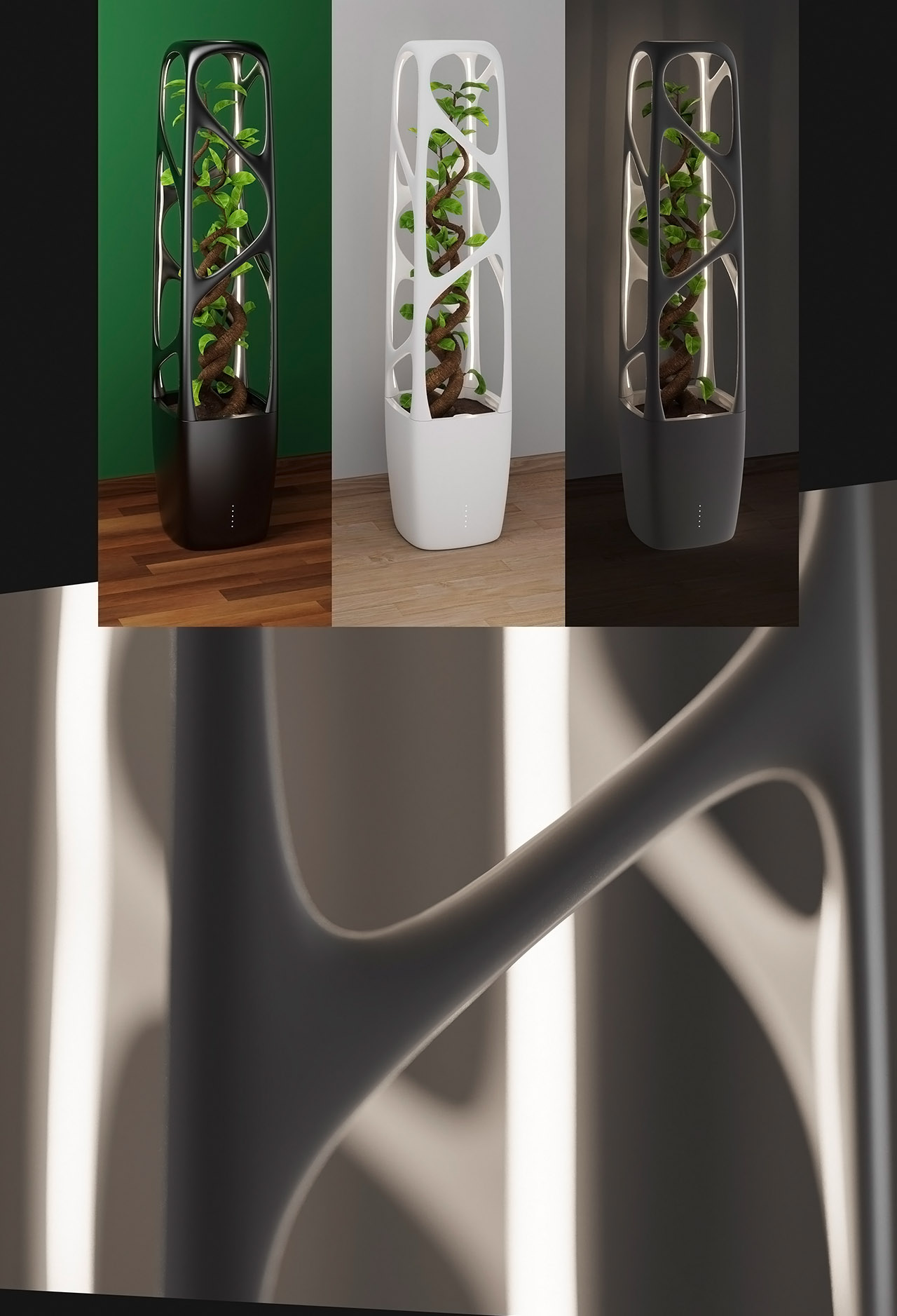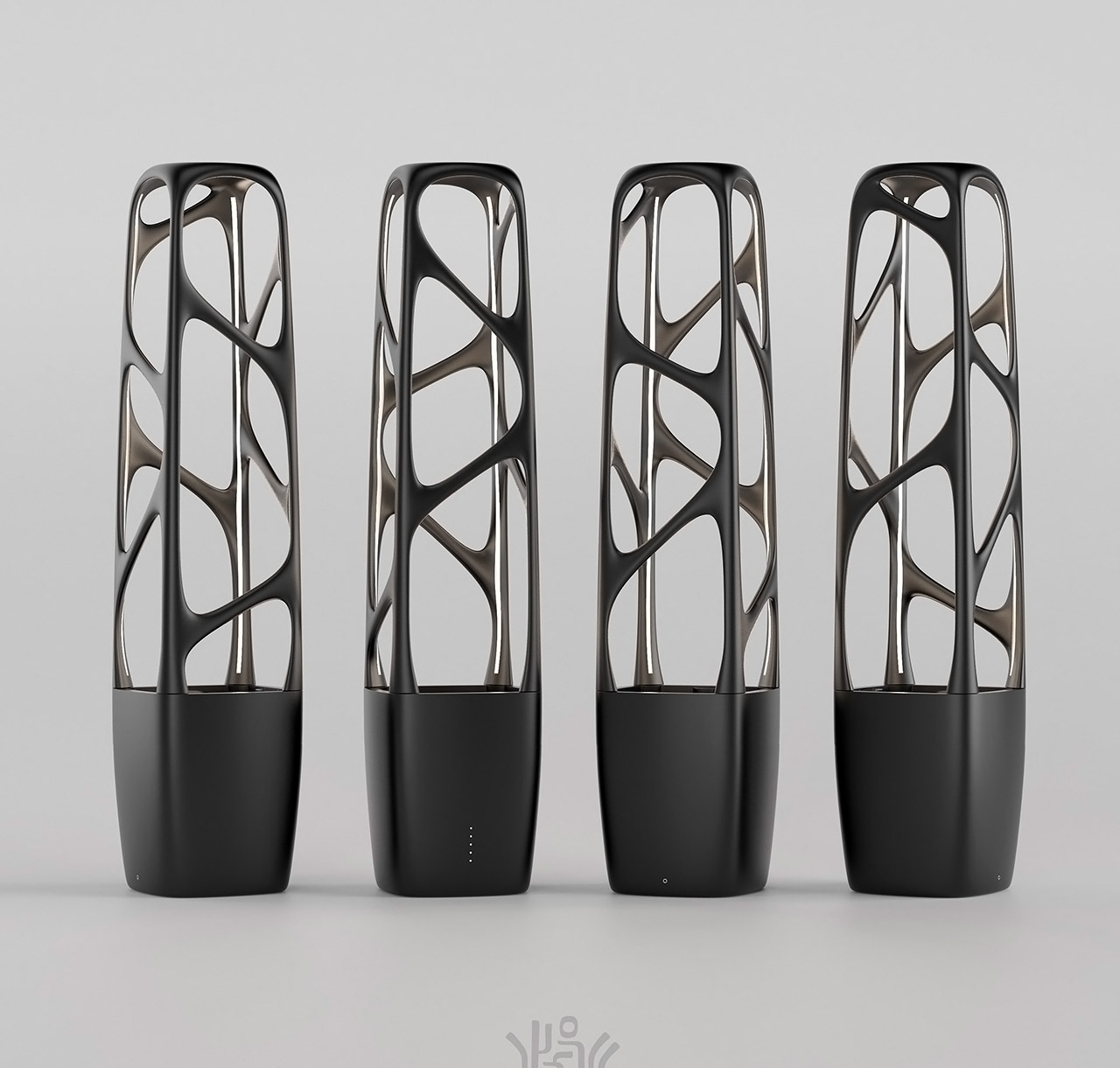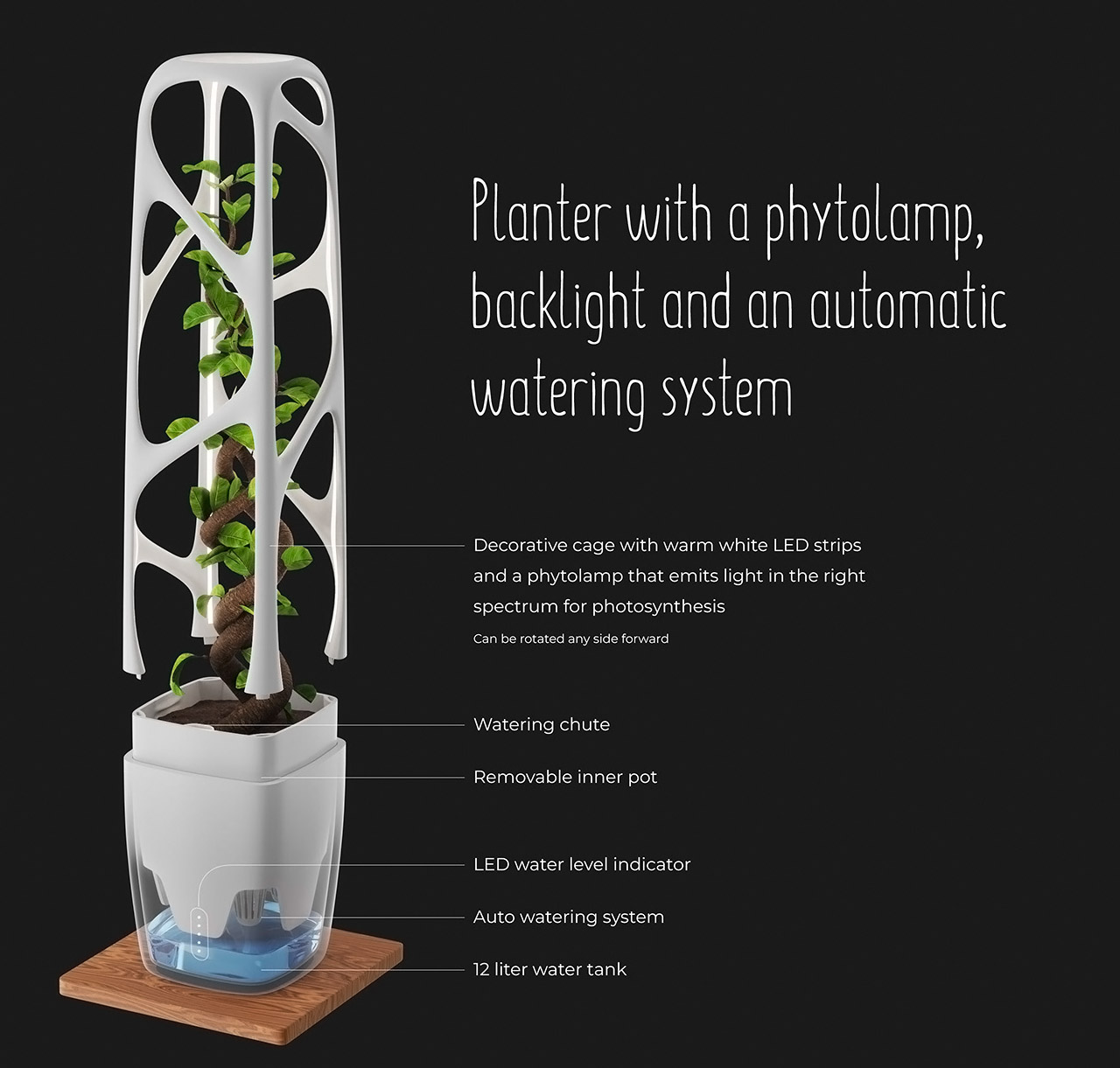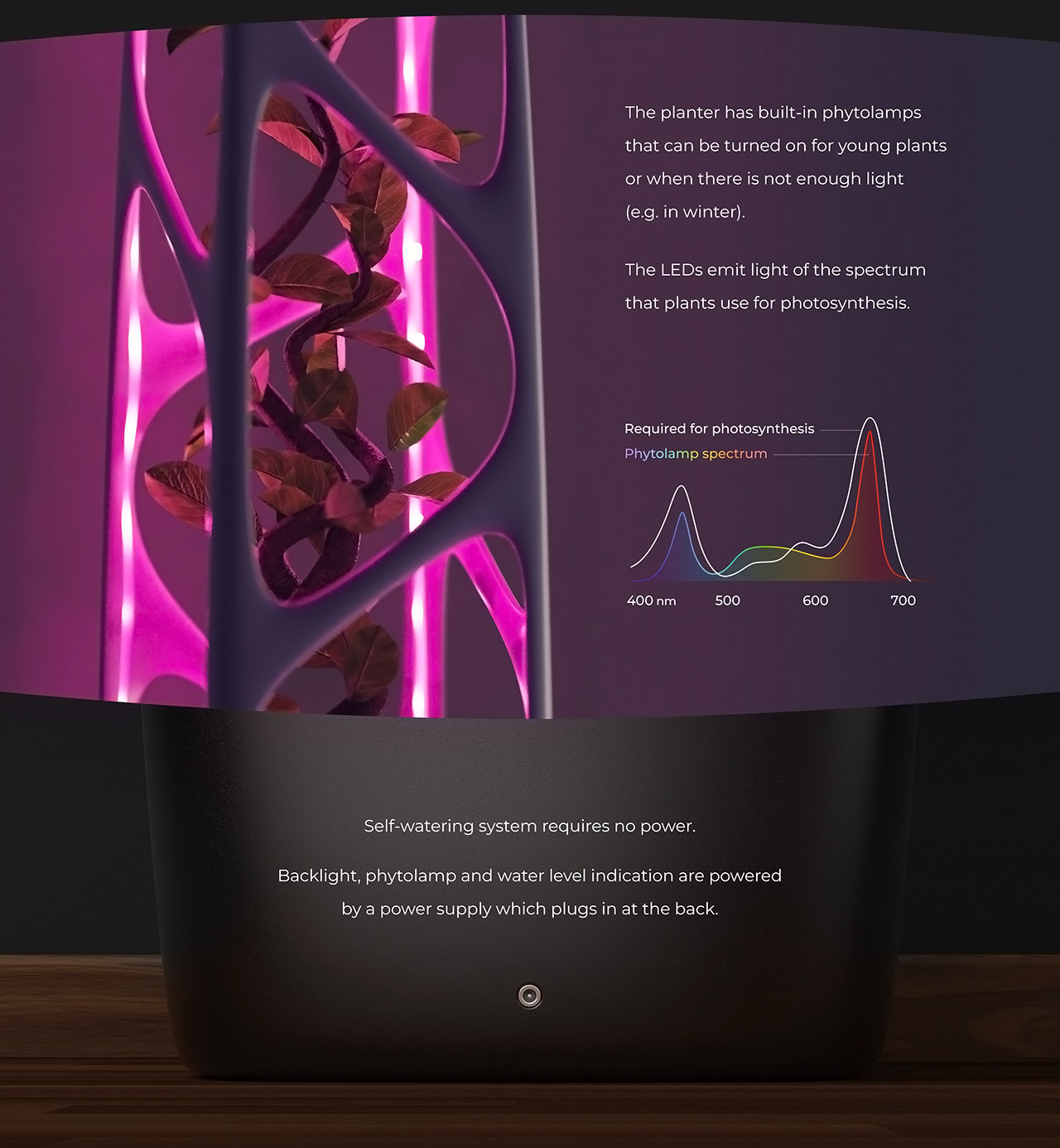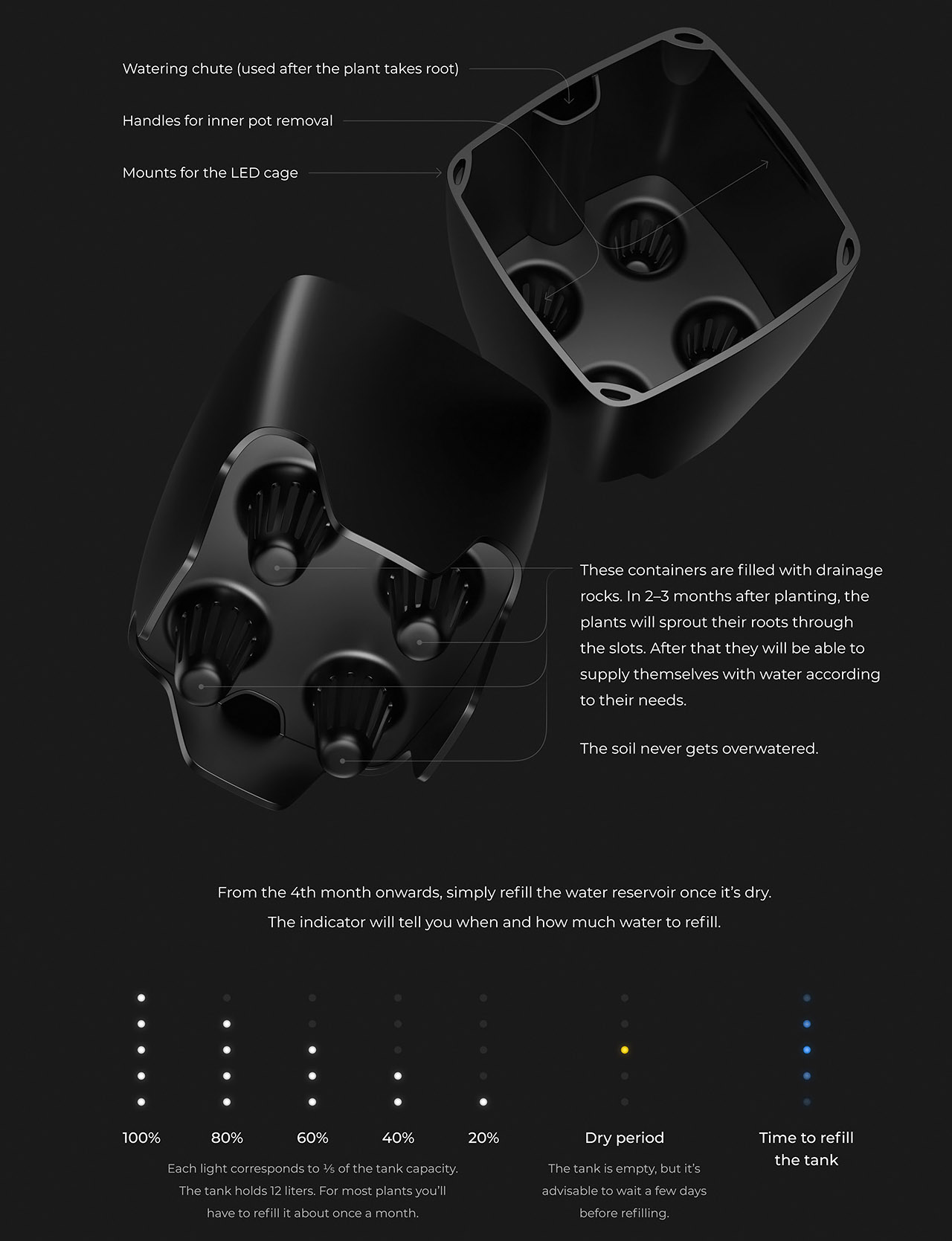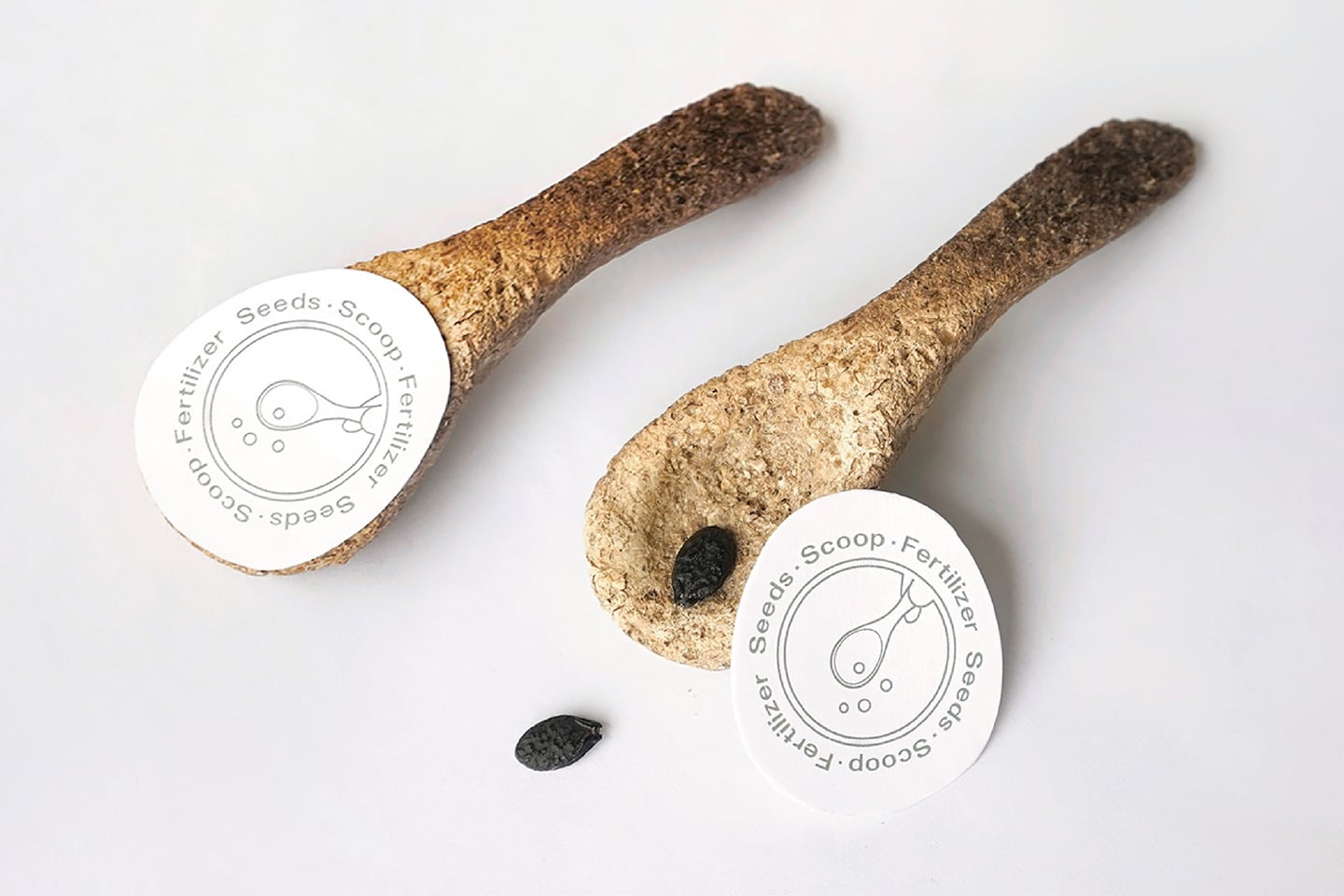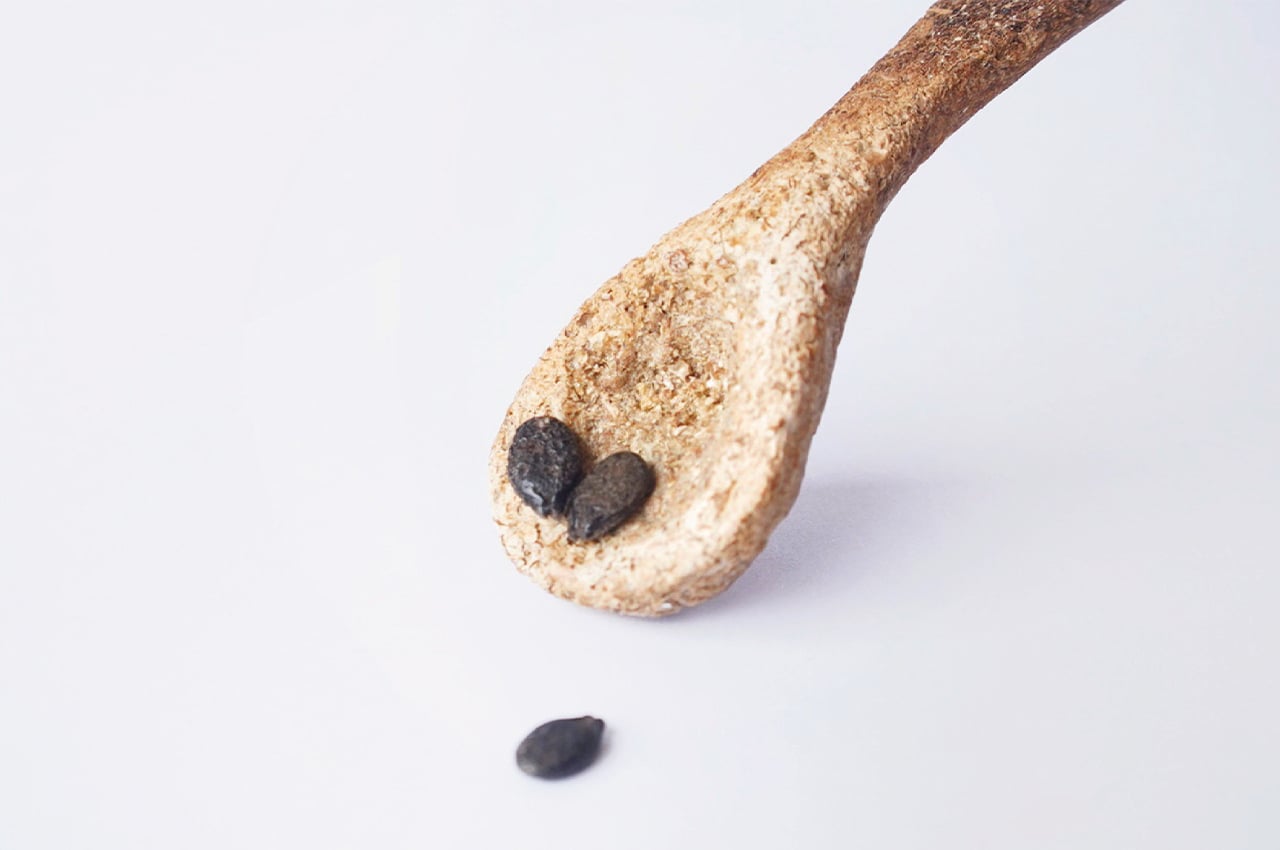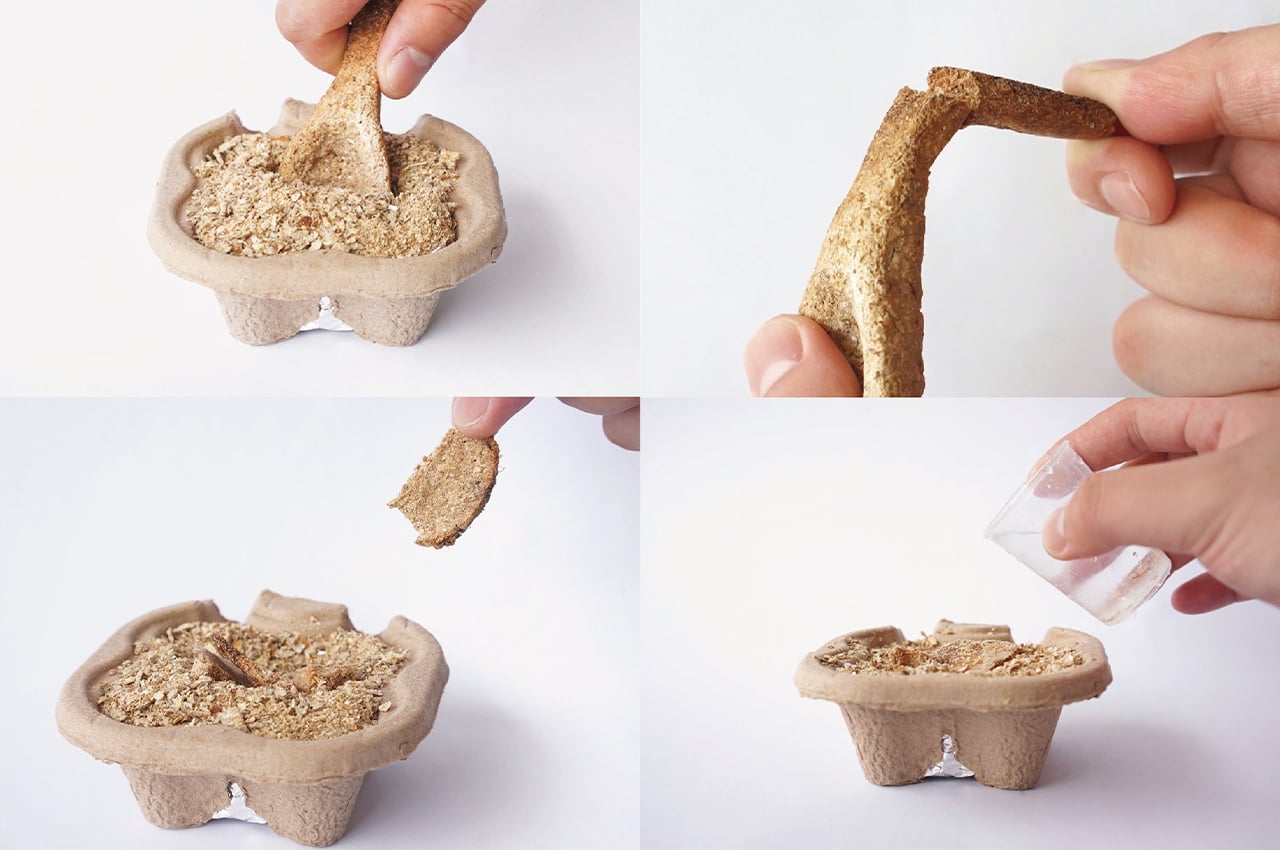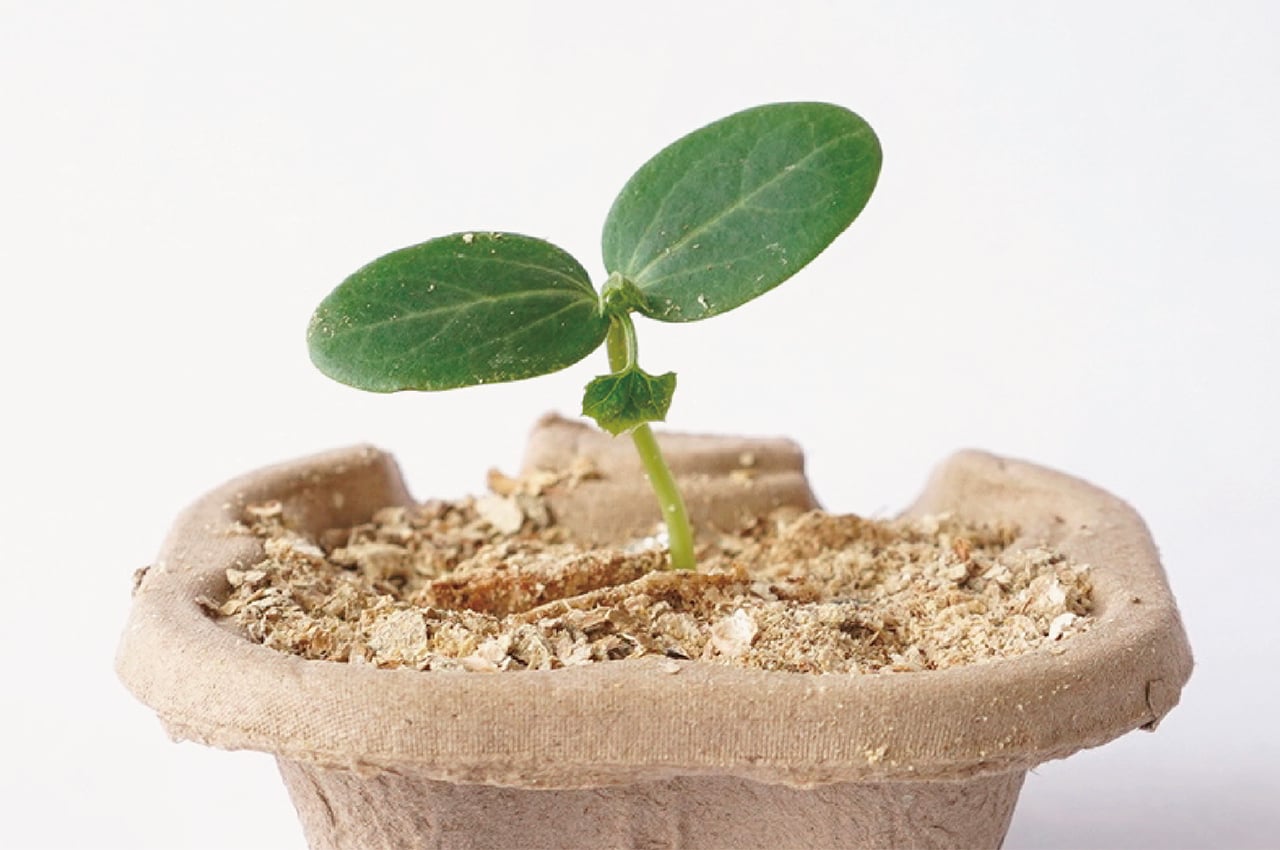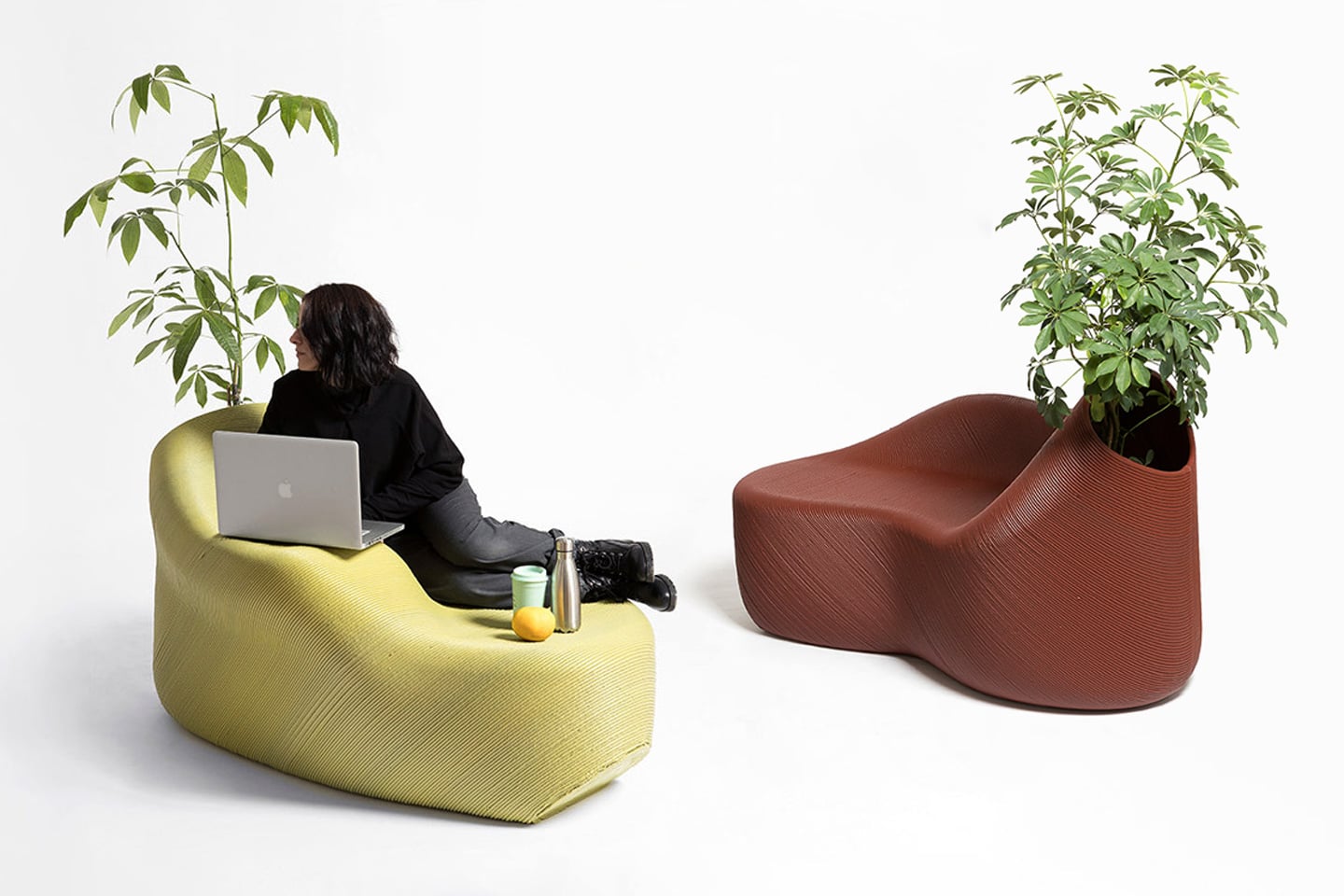
That detergent bottle you threw into recycling could someday turn into furniture instead of ending up in a landfill, if The New Raw had its way. The Netherlands-based studio is looking to turn Rubbish into Raw Materials, with its innovative material sorting system and its massive robotic 3D printers that effectively repurpose plastic waste into some of the most beautiful furniture ever. The Pots Plus, showcased here, absolutely reimagines what recycled plastic bottles are capable of. What was once a container for chemical detergents, soaps, or solvents, is now turned into an artistically fluid piece of furniture that welcomes humans and plants alike, with its amoeboid design that’s a cross between a chaise lounge and a large planter!
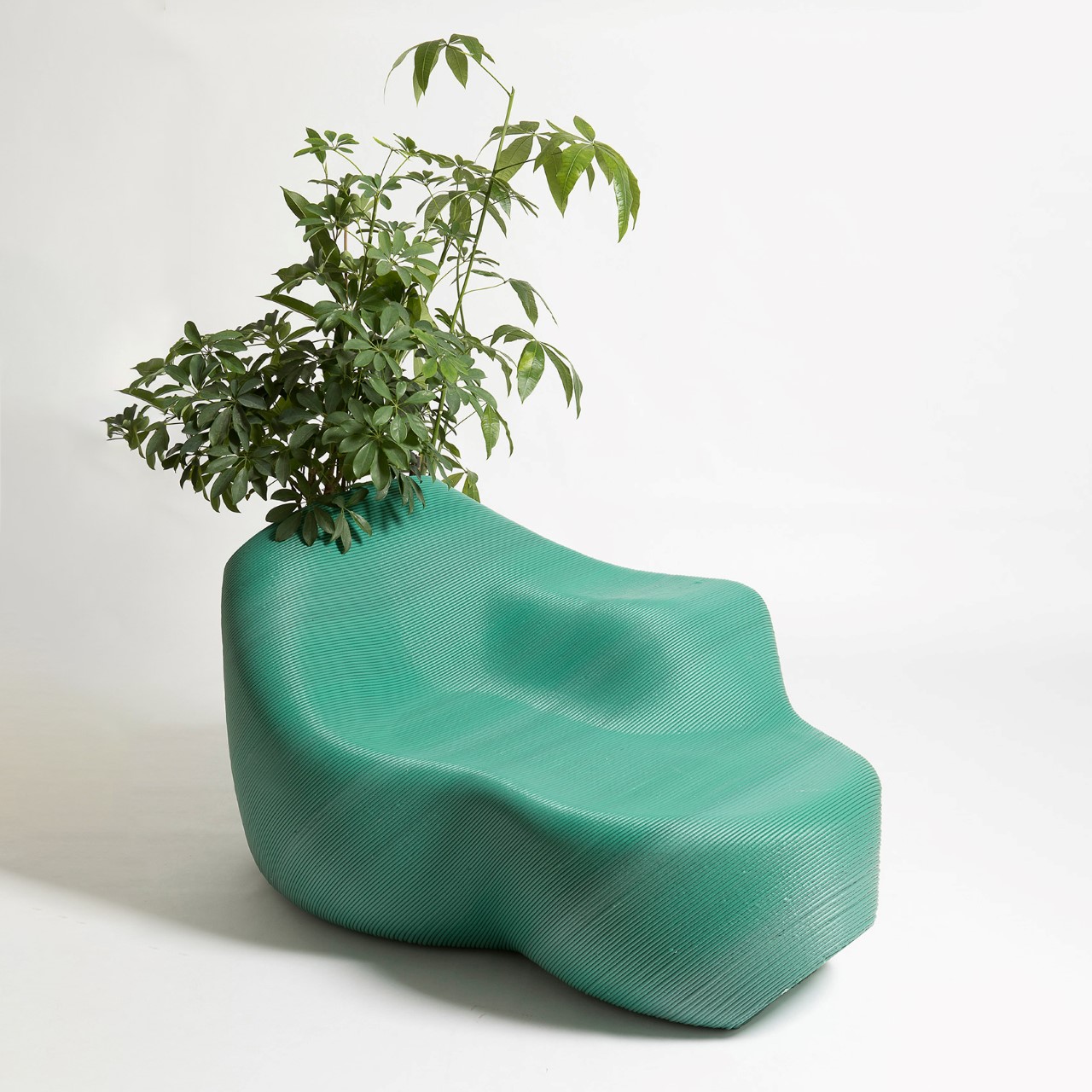
The transformation isn’t just a material one, it’s a philosophical one too. Mass-produced chemical-holding shampoo/detergent bottles, a perfect example of capitalistic use-and-throw culture, are turned into street furniture that welcomes humans and plants, and is designed to actually help the public as well as the environment. This design process relies on an extremely complex material processing system that The New Raw has perfected in their Rotterdam-based studio. Founded in 2015 by architects Panos Sakkas and Foteini Setaki, the studio aims at giving new life to discarded materials through design, robots, and craftsmanship. In every way, it’s the antithesis of consumerism. The benches aren’t mass-produced, but are painstakingly crafted one by one. They’re designed using recycled materials, are made for the welfare of public, and most importantly, they’re designed to last.
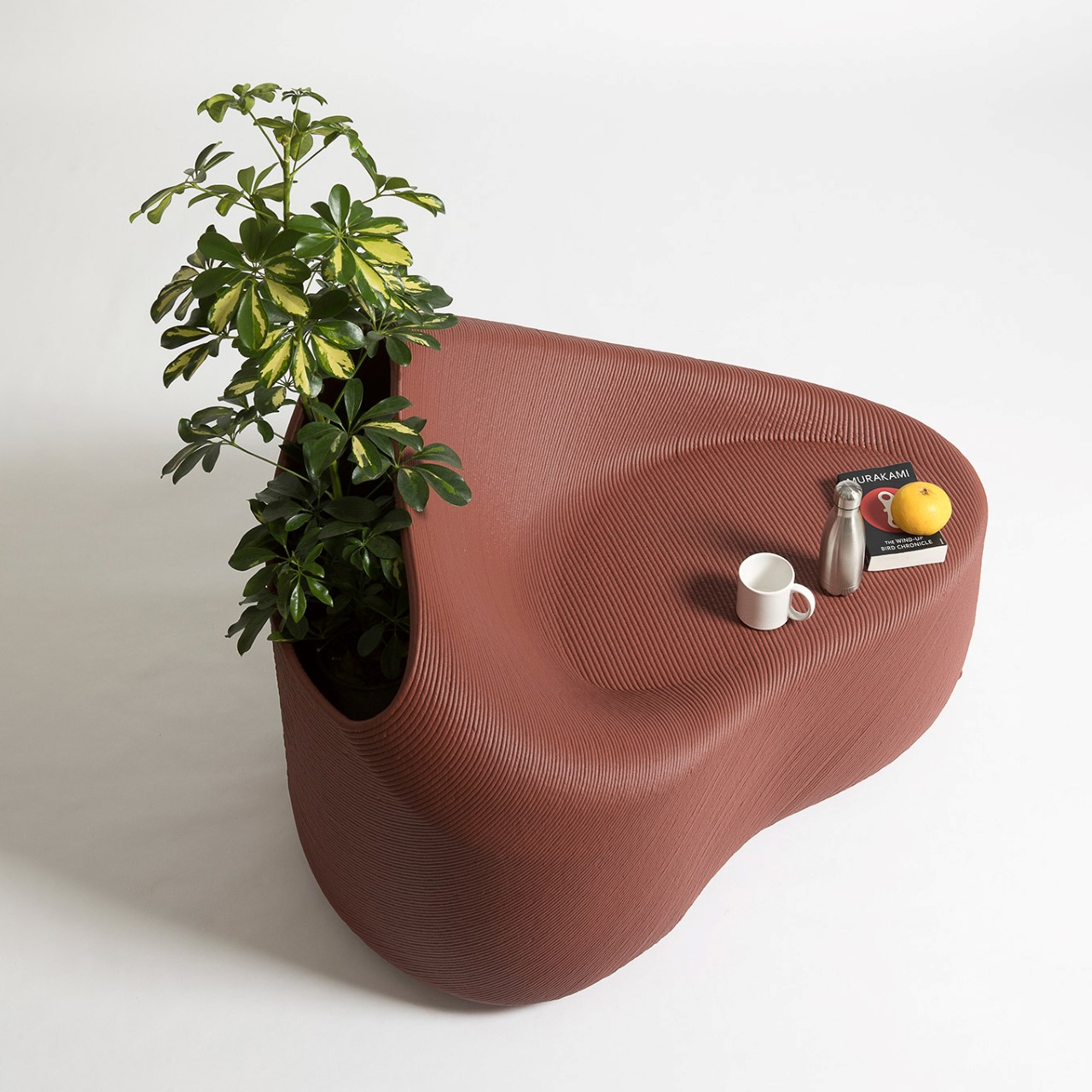
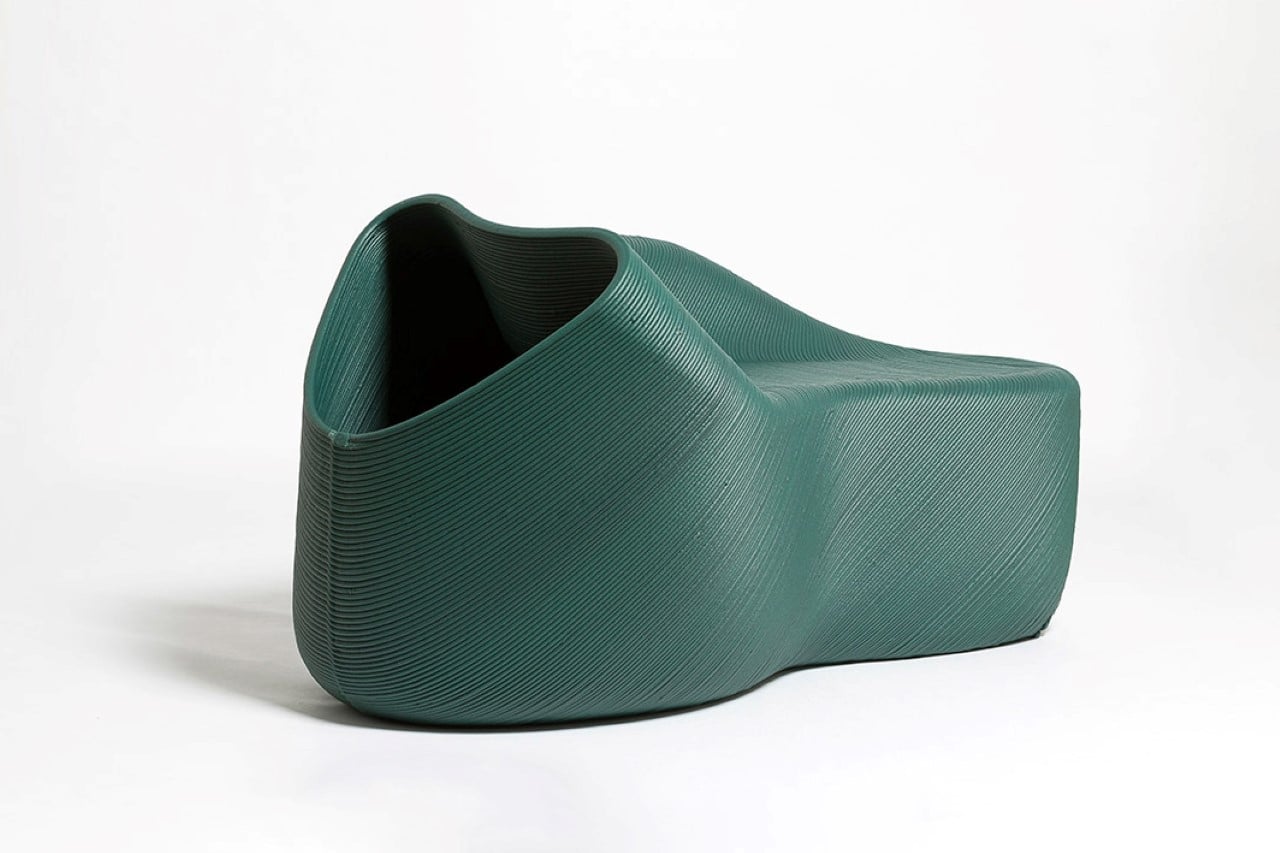
The benches come in a variety of organic shapes, designed around human contours and proportions. Designed to accommodate human bodies in relaxed positions, the Pots Plus create novel working and recreational spaces, replacing the benches found in public spaces. Designed for lobbies, libraries, airports, and a host of other spaces that see people resting, waiting, and working, the benches have enough space for humans as well as their belongings, like their small bags, laptops, tablets,books, coffee cups, etc.
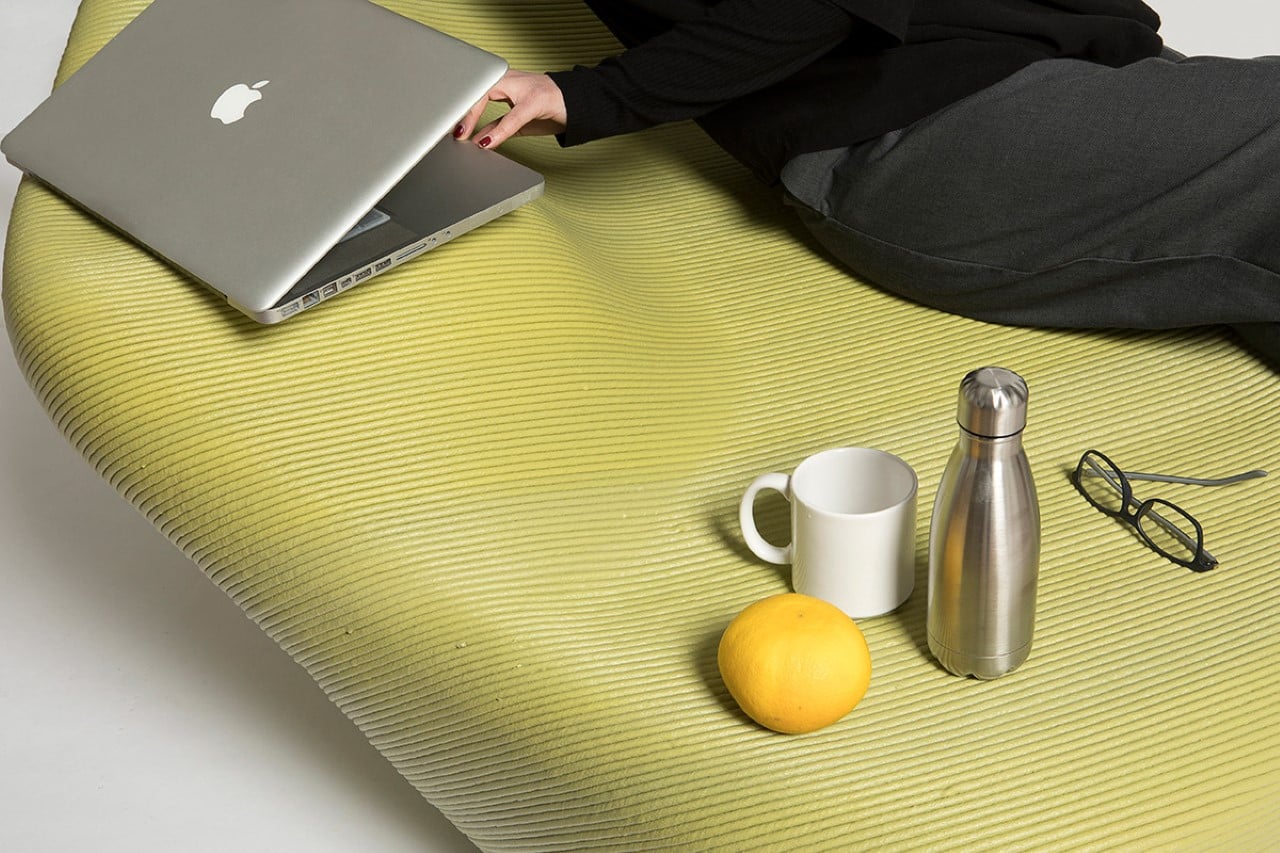
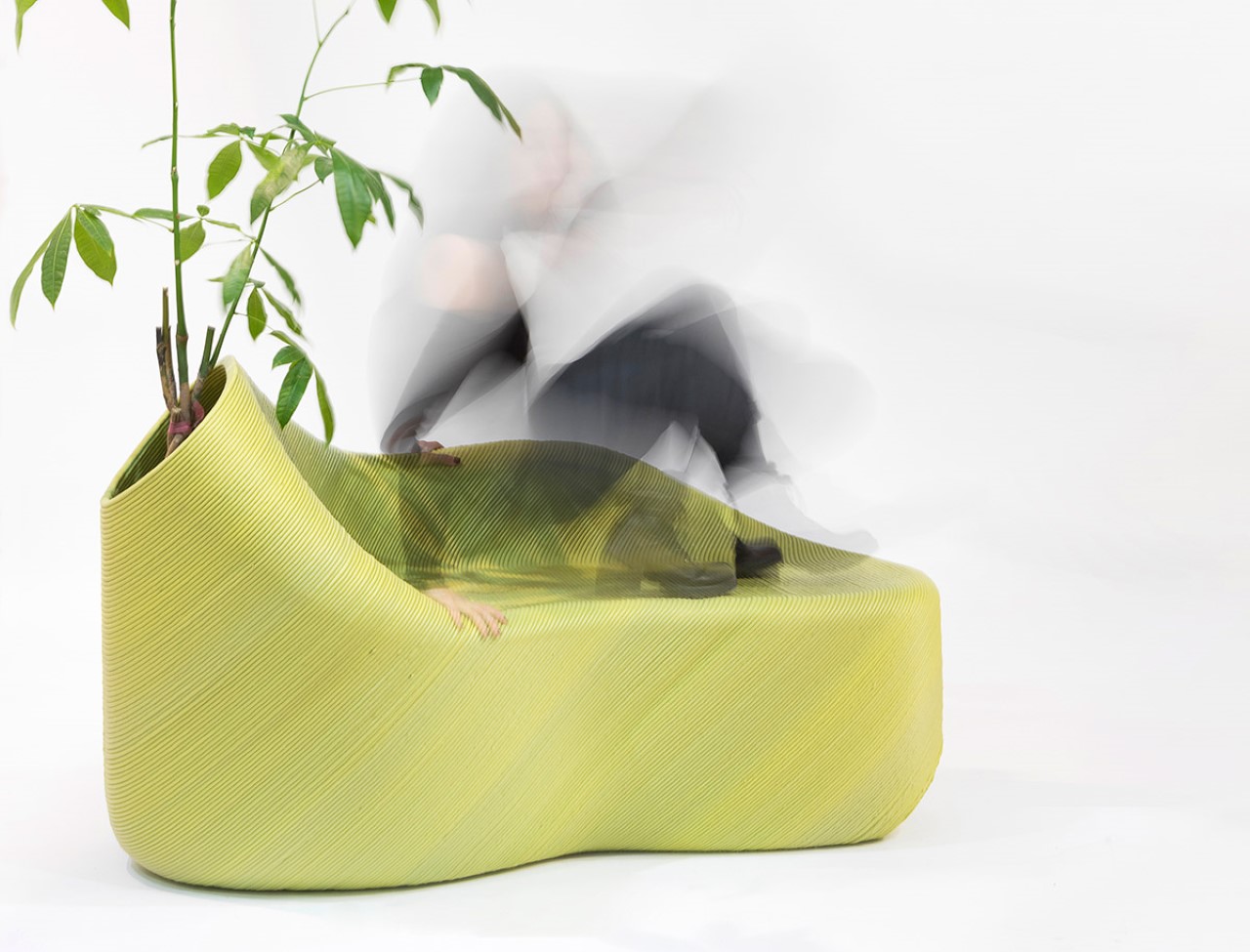
What’s fascinating about the Pots Plus (and all of The New Raw’s work), is its sheer scale. The 3D printing robots they use aren’t your run-of-the-mill desktop or even industrial printers. They’re developed in-house by The New Raw to suit their larger-than-life needs, and the results look nothing short of stunning as if they were rotationally molded. The furniture, however, comes covered with a set of horizontal ‘stepped’ lines, a textural detail that’s common with all 3D printed objects. Instead of removing the texture using sandpapers, primers, heat-guns, etc., The New Raw celebrates those lines as a way of showing off how capable their massive 3D printing robots are.
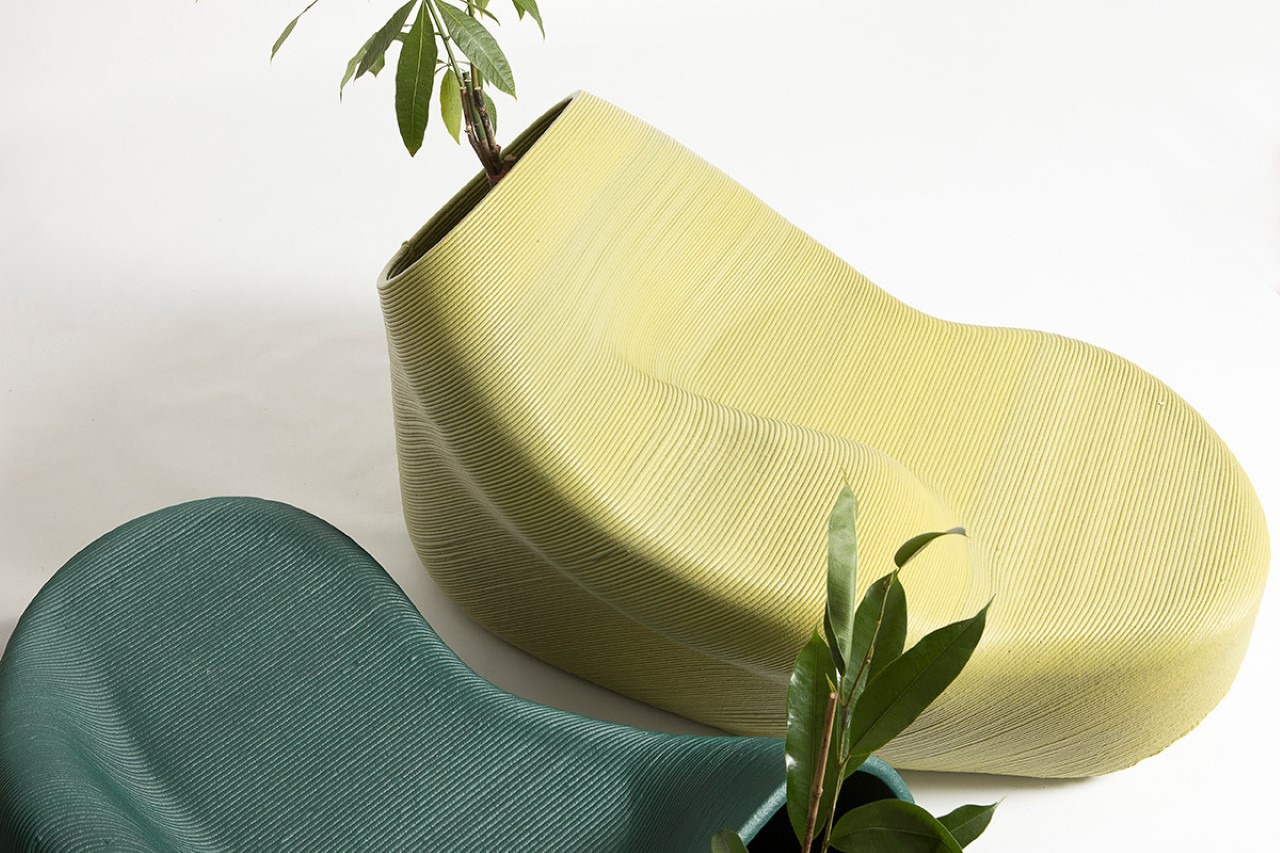
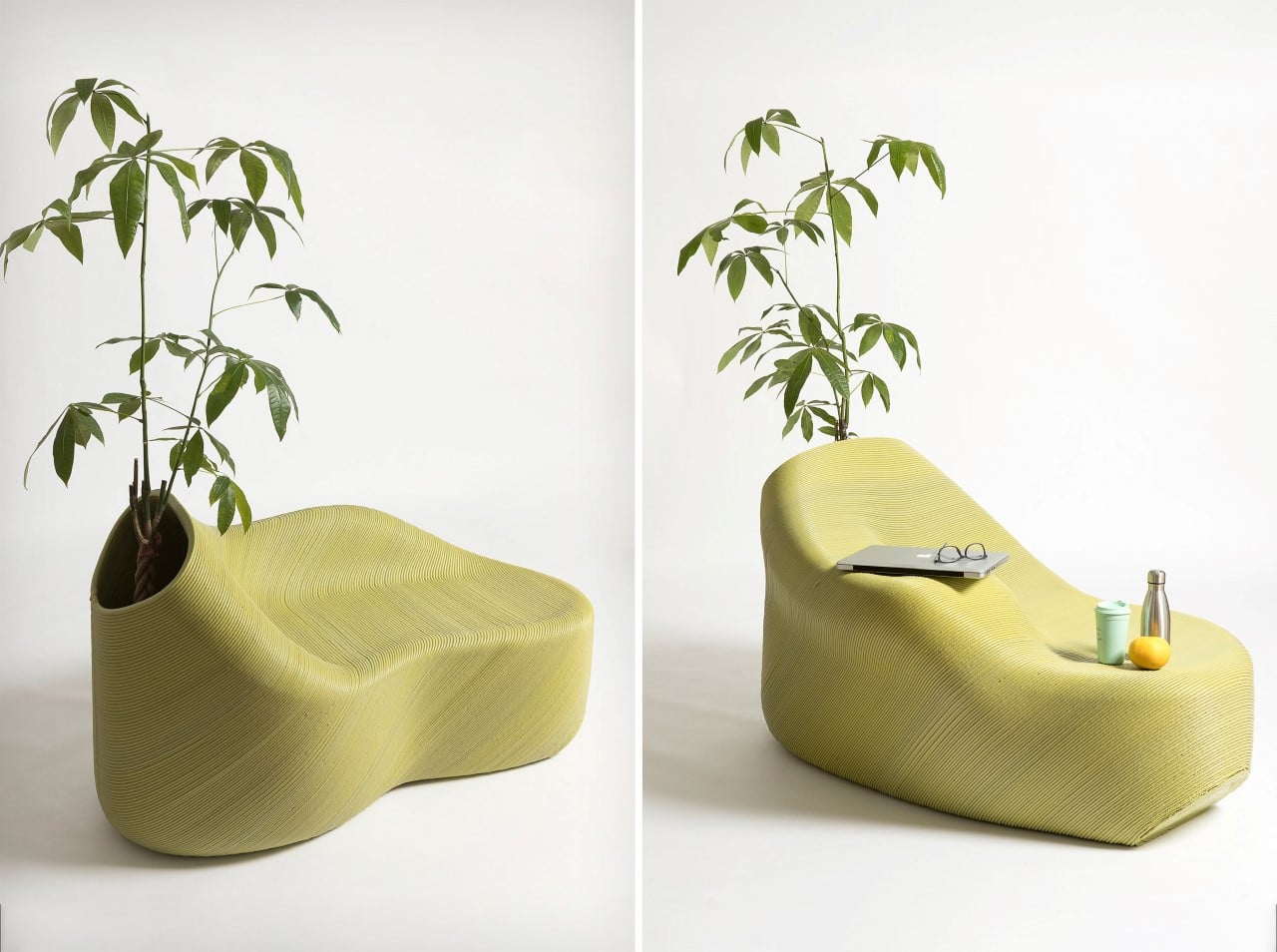
On one side of the Pots Plus is a large opening to add a planter, which gives the furniture a vibrant pop of green, and reinforces its earth-friendly approach. Each bench then becomes a place not just for humans to rest, but for plants to grow too, turning common public furniture into a spot of fresh greenery that’s conveniently located to provide a canopy of shade while someone rests on the bench too!
Designers: Panos Sakkas and Foteini Setaki (The New Raw)
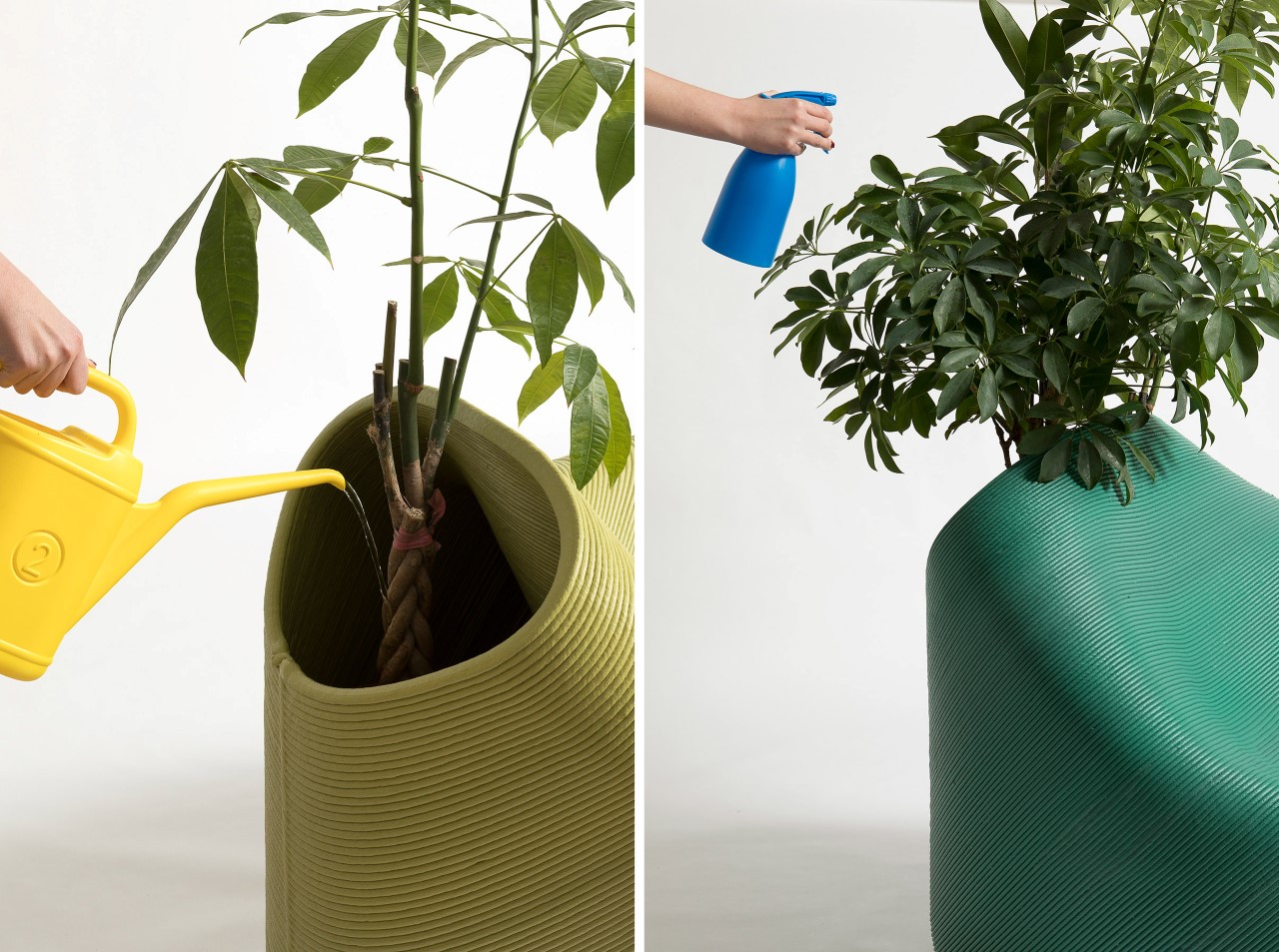
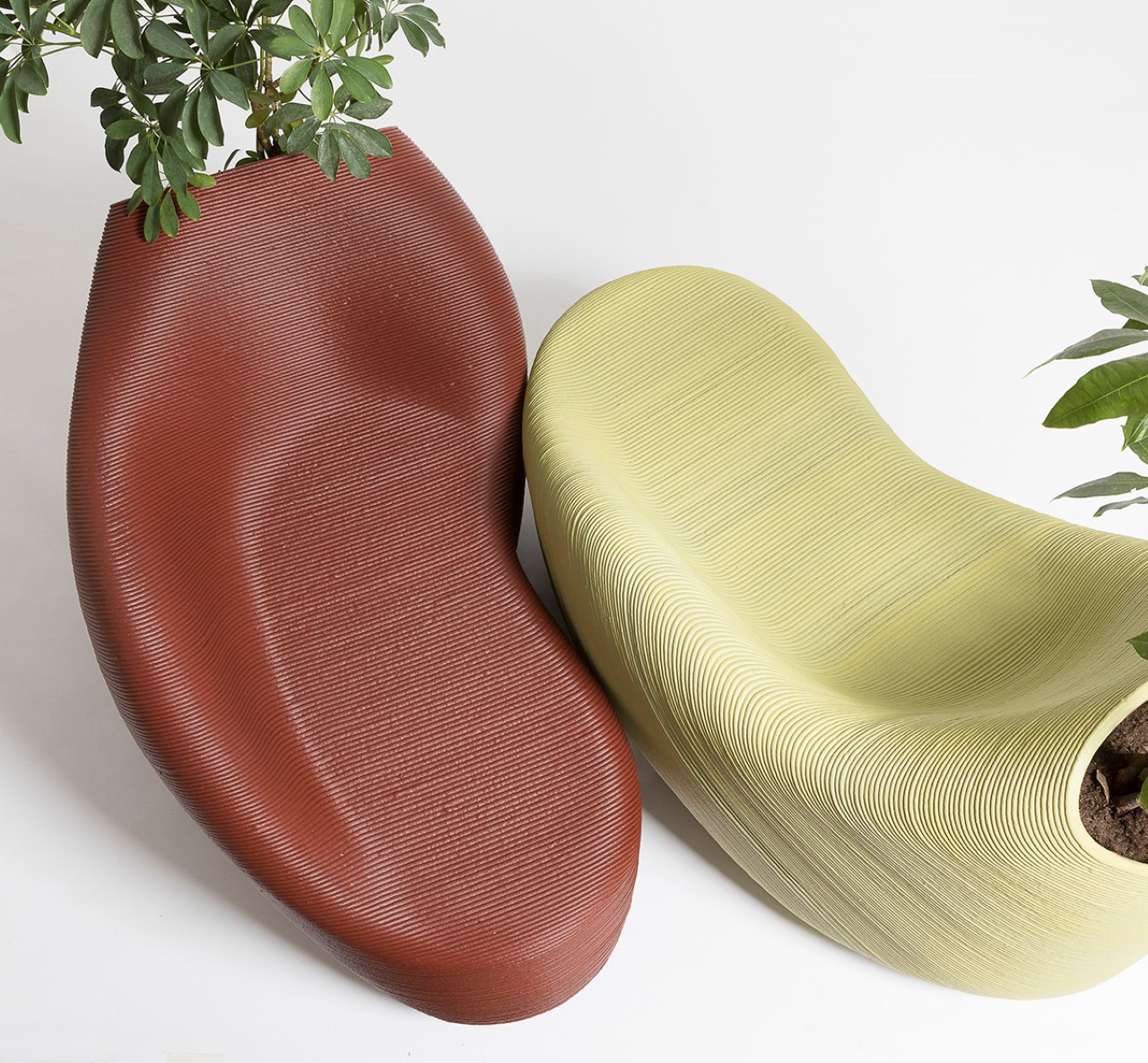
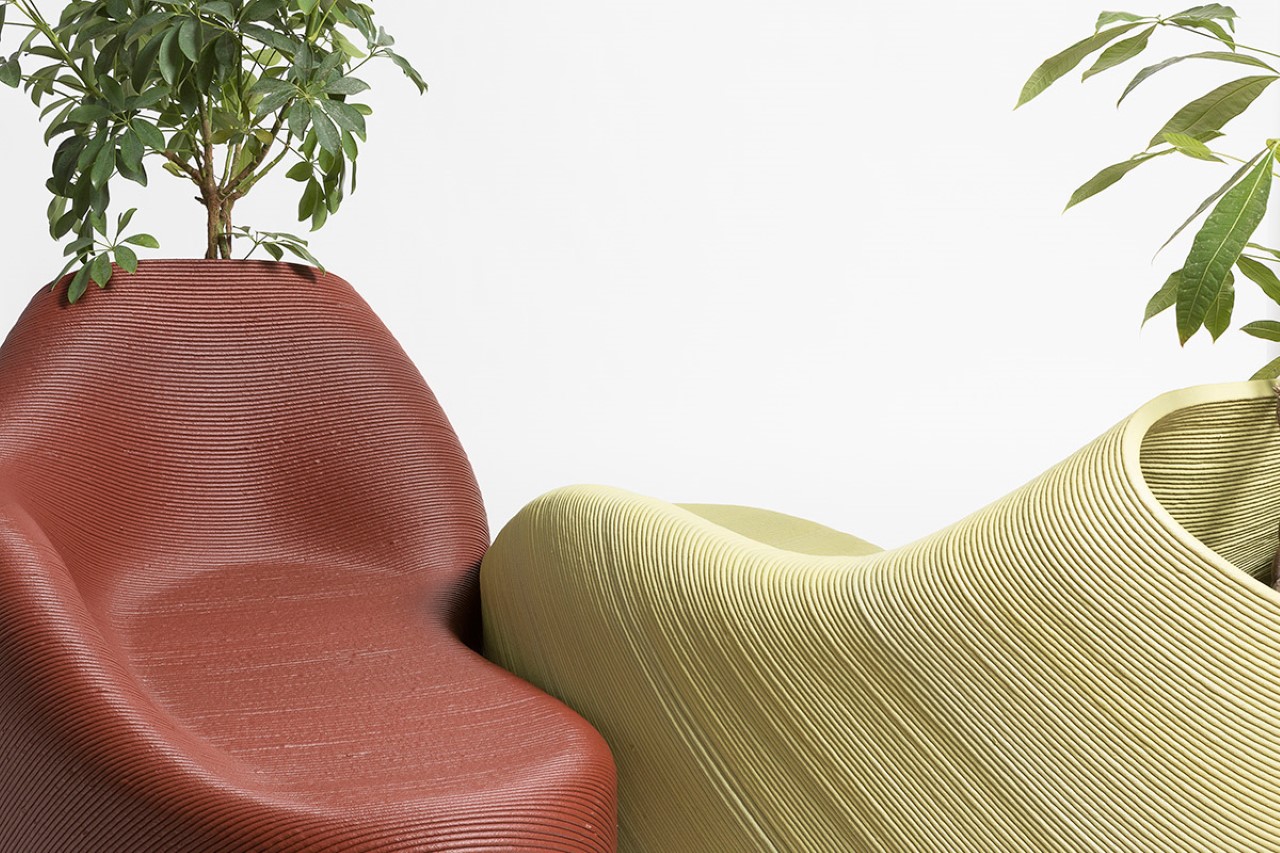
The post These designers are using 3D-printing robots to turn the city’s plastic waste into beautiful public furniture first appeared on Yanko Design.
